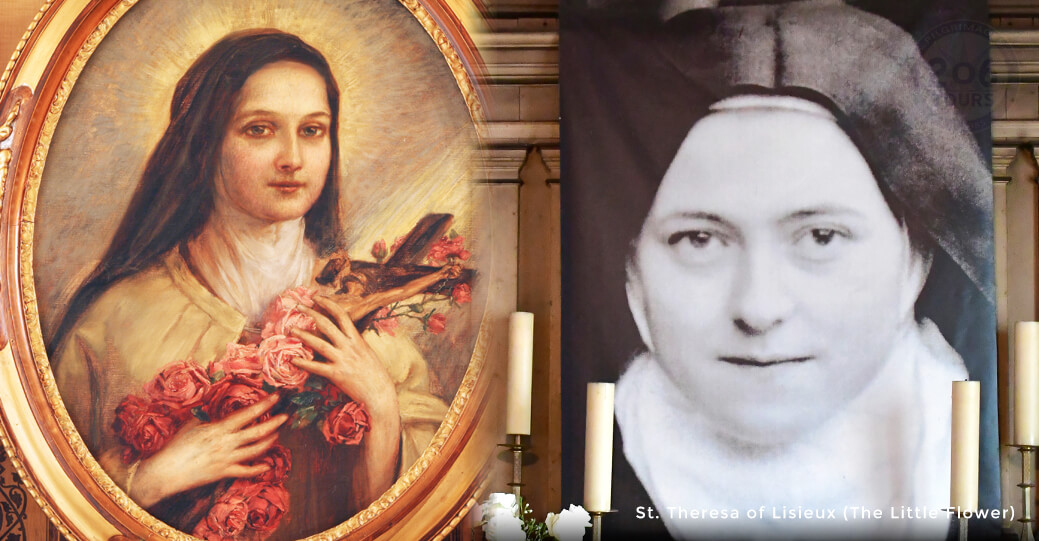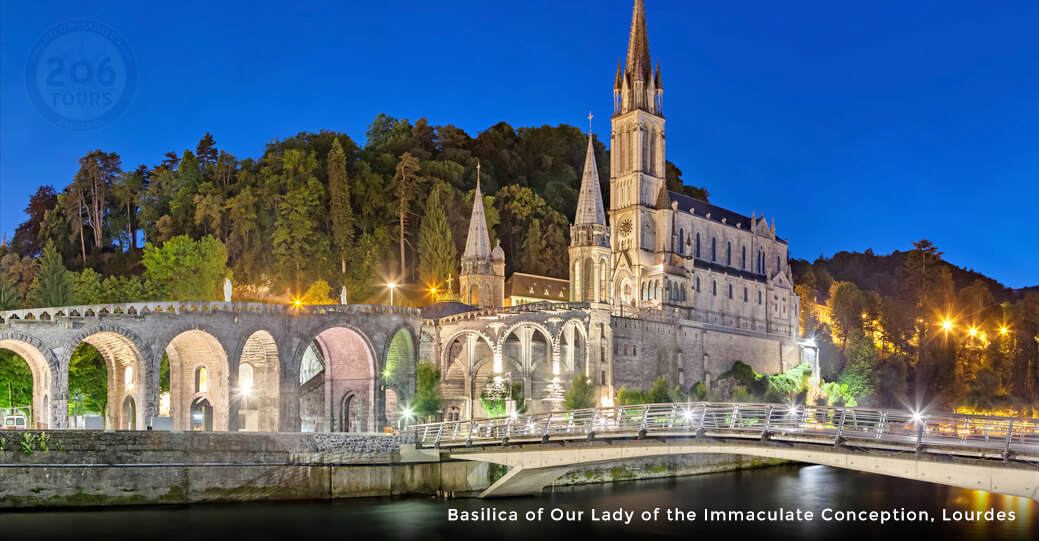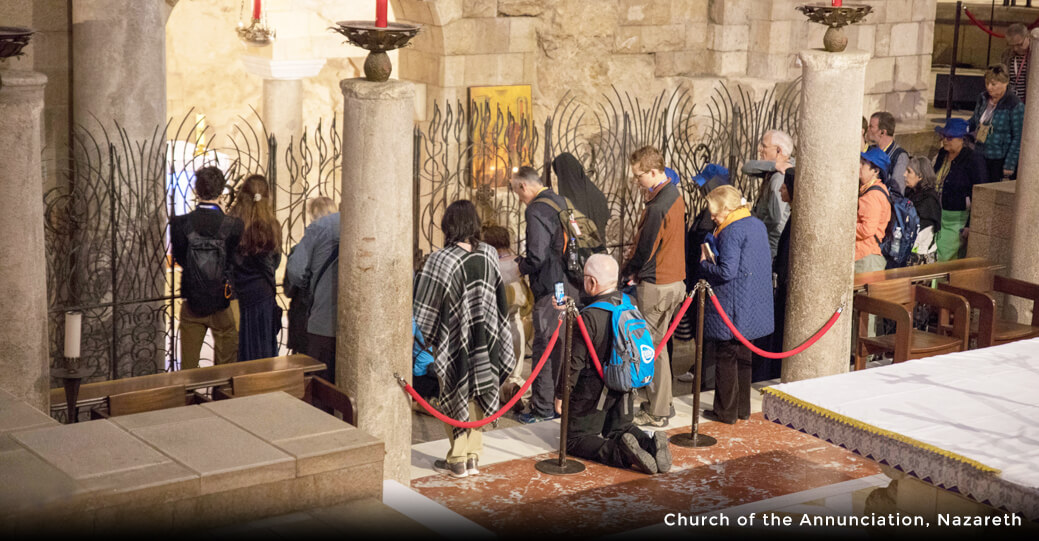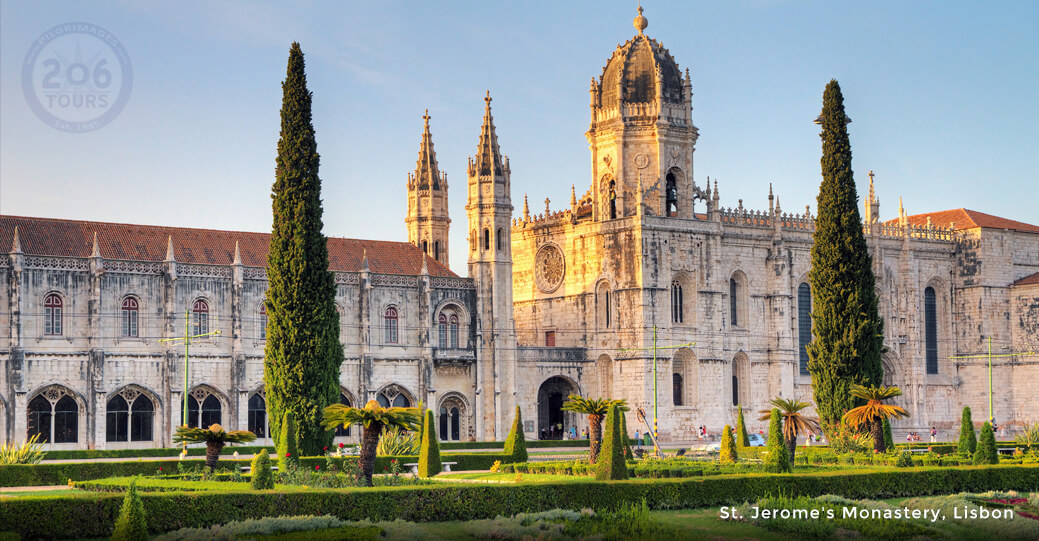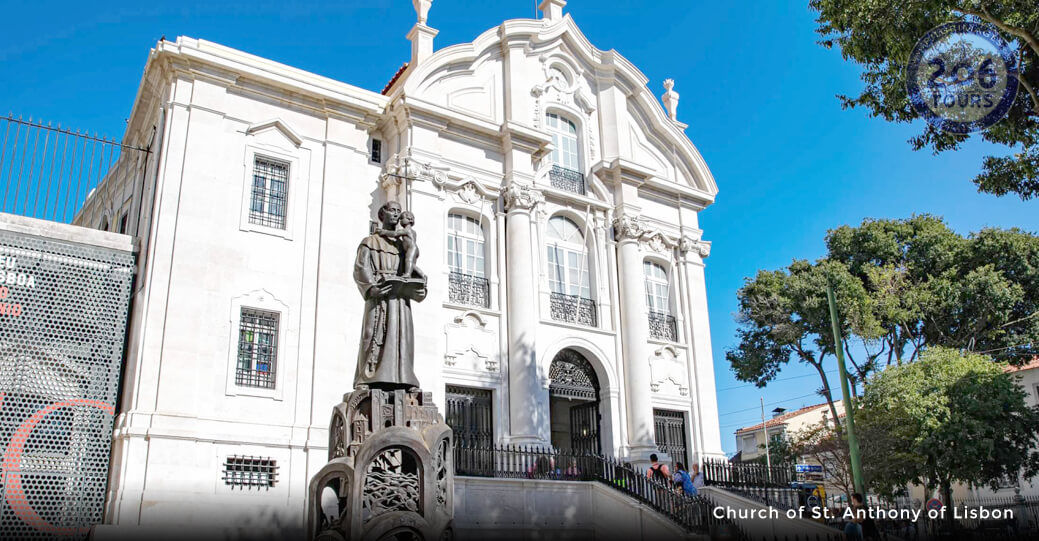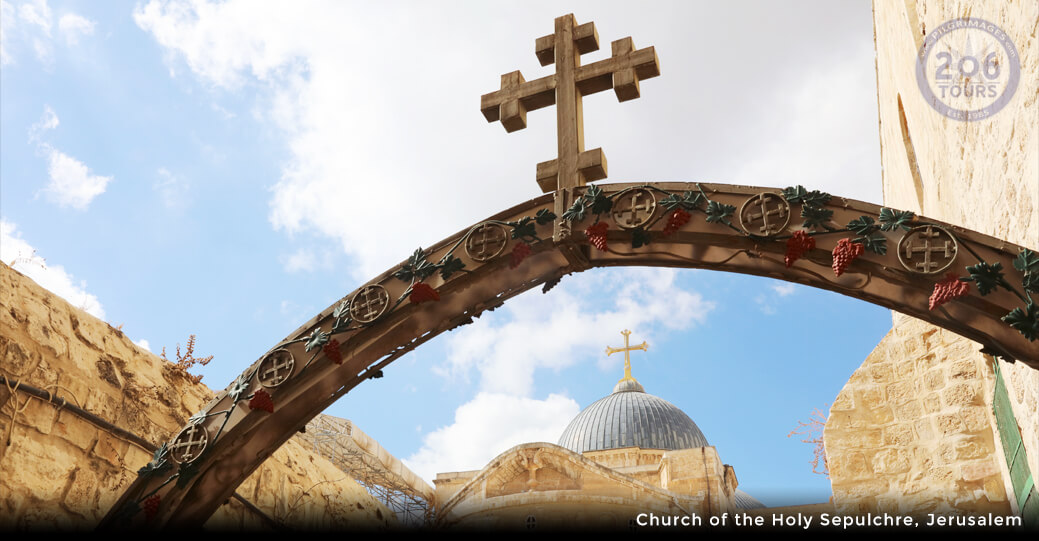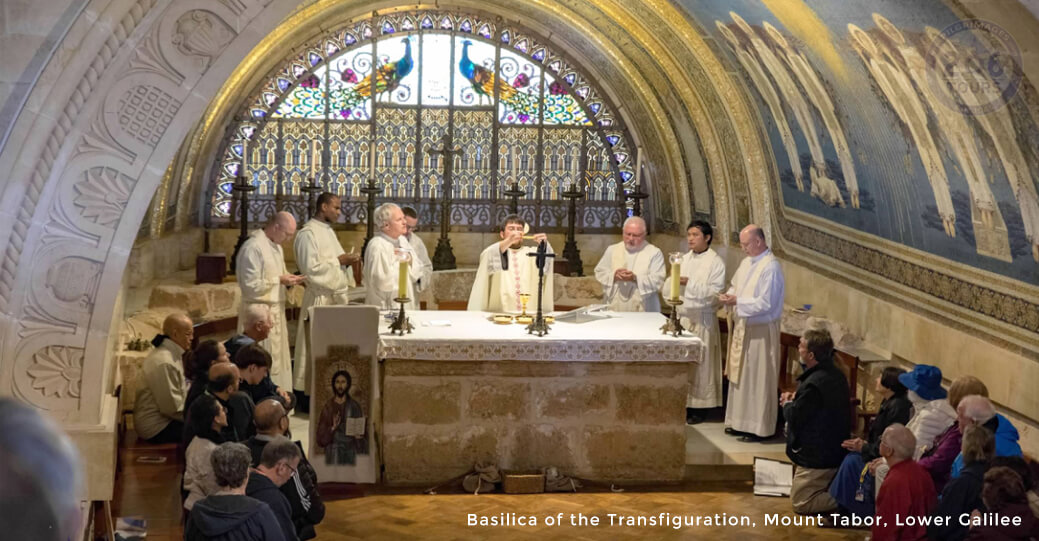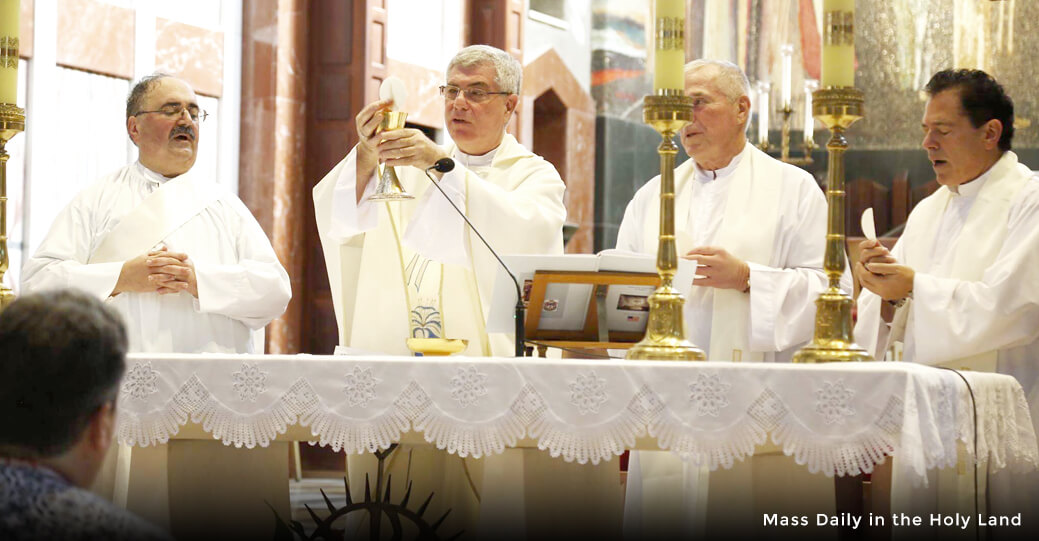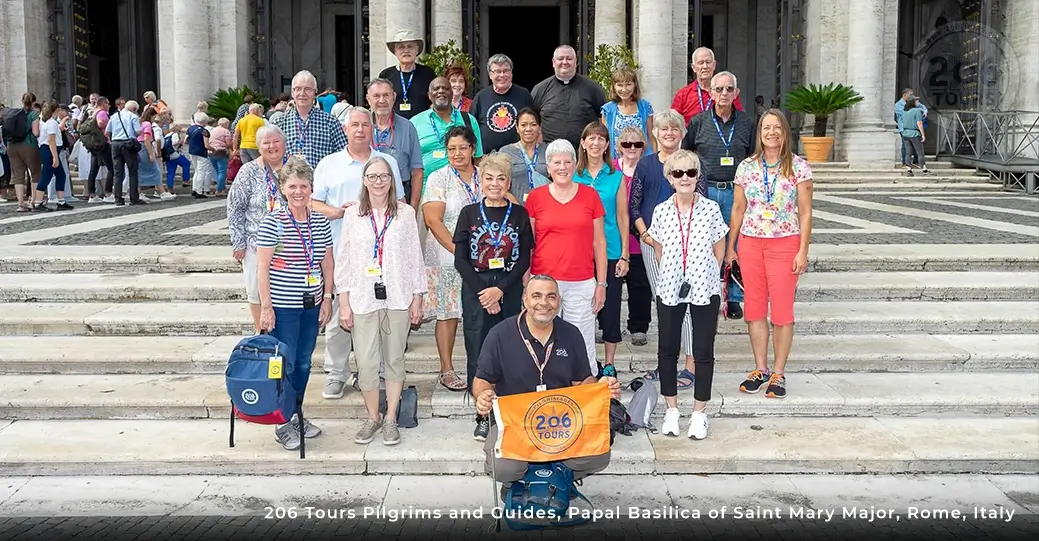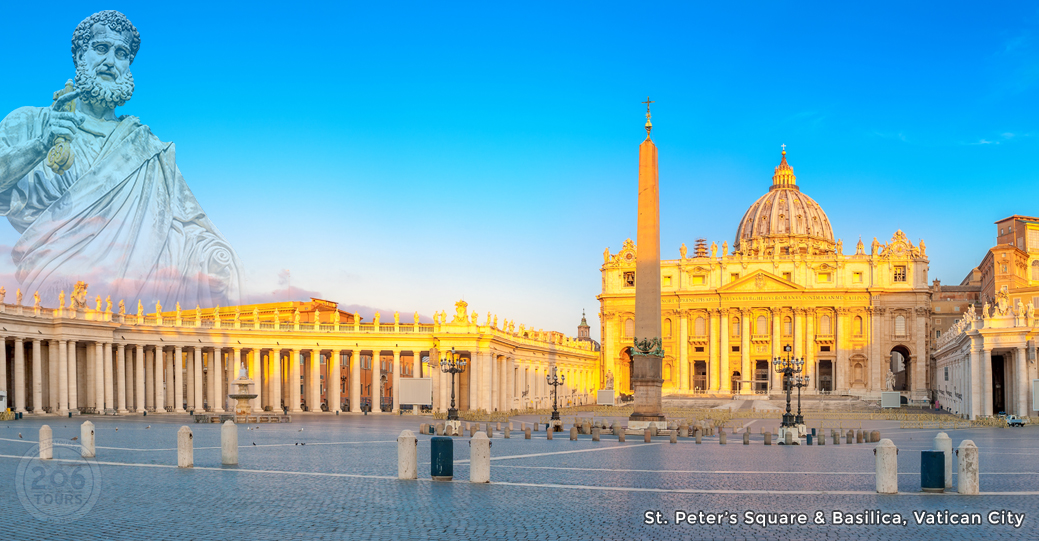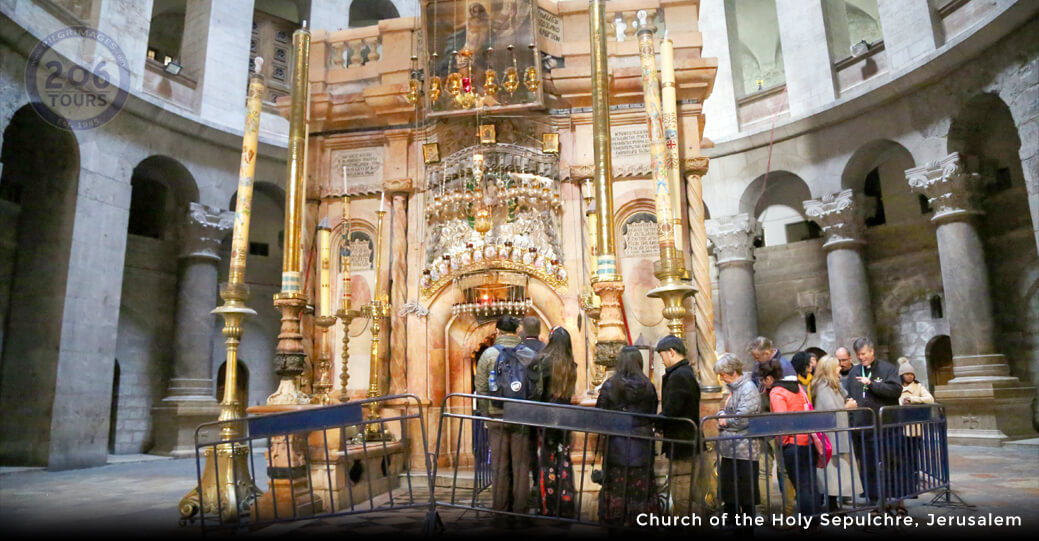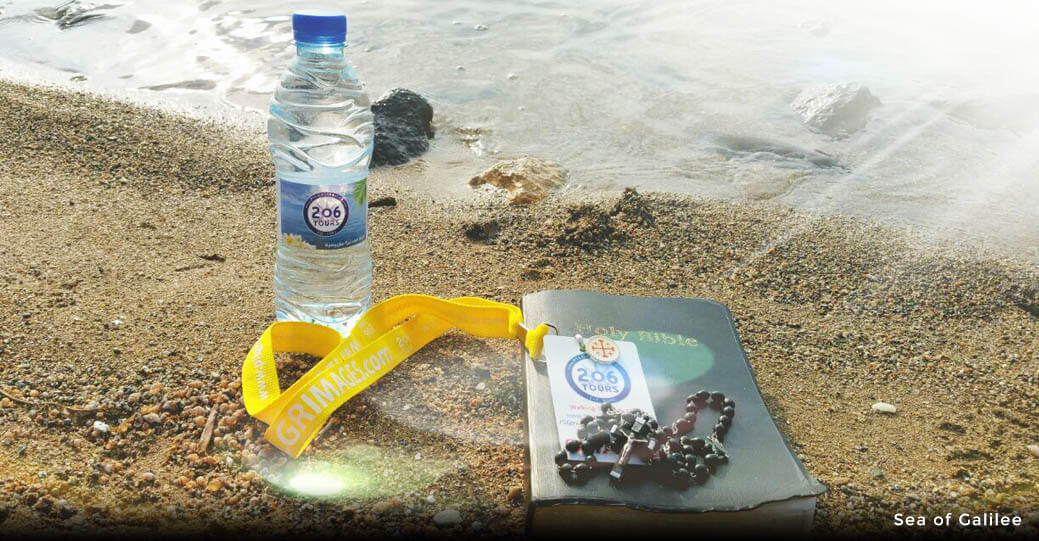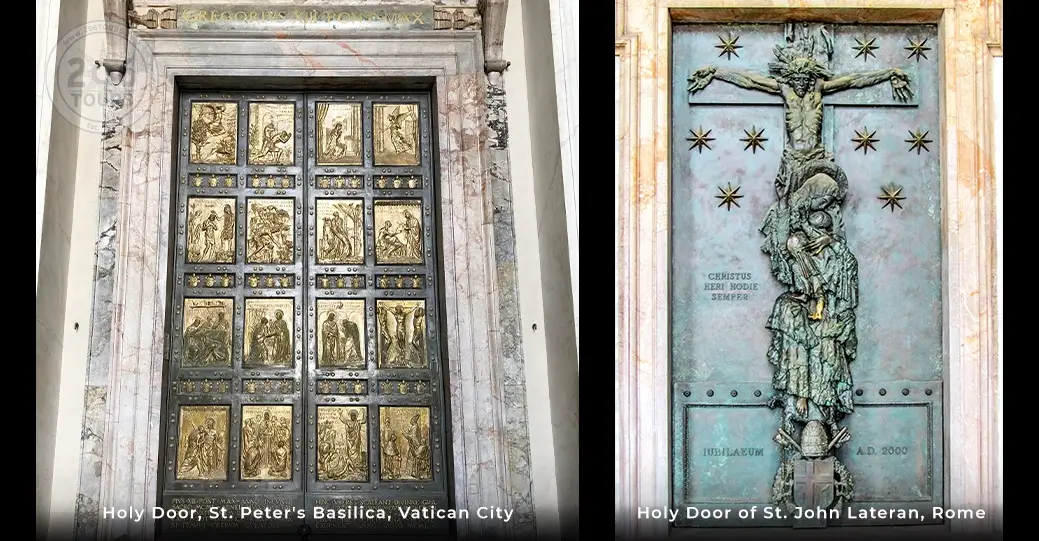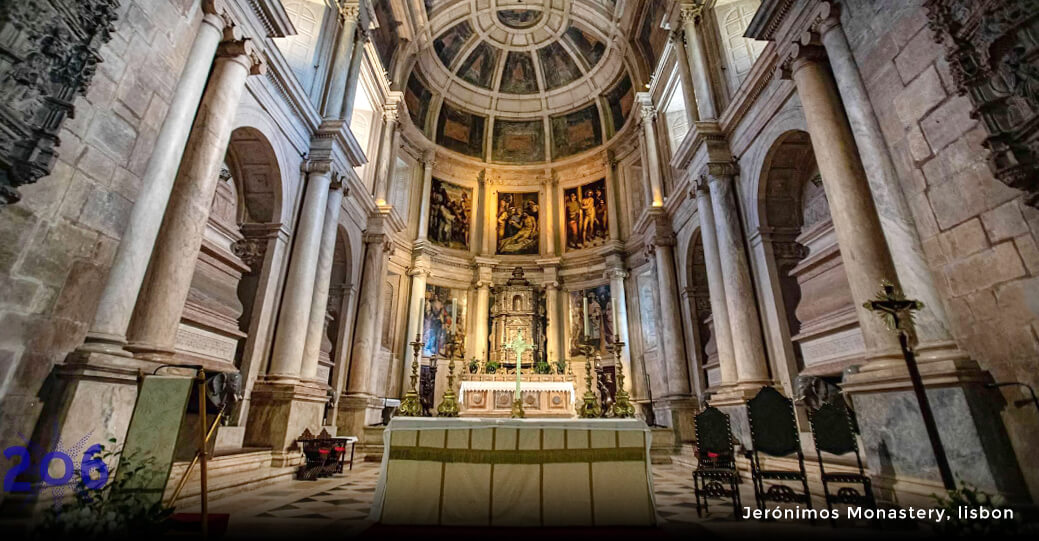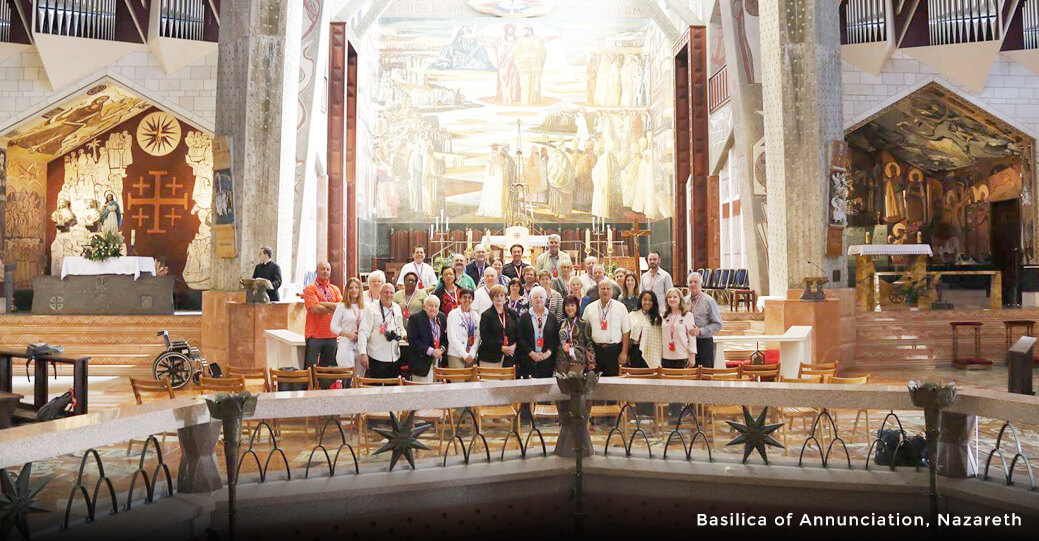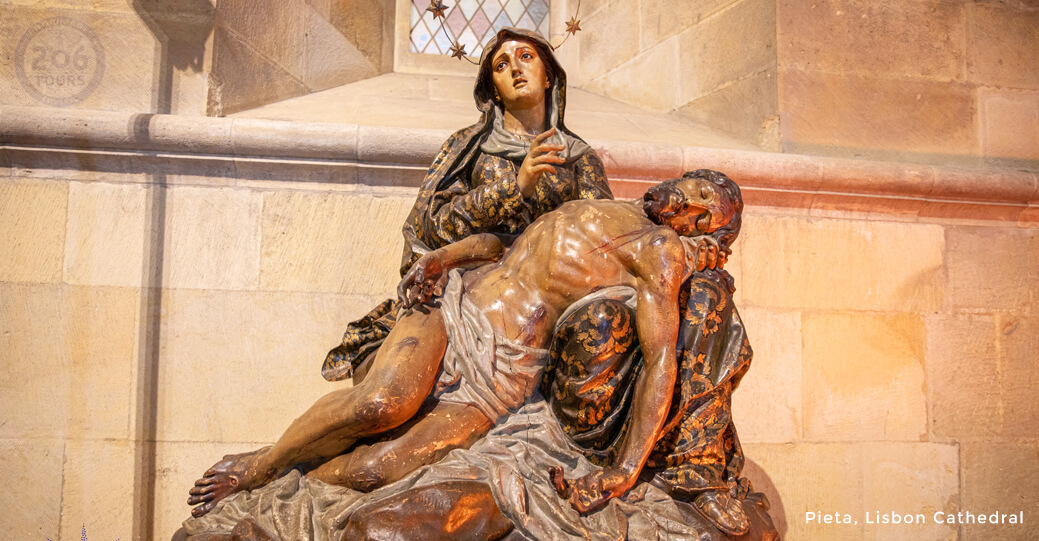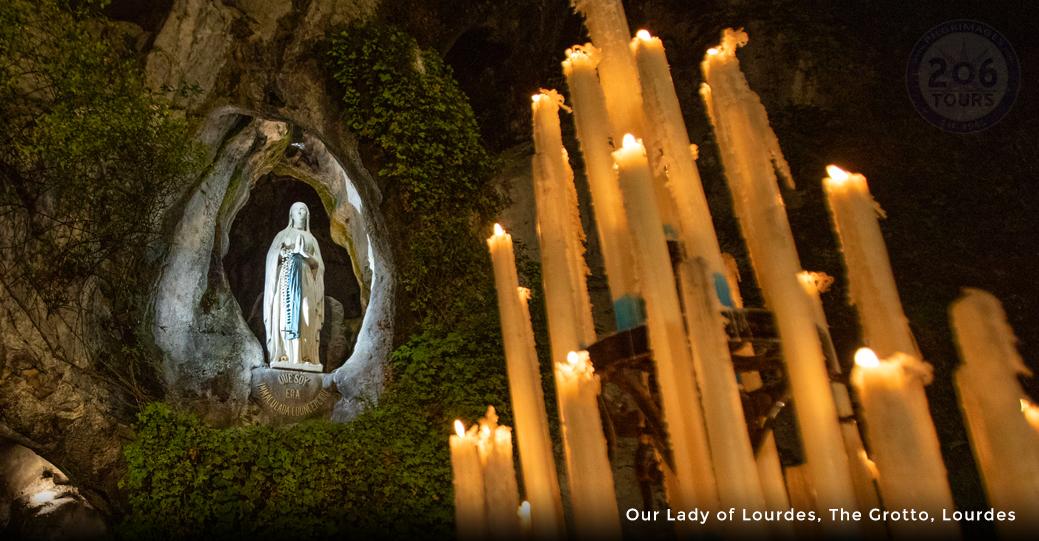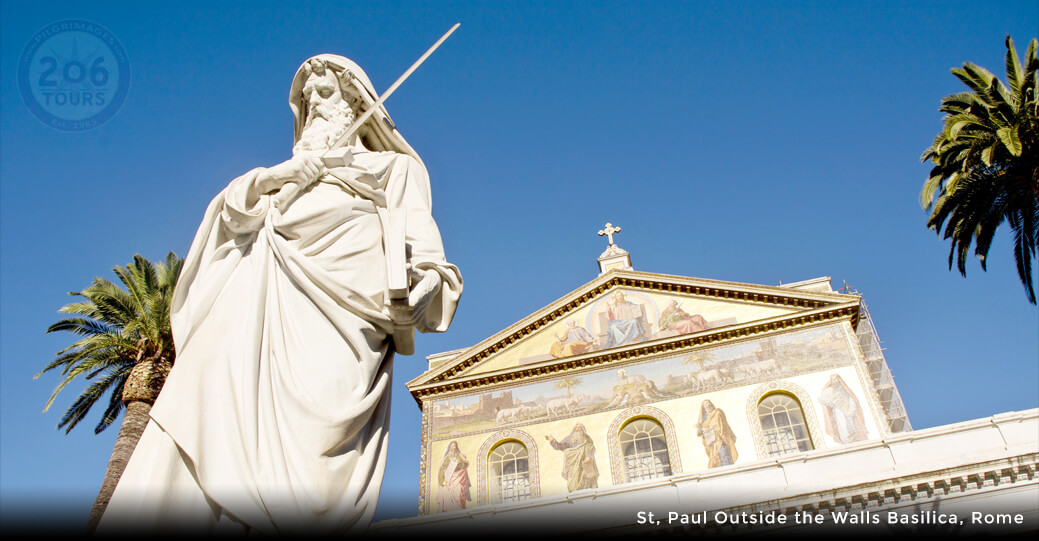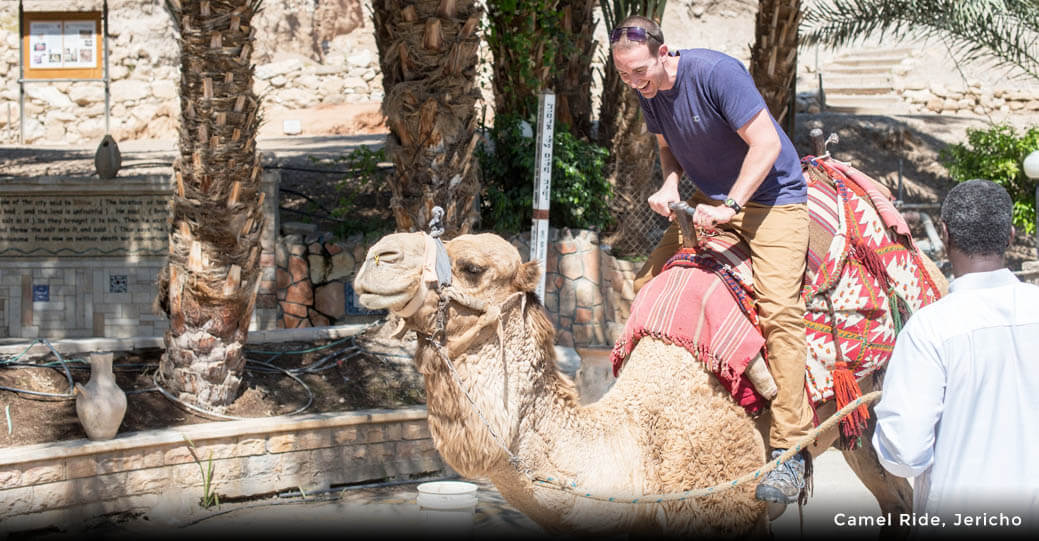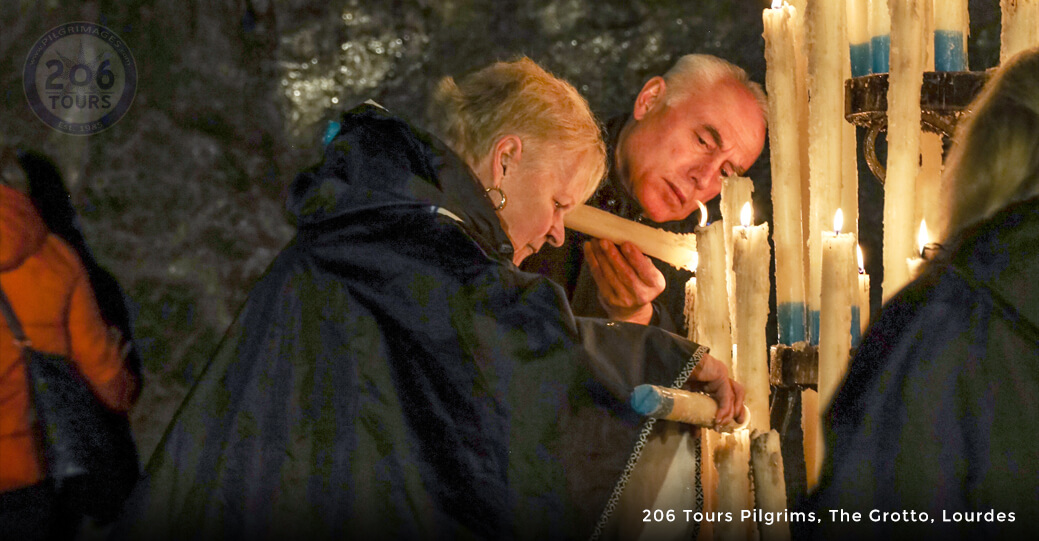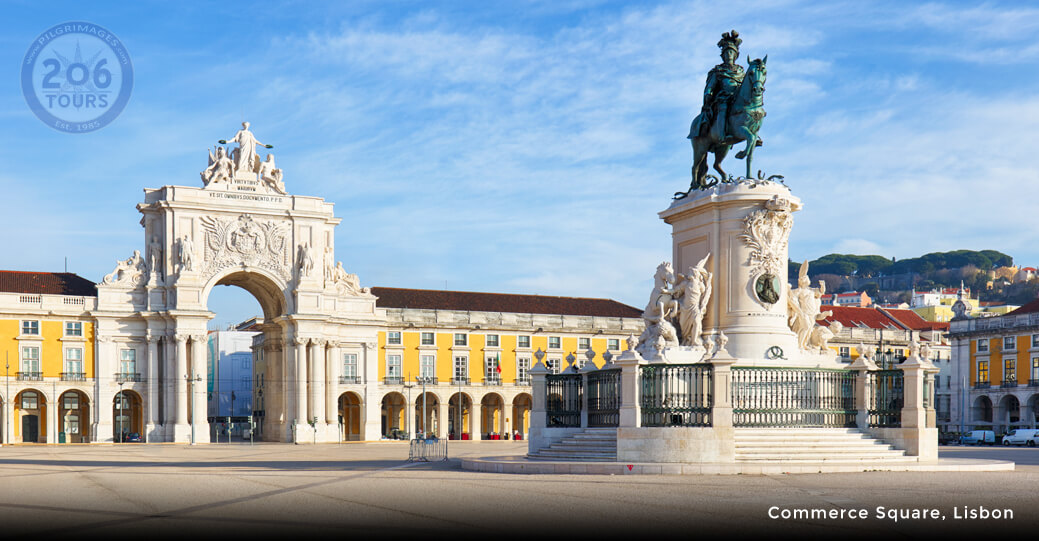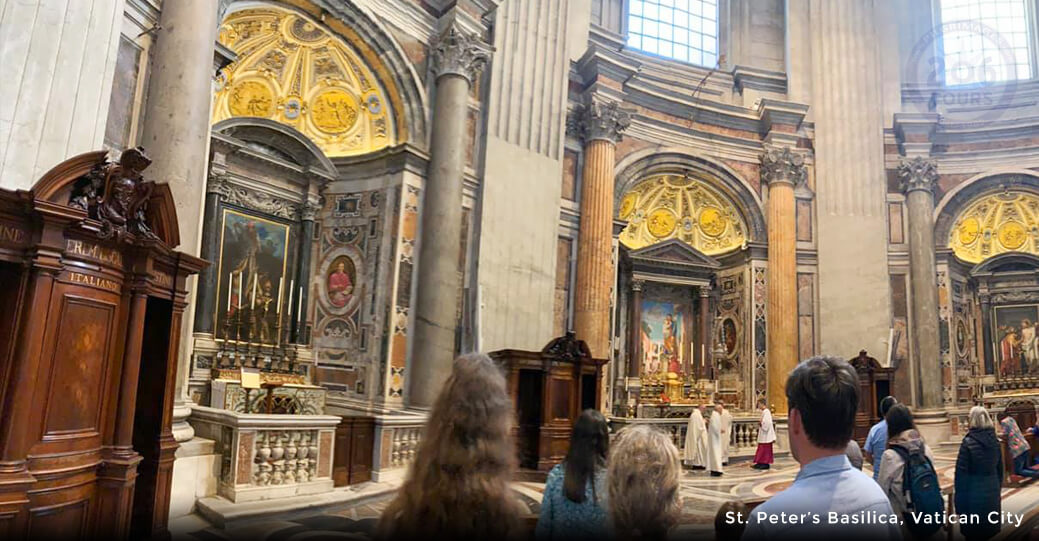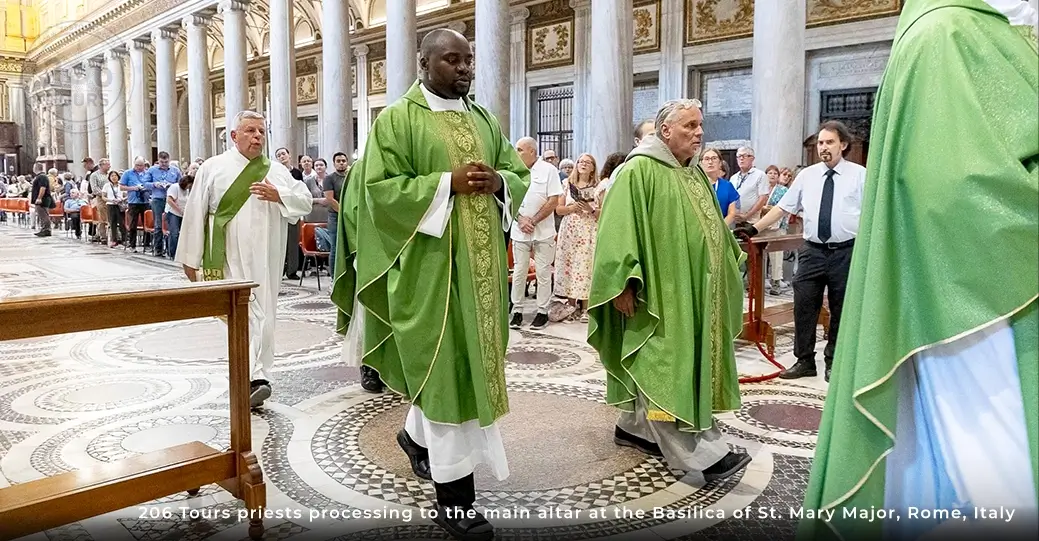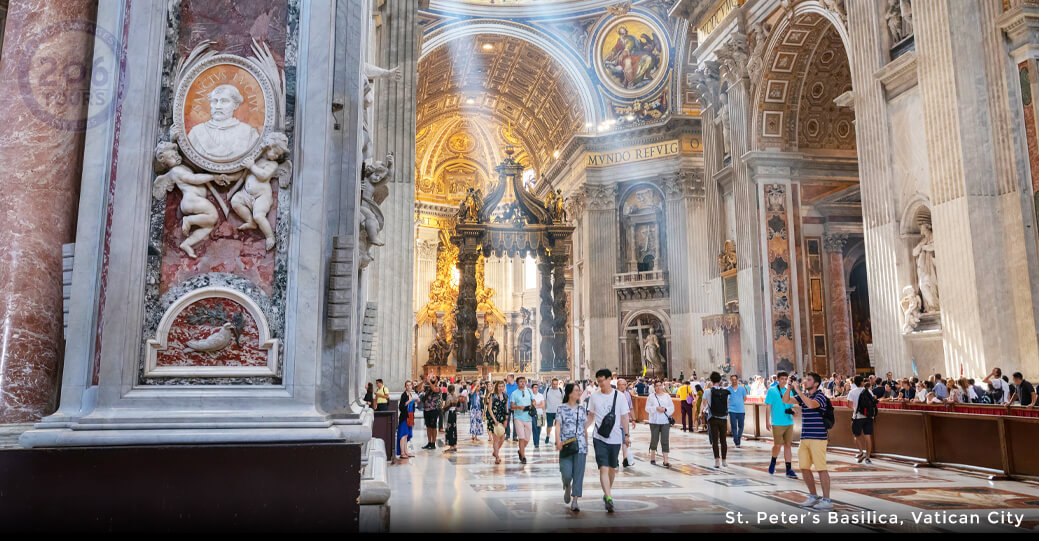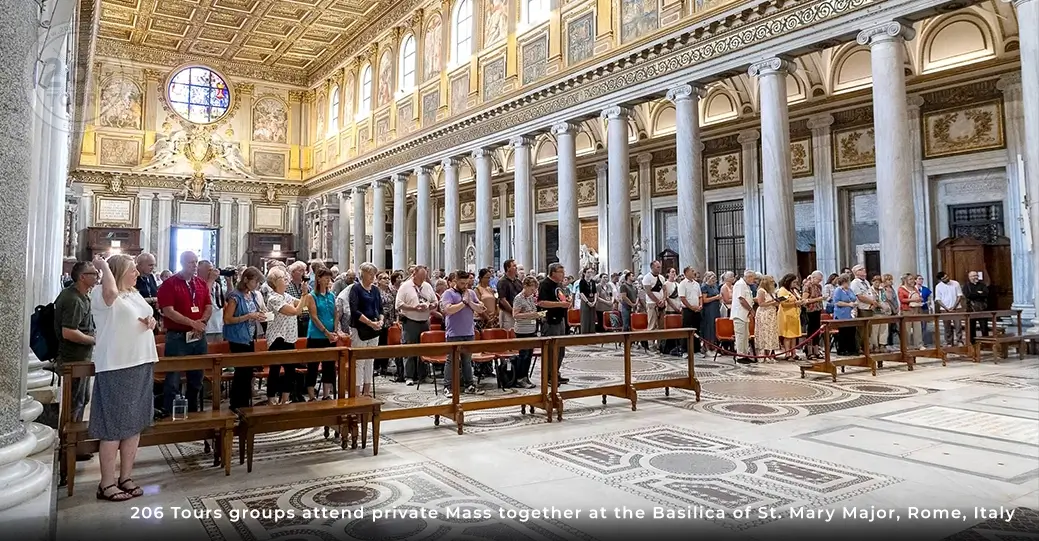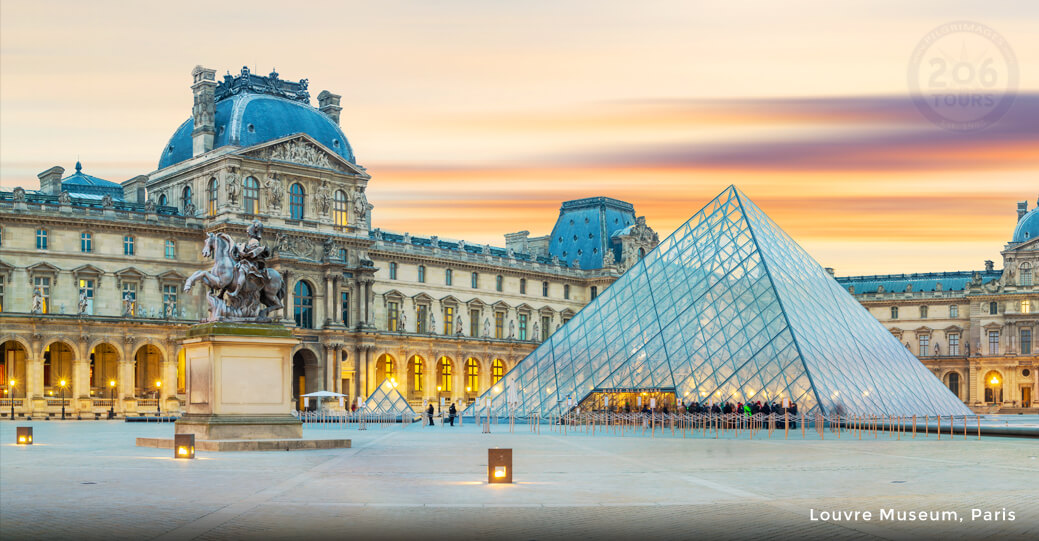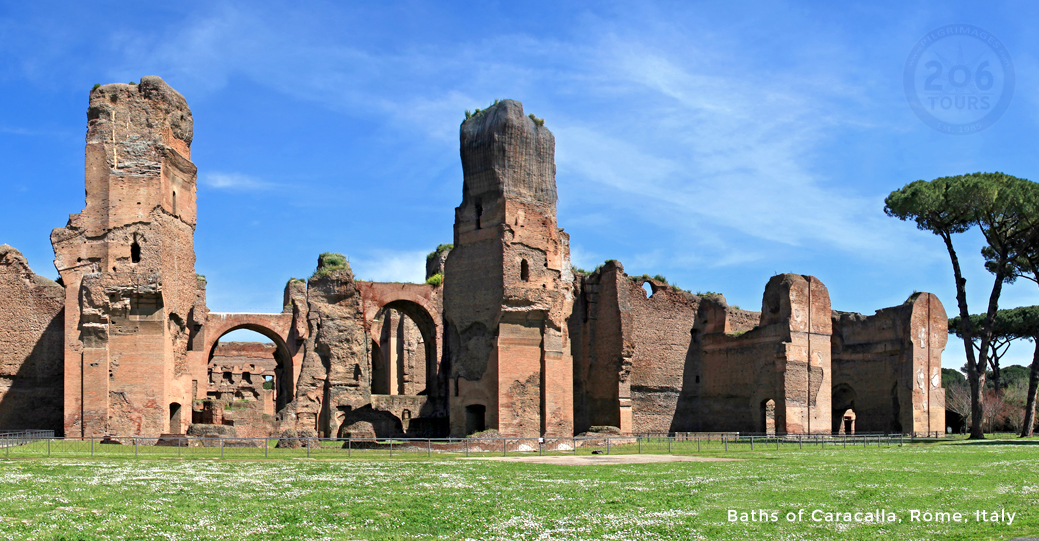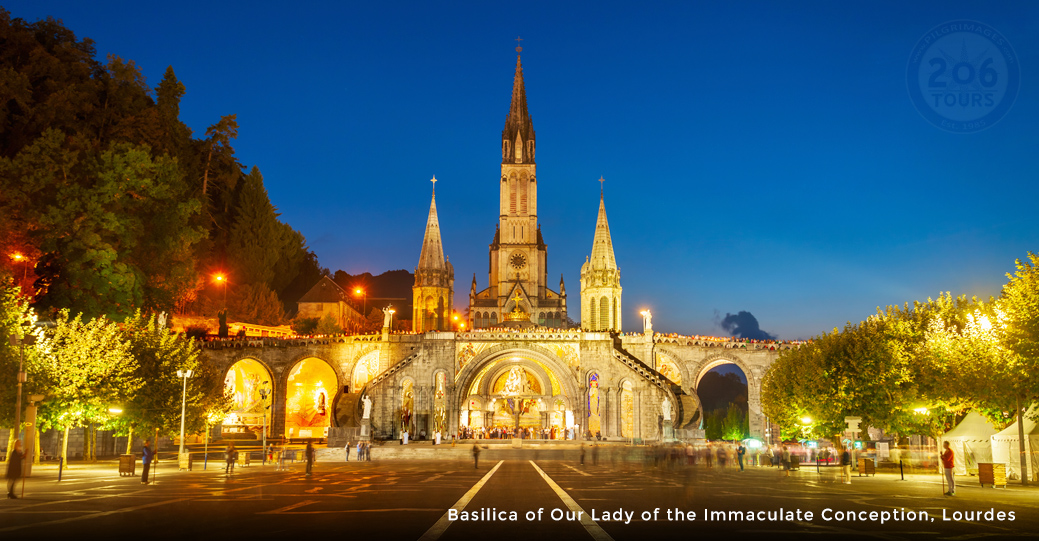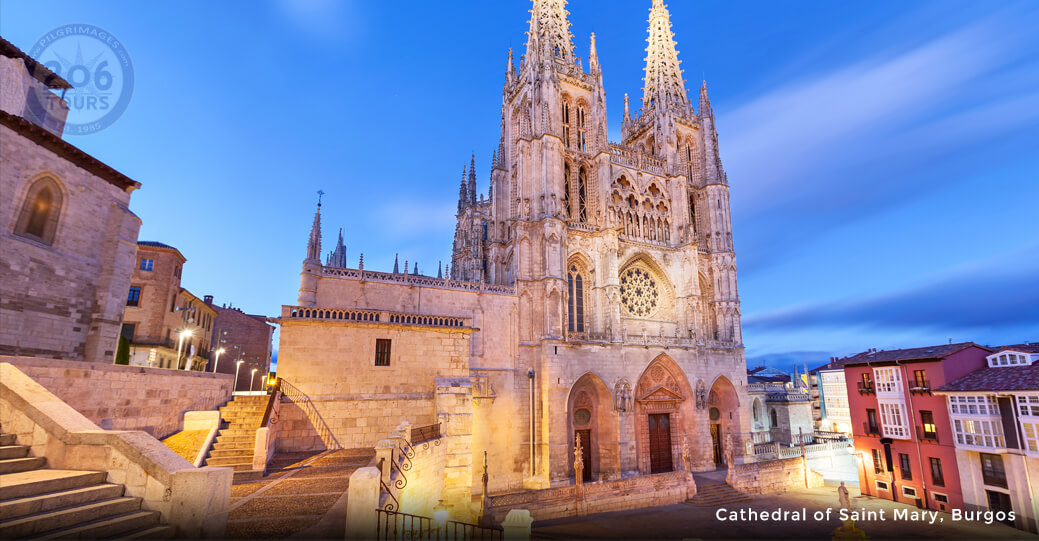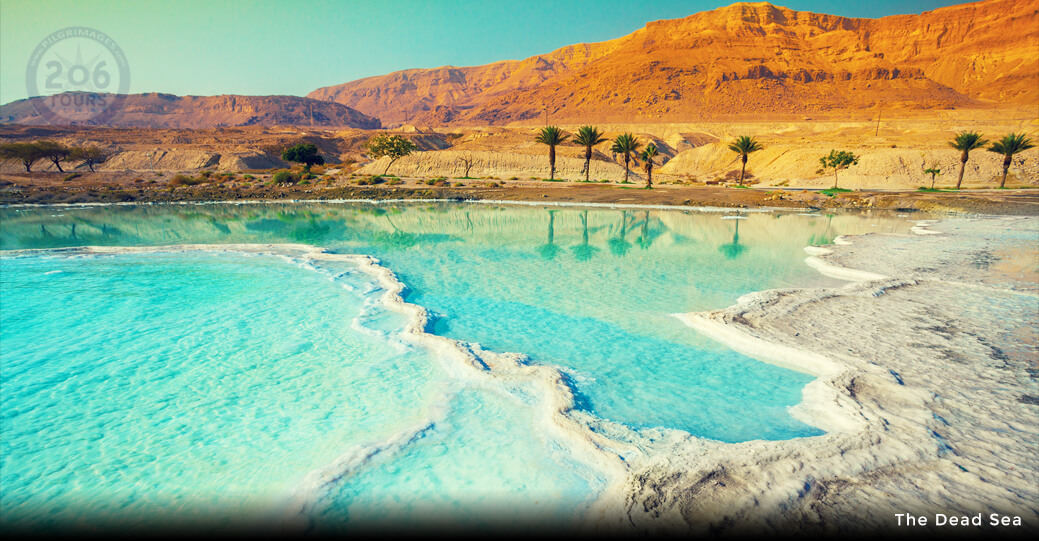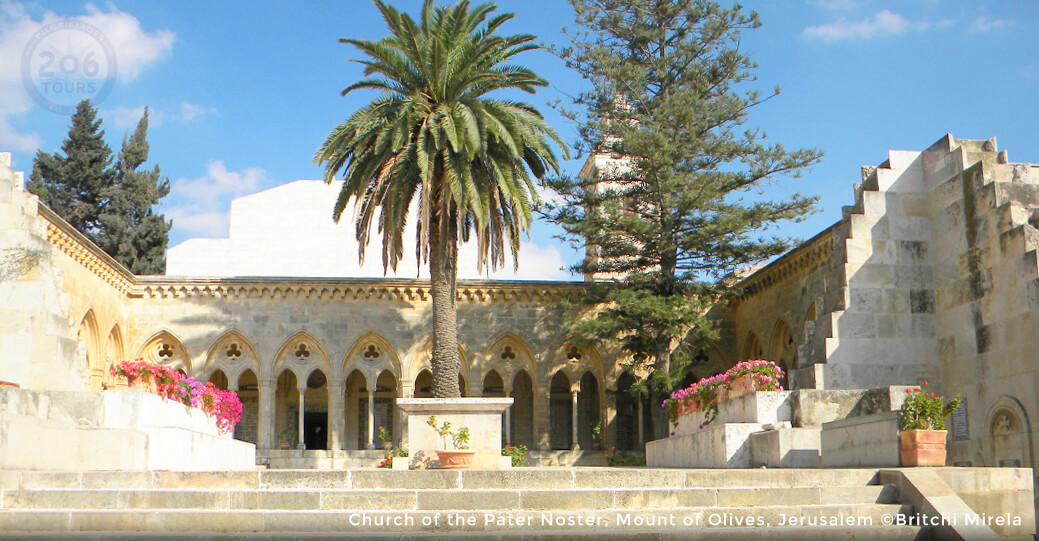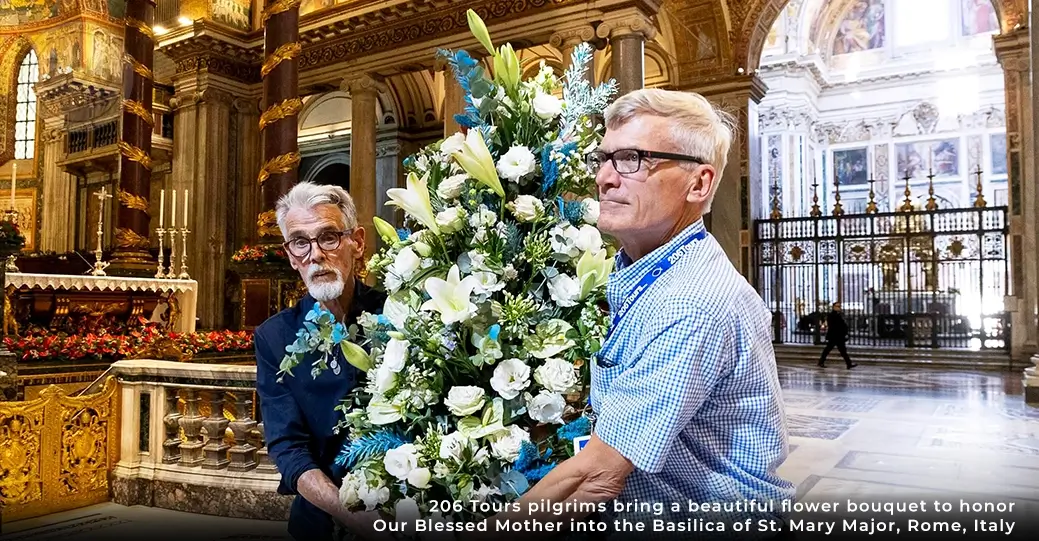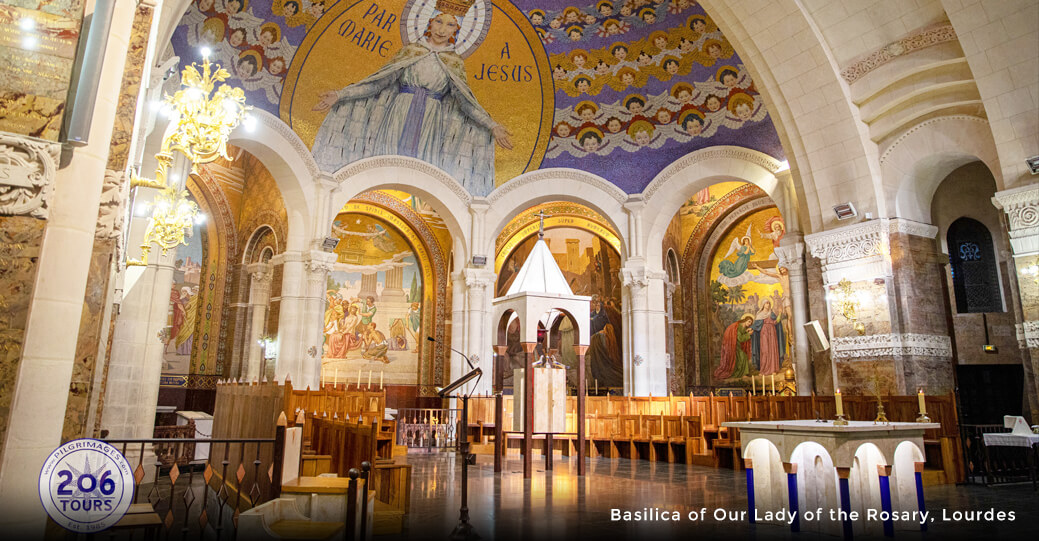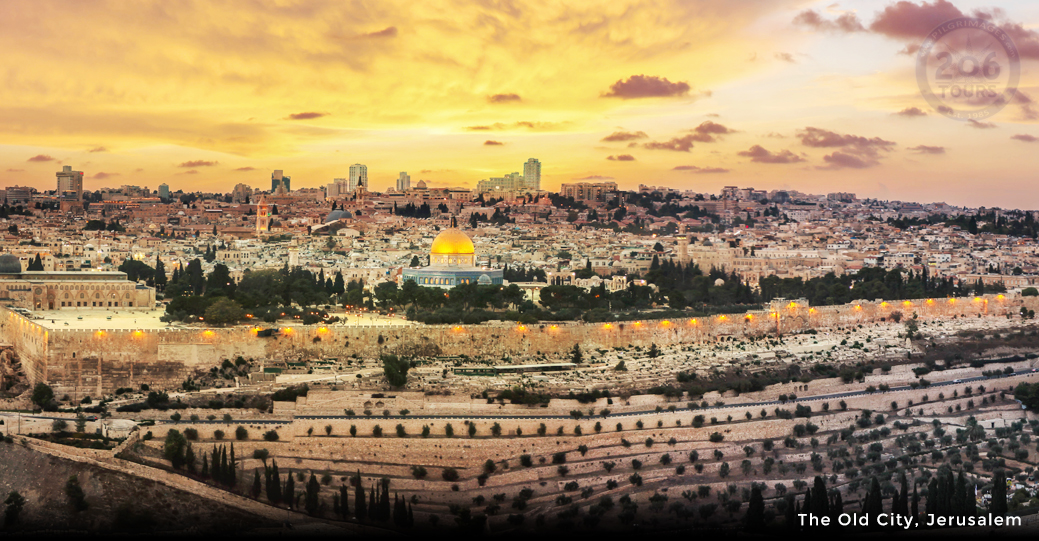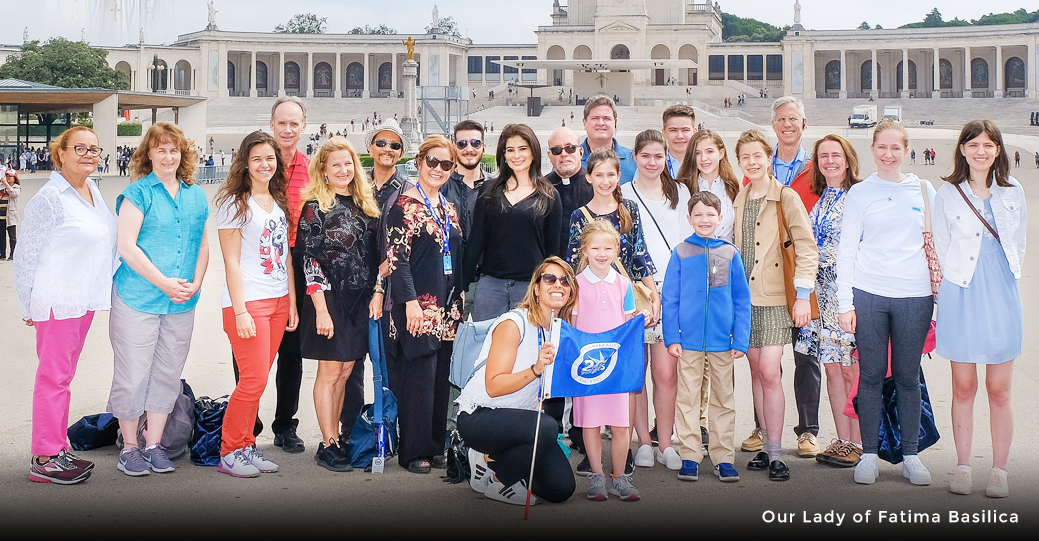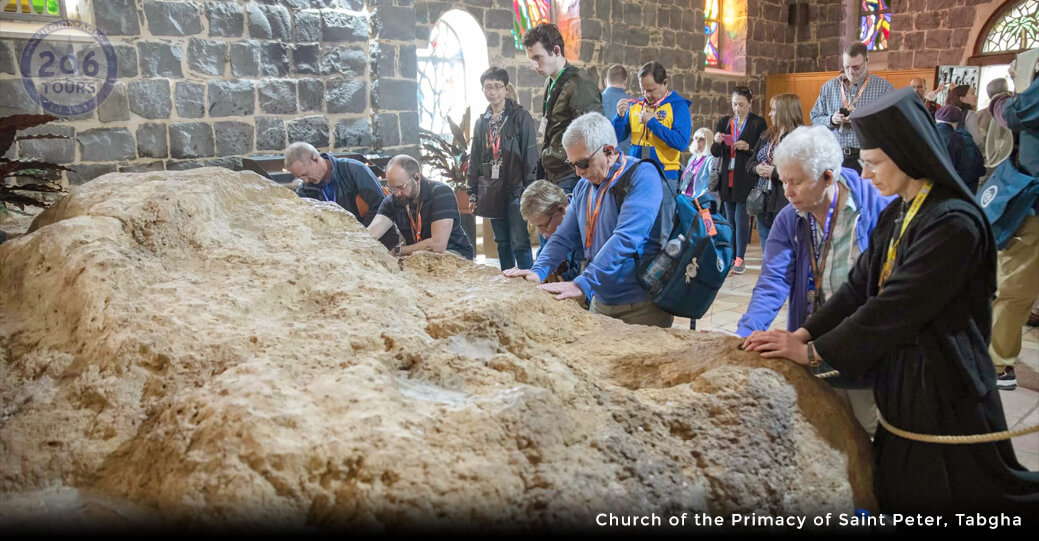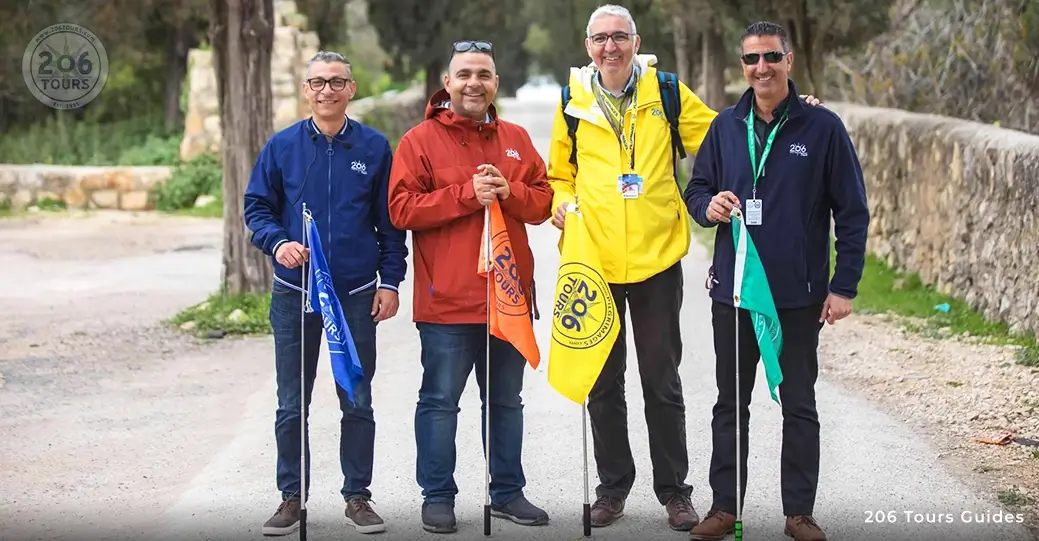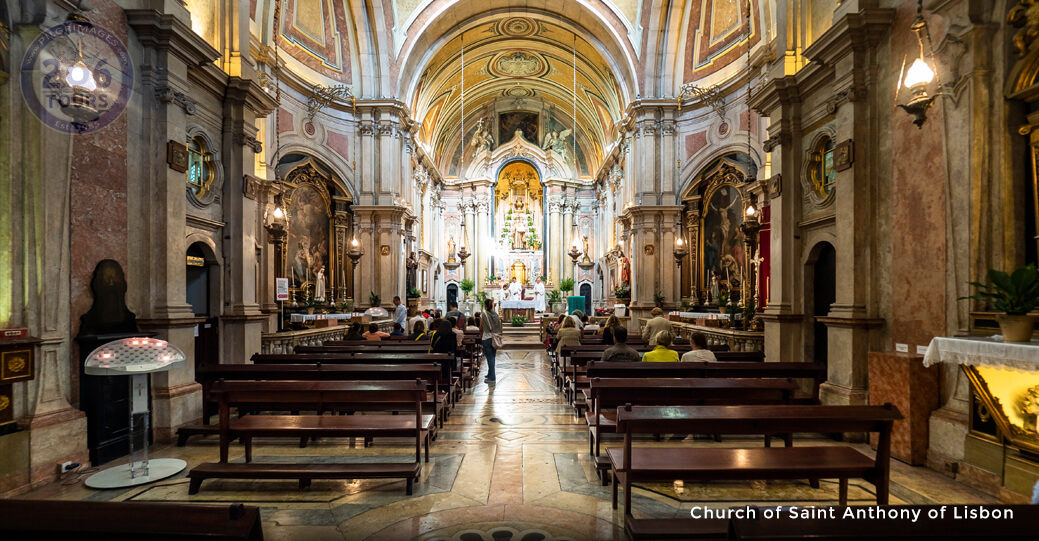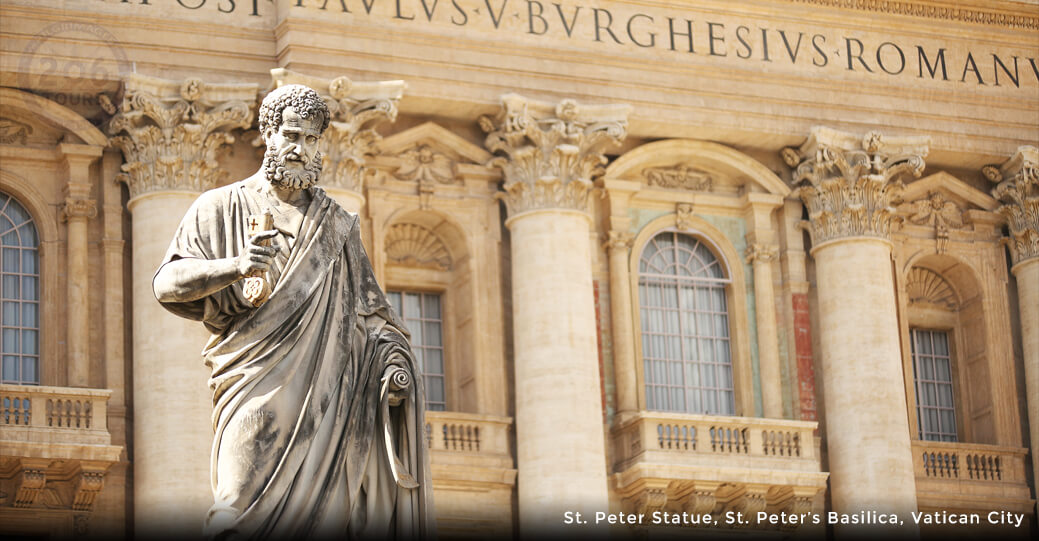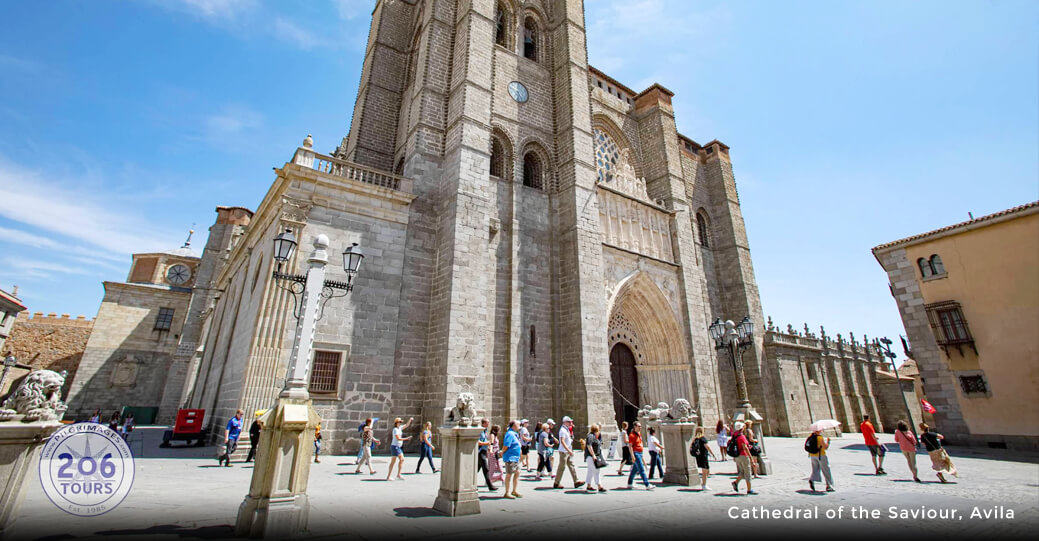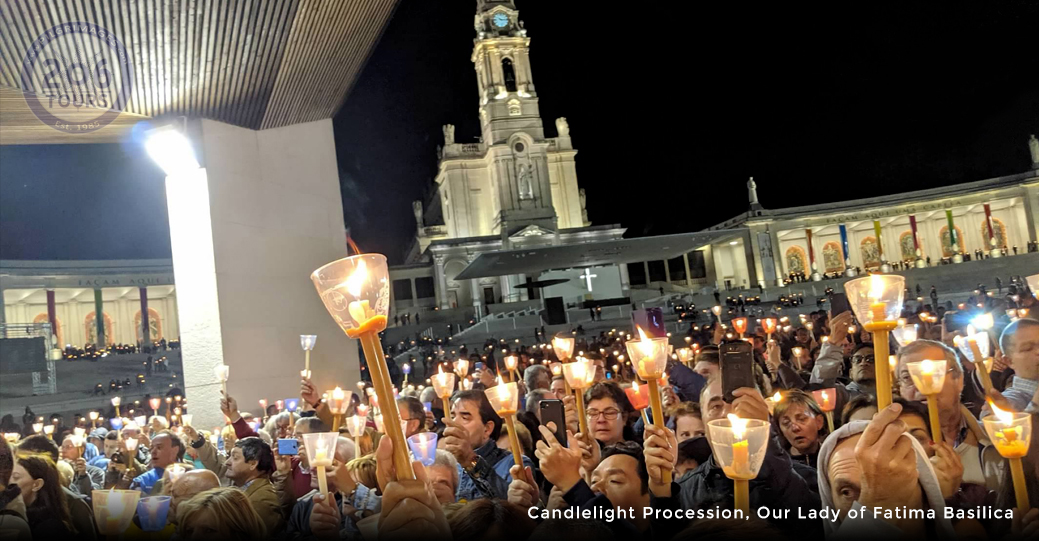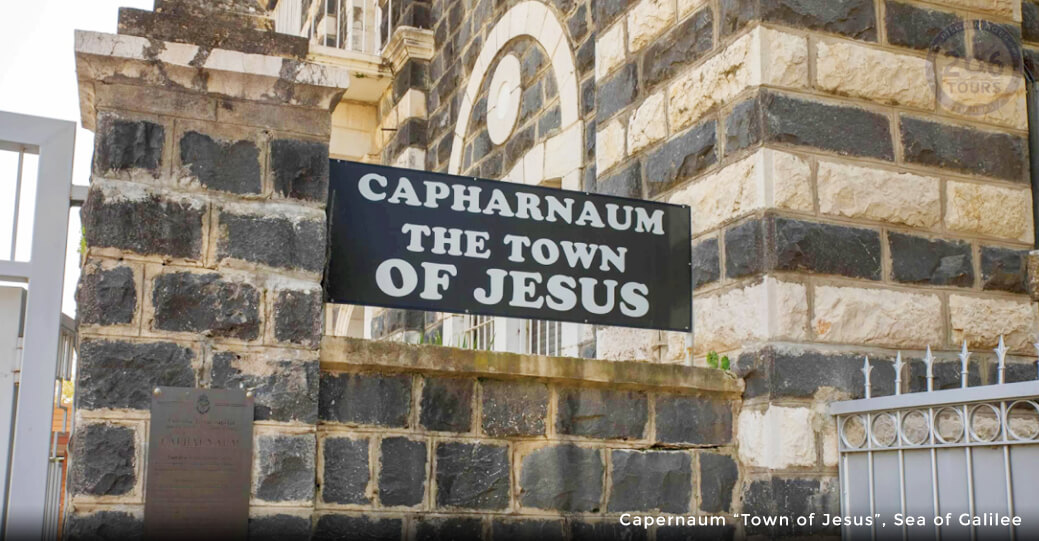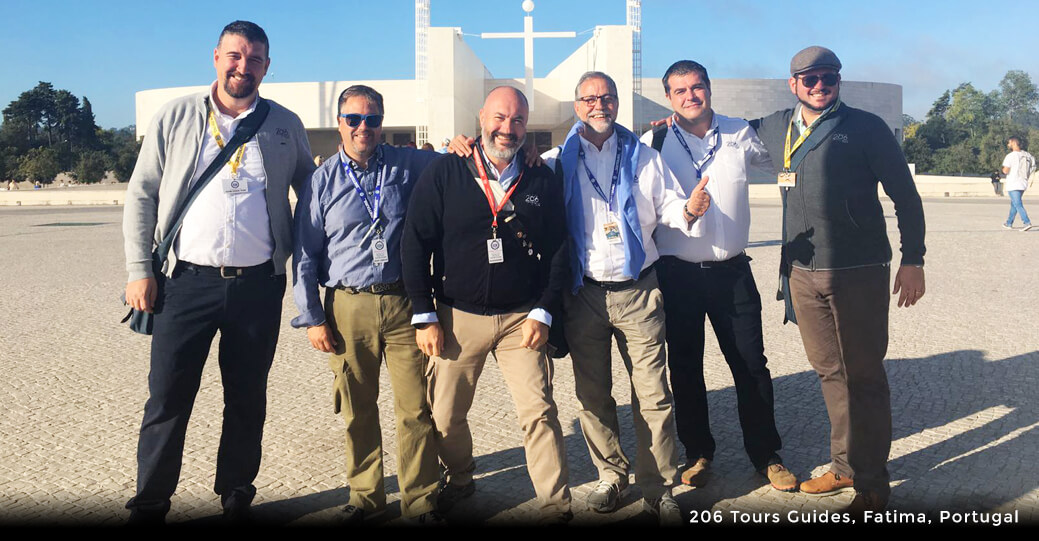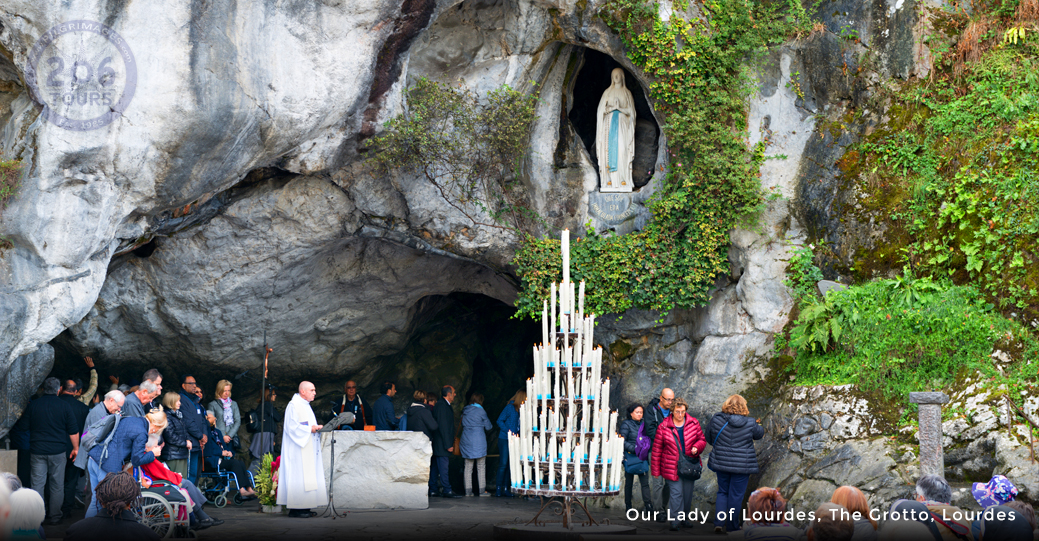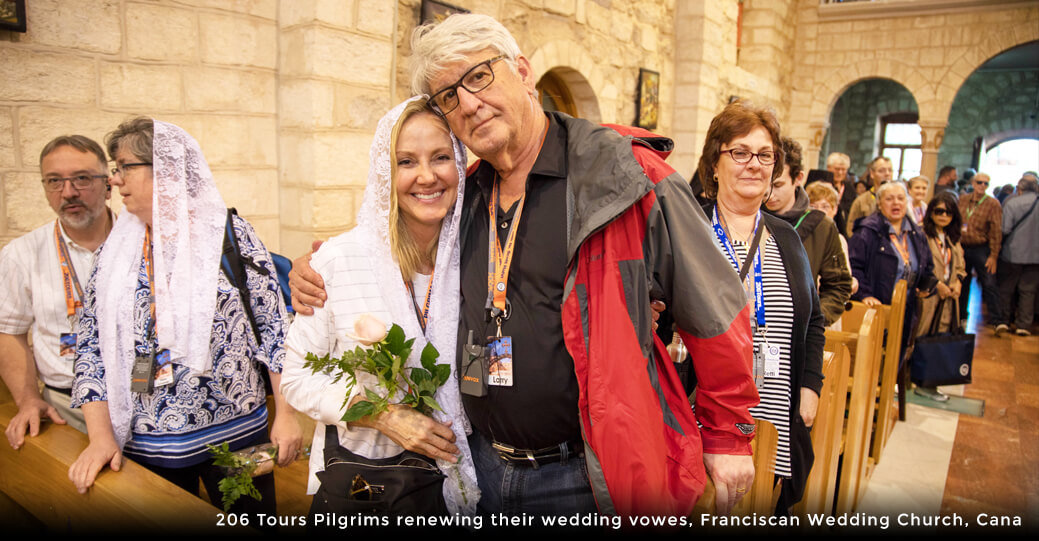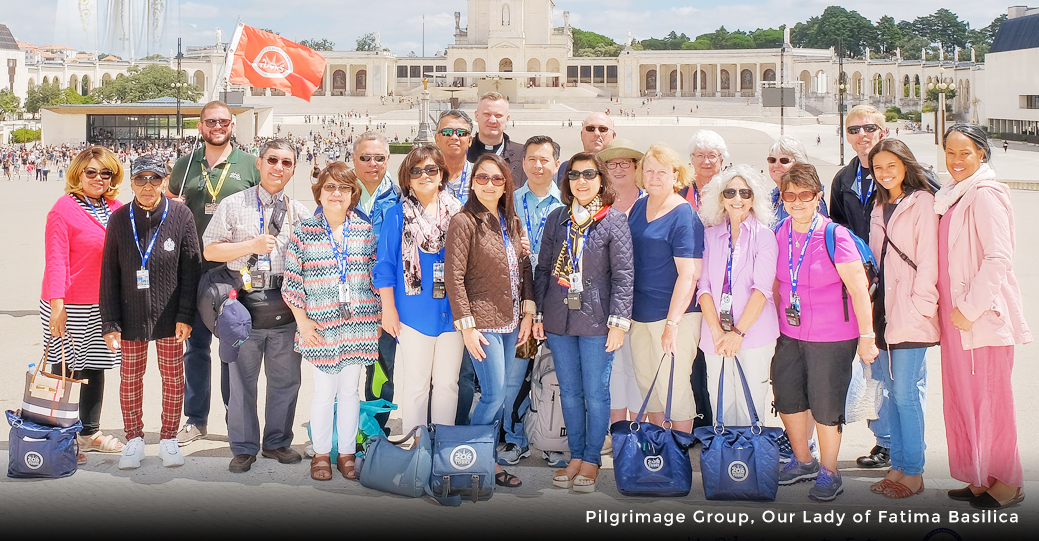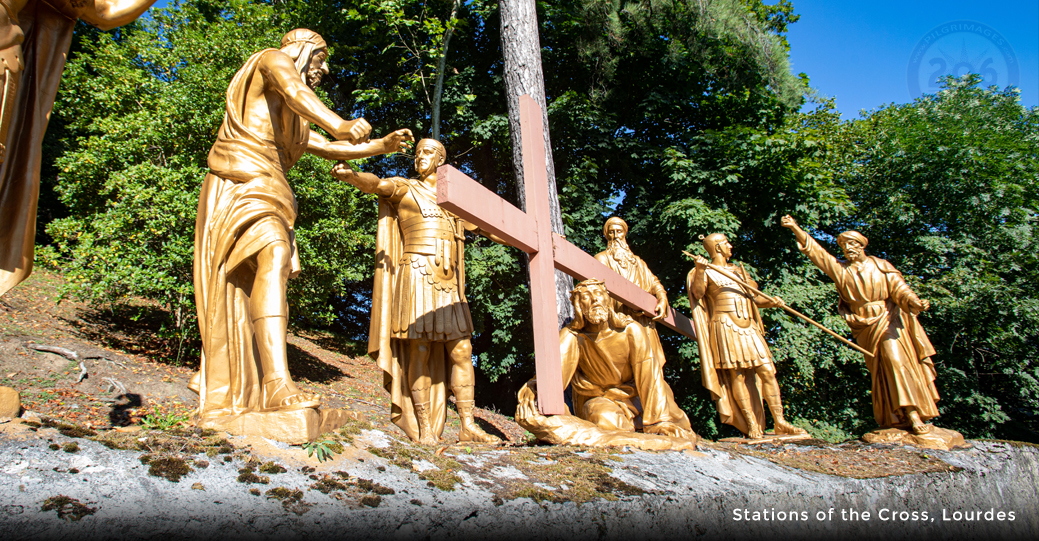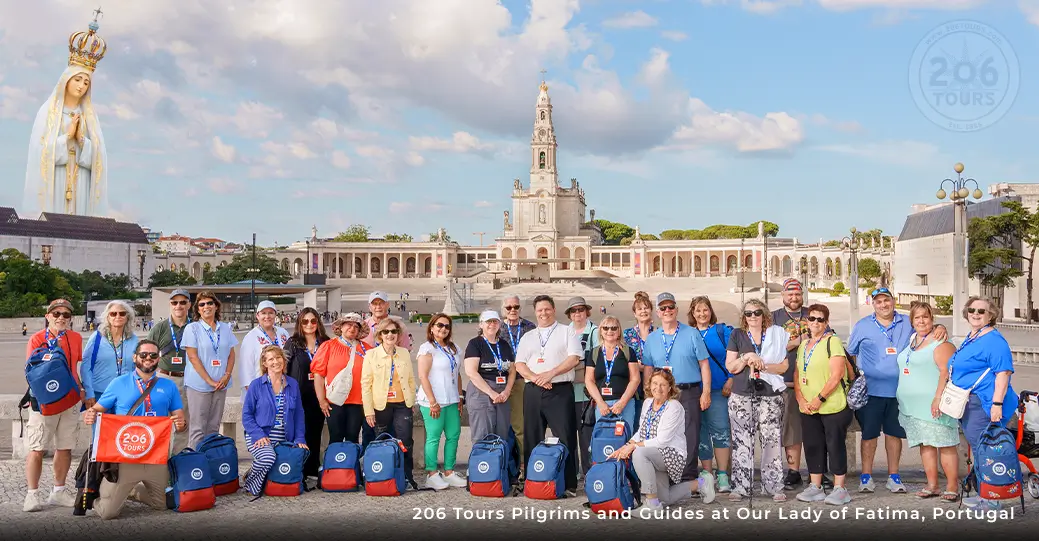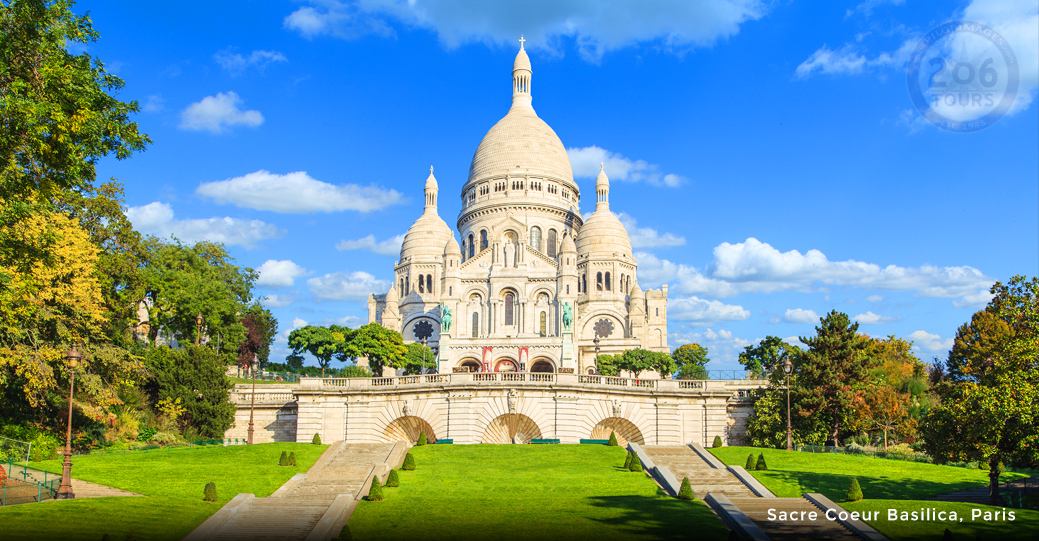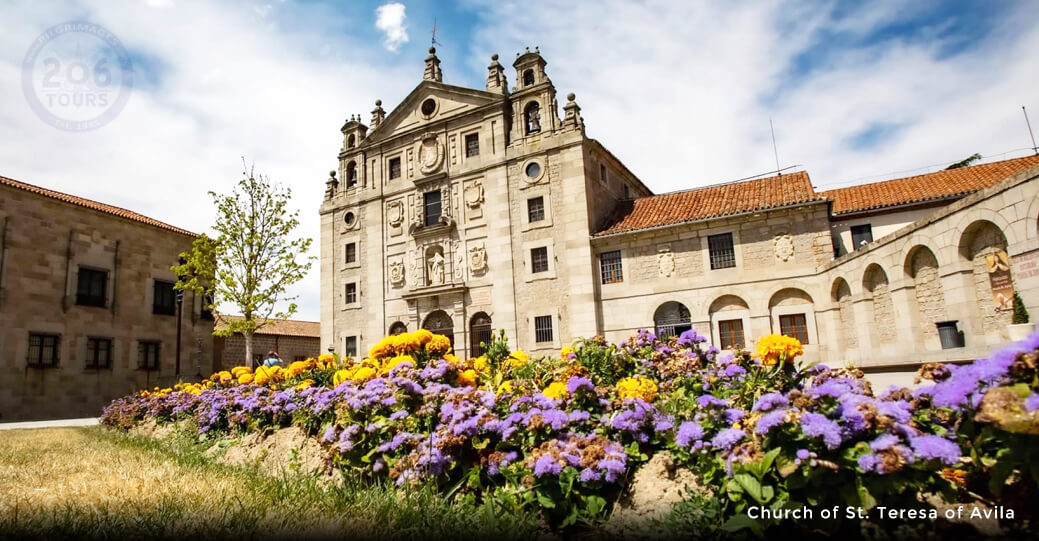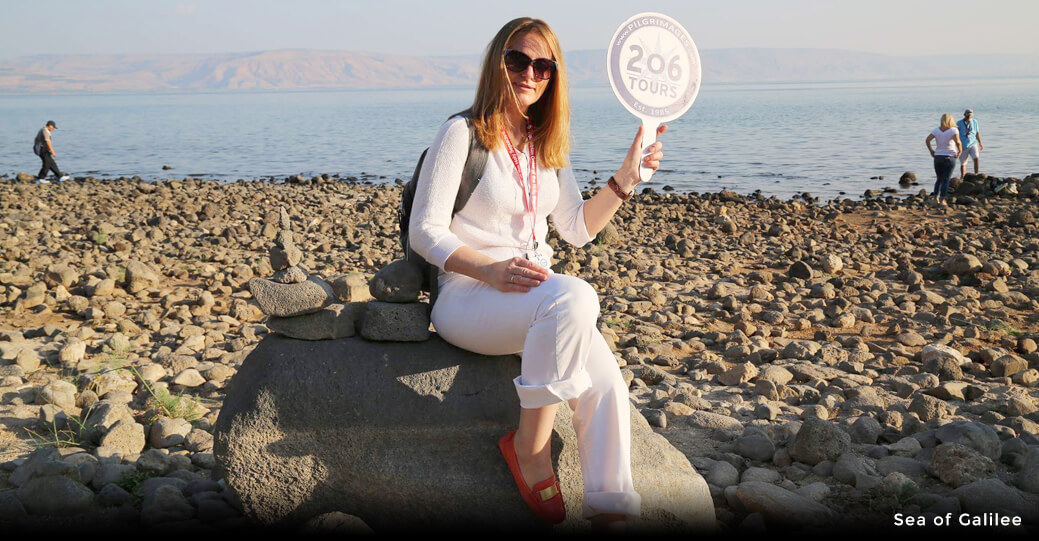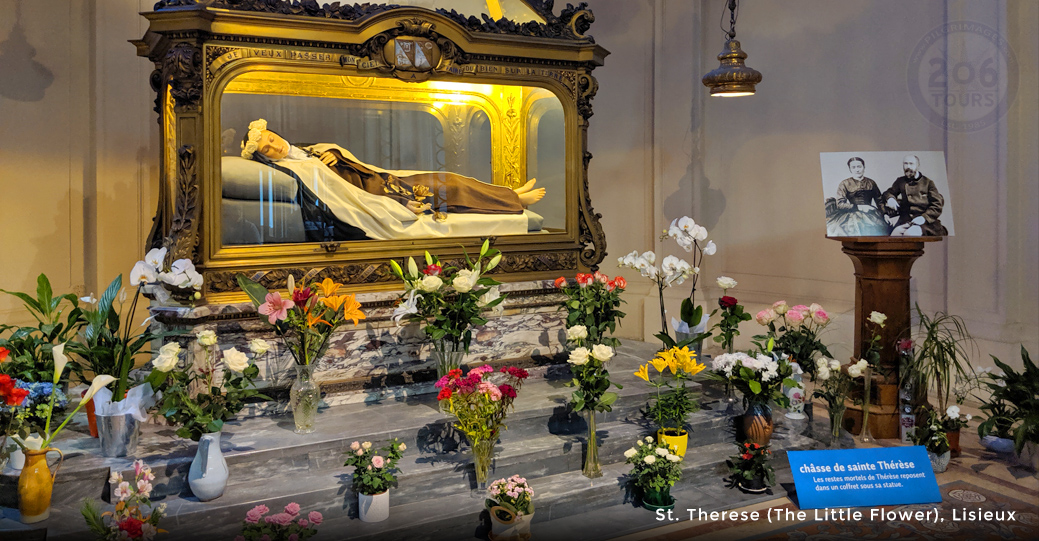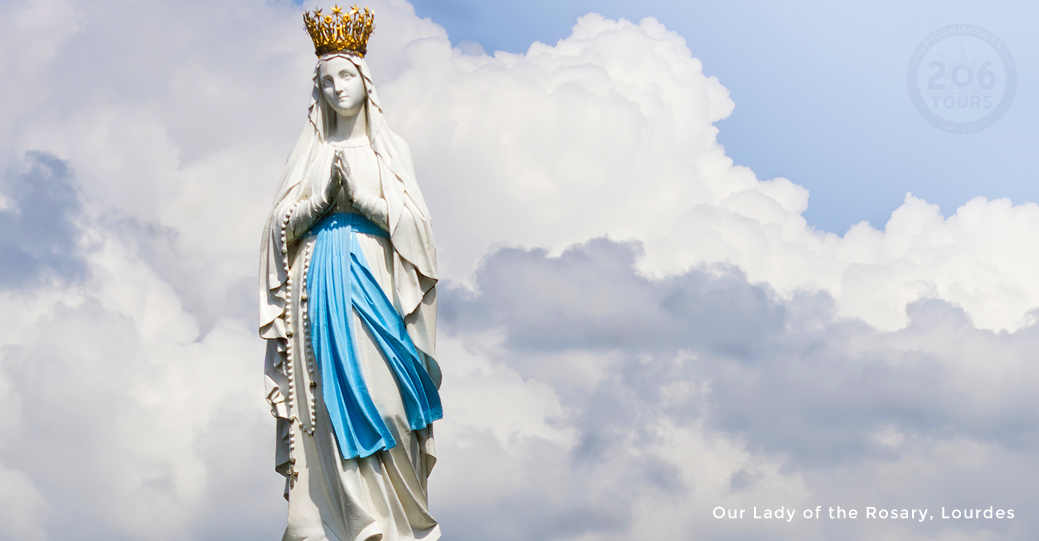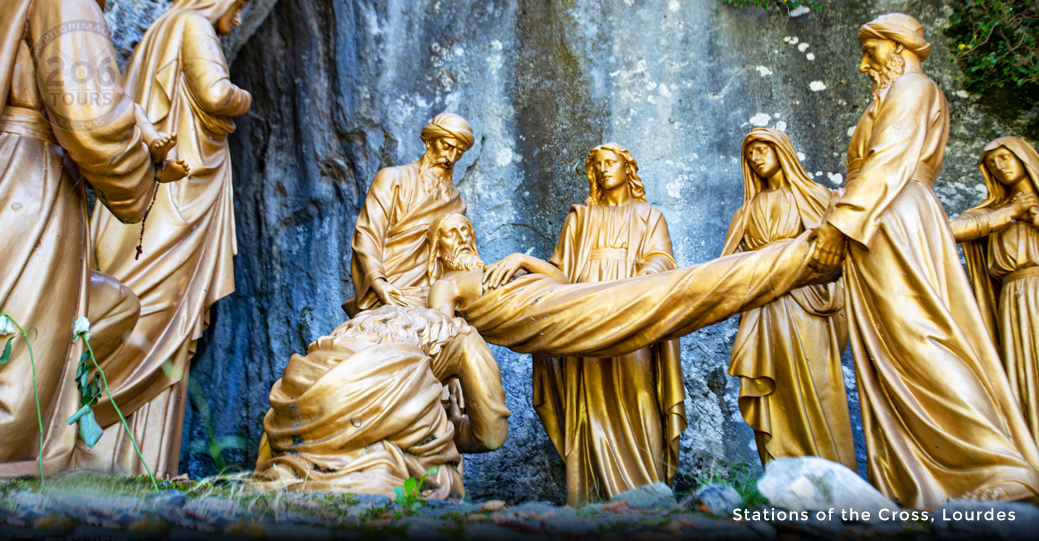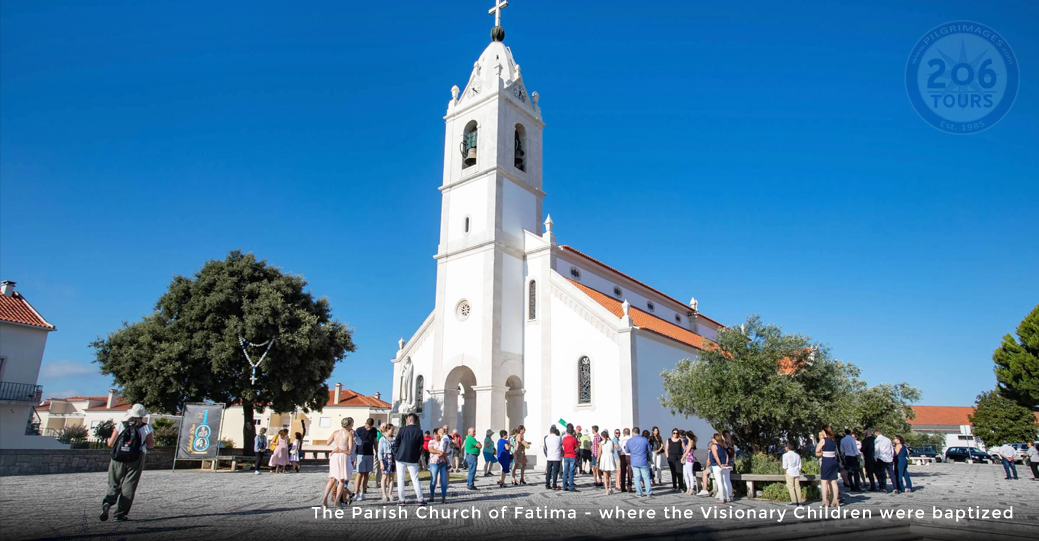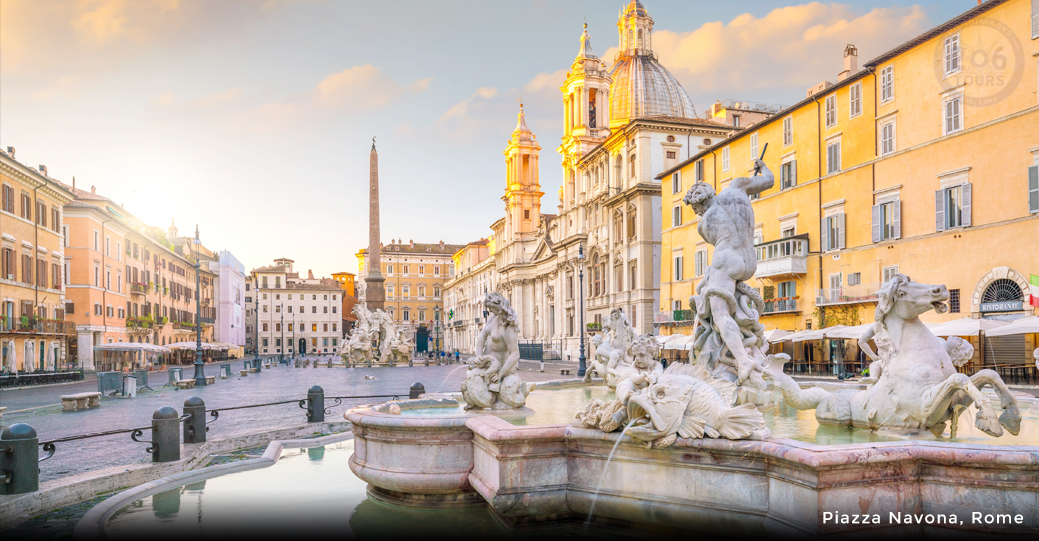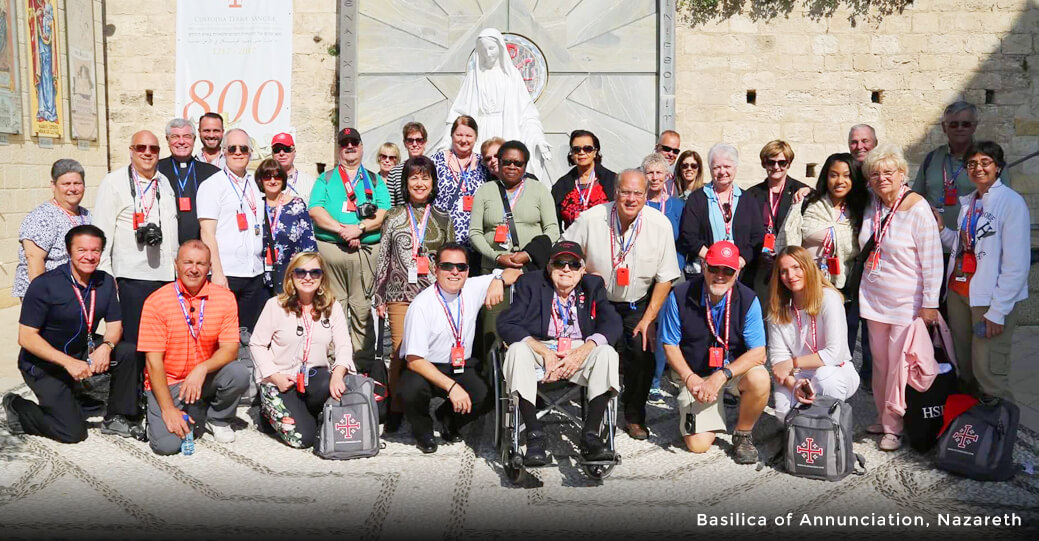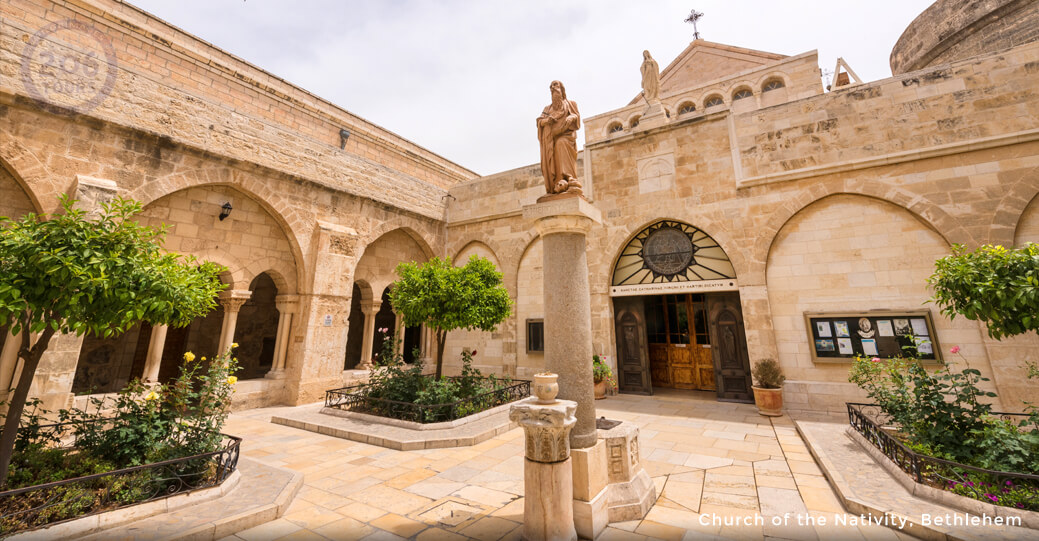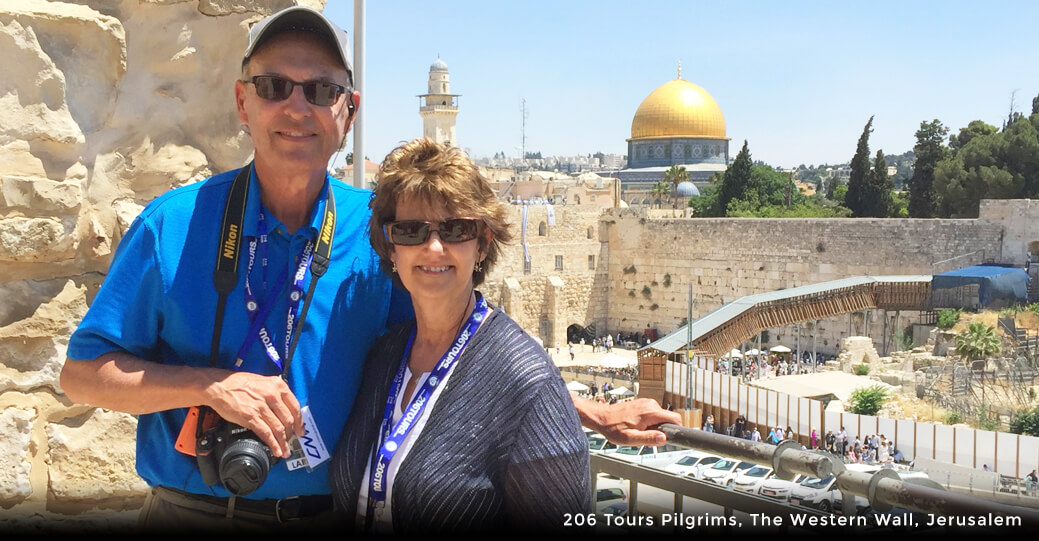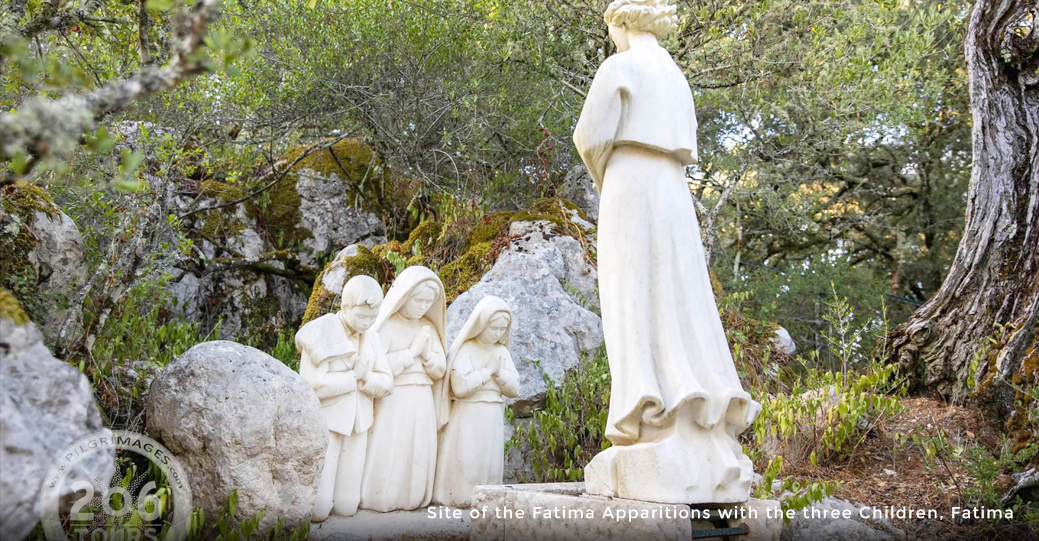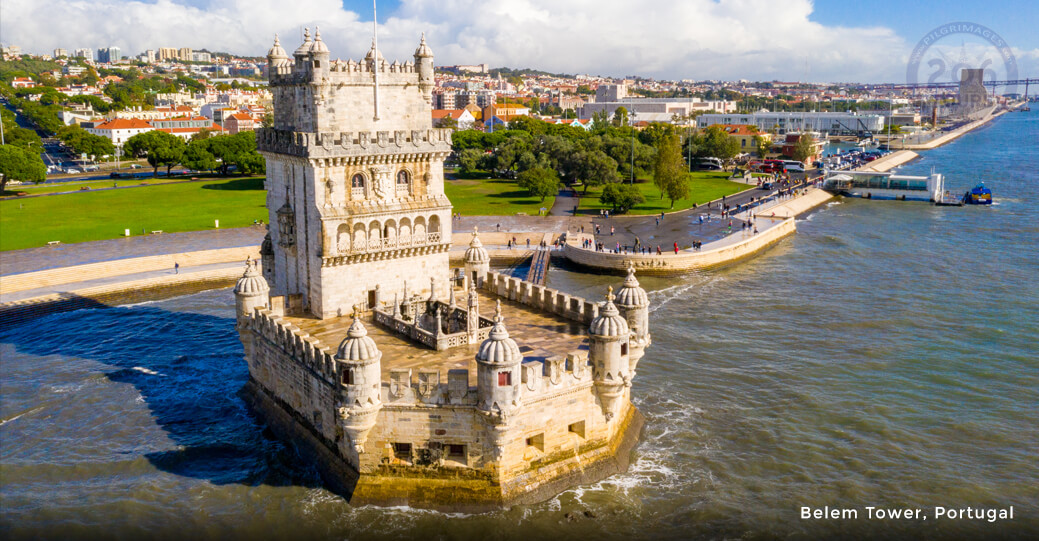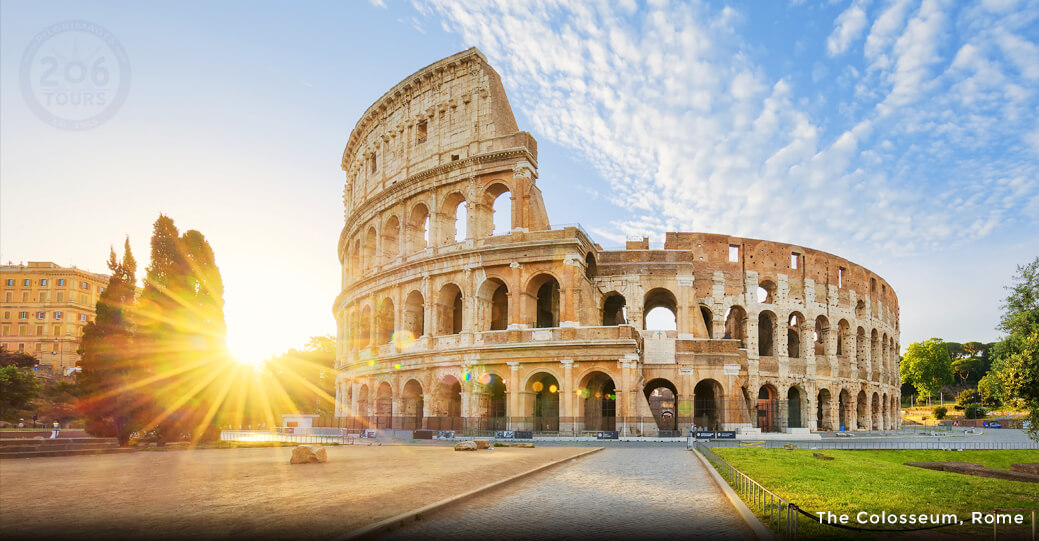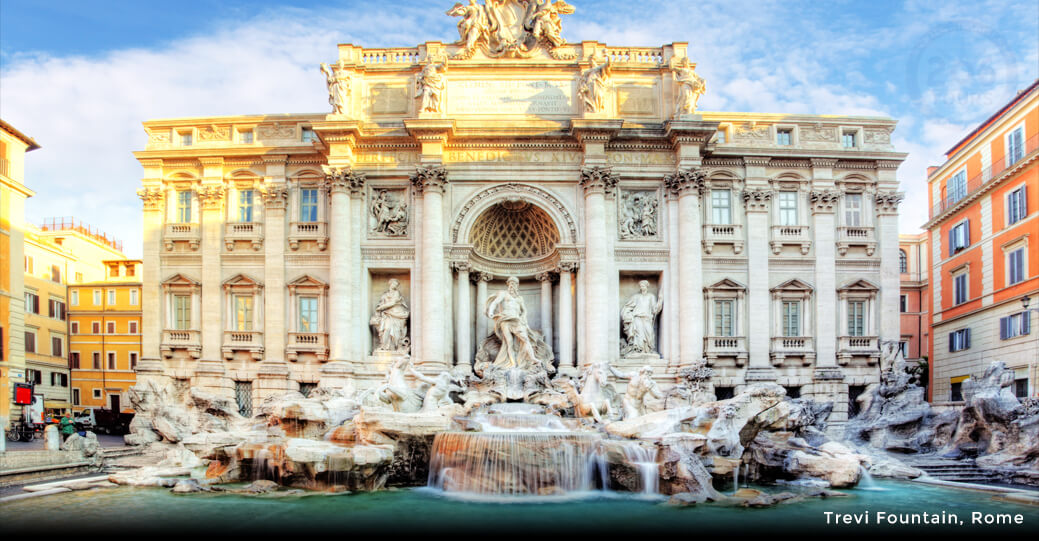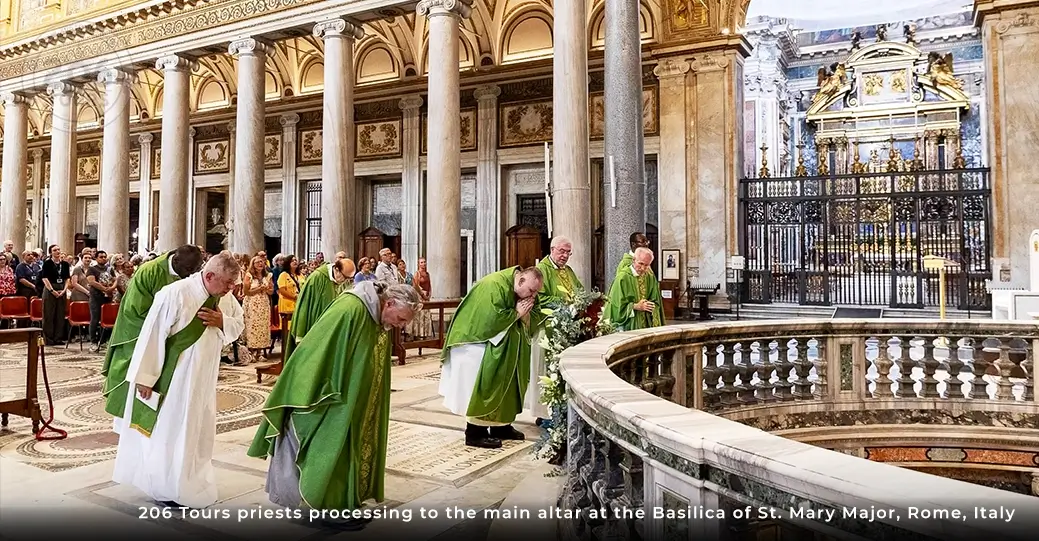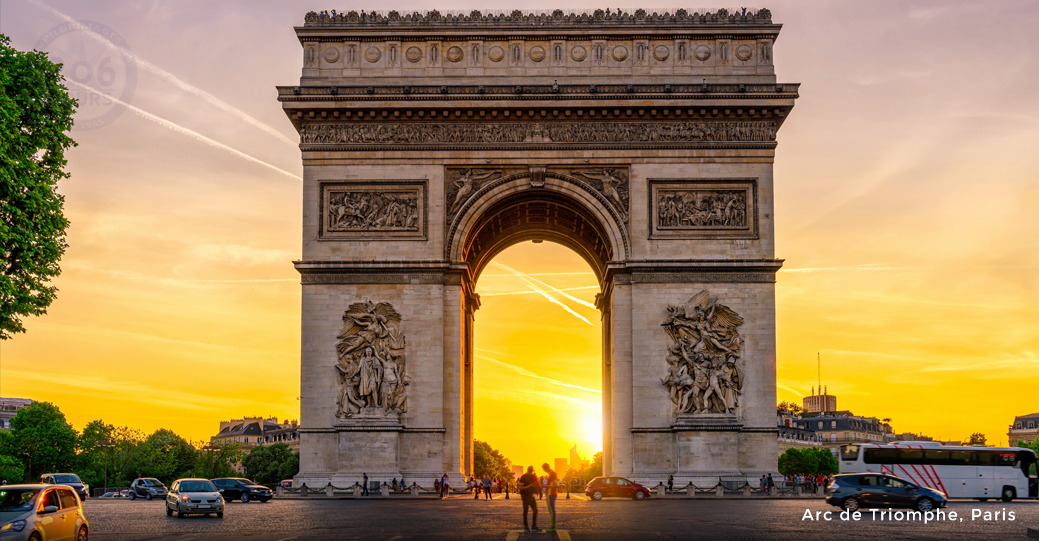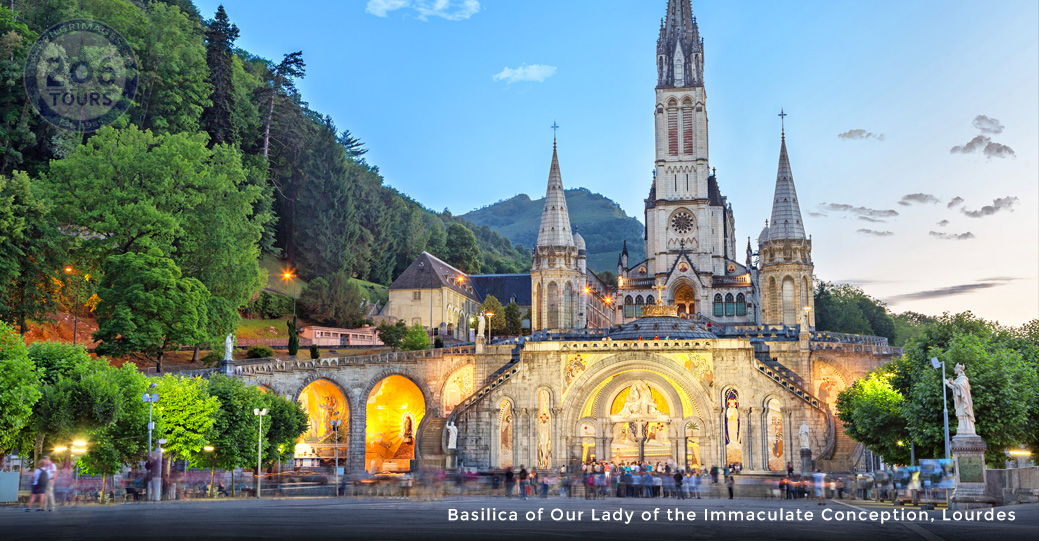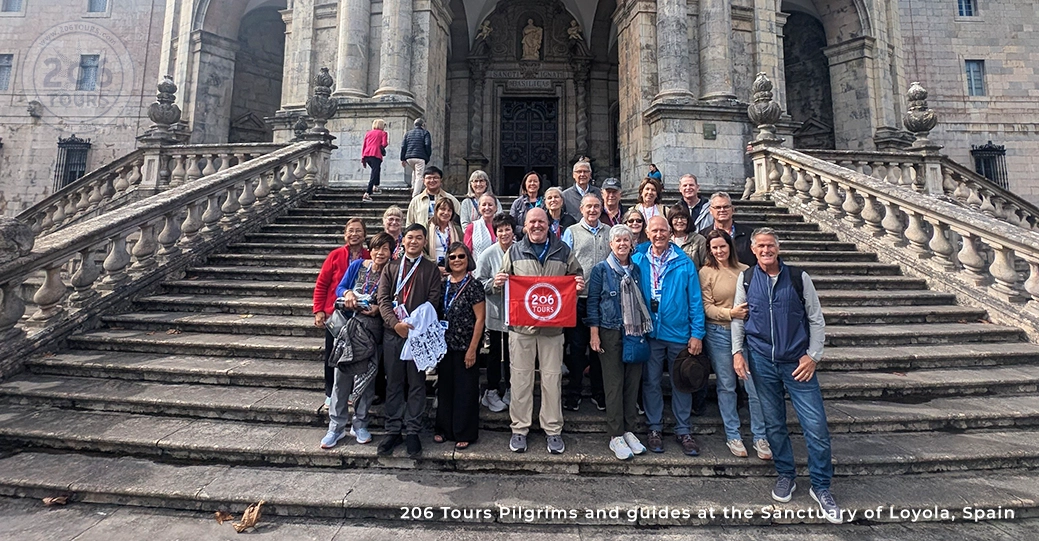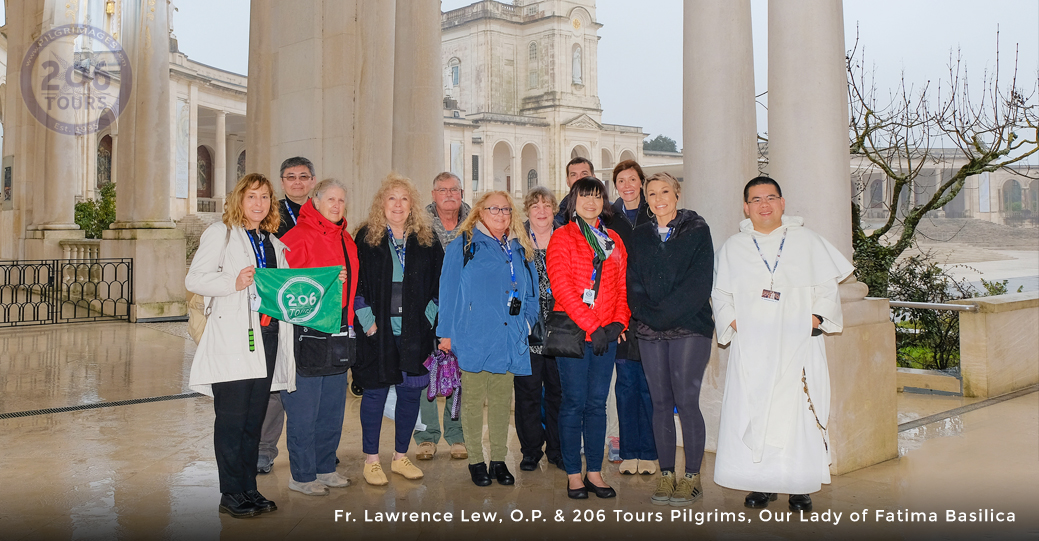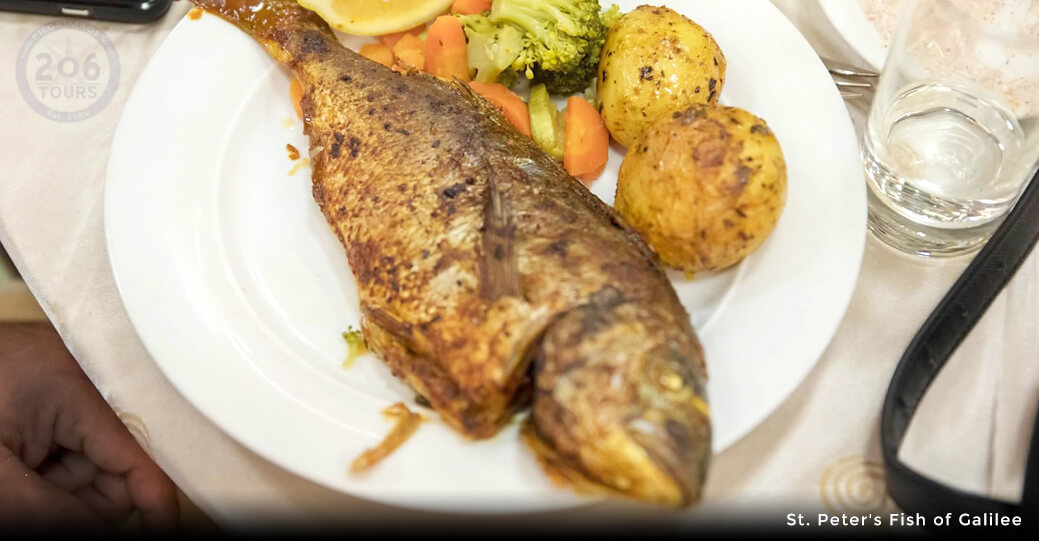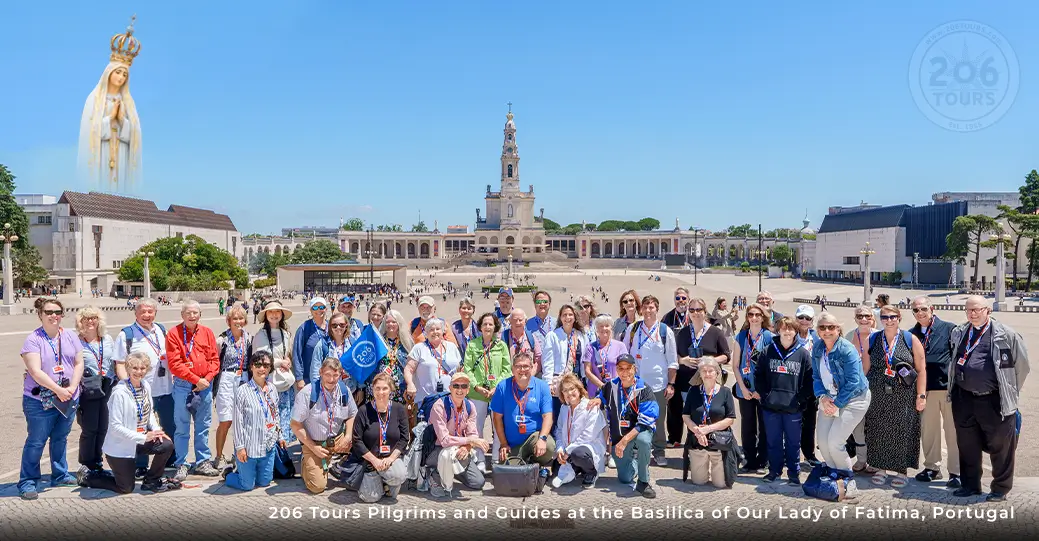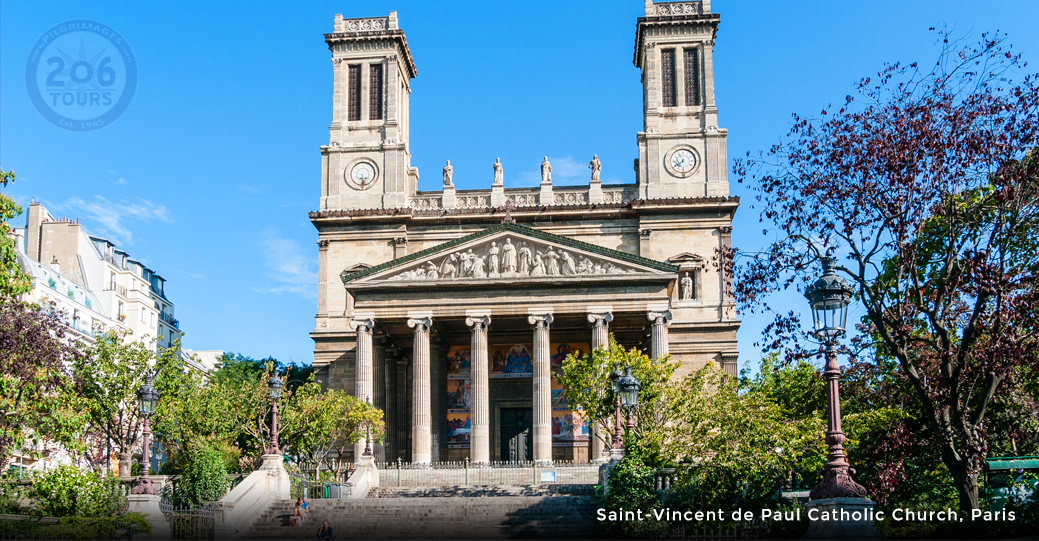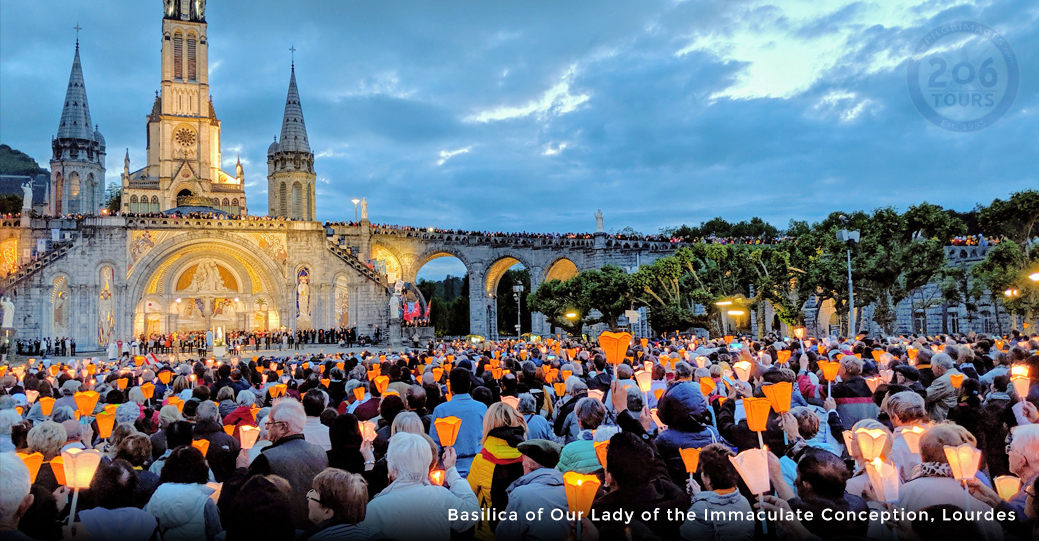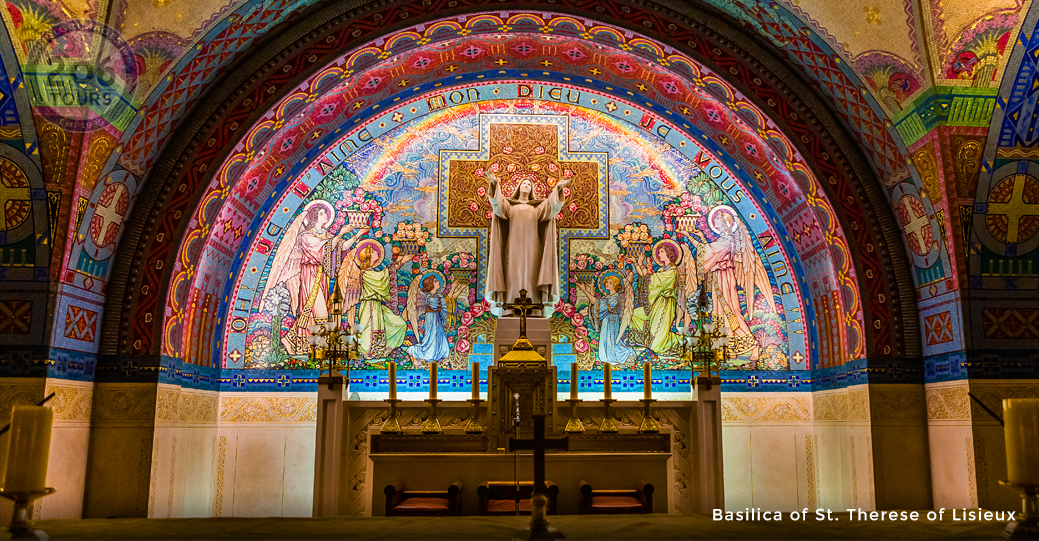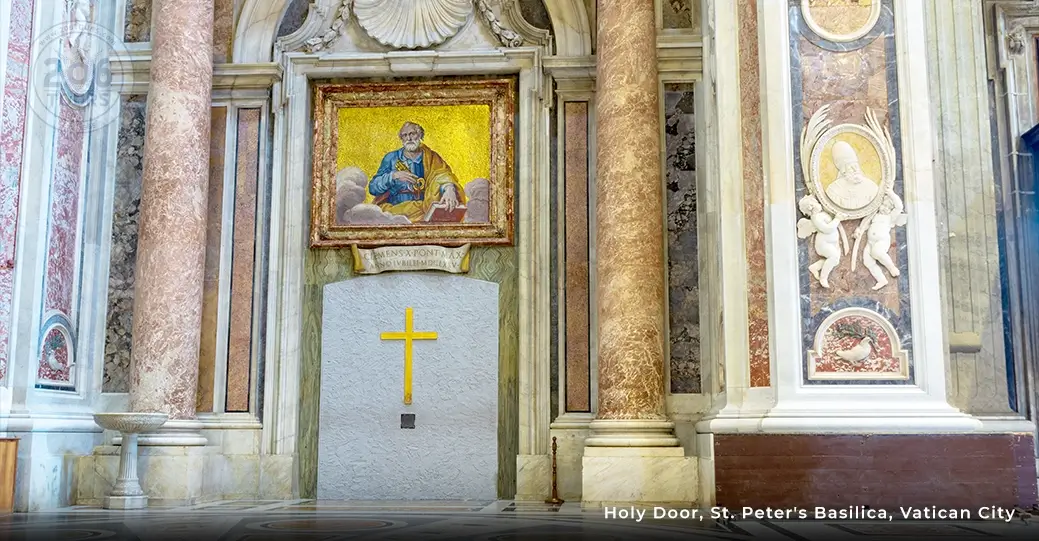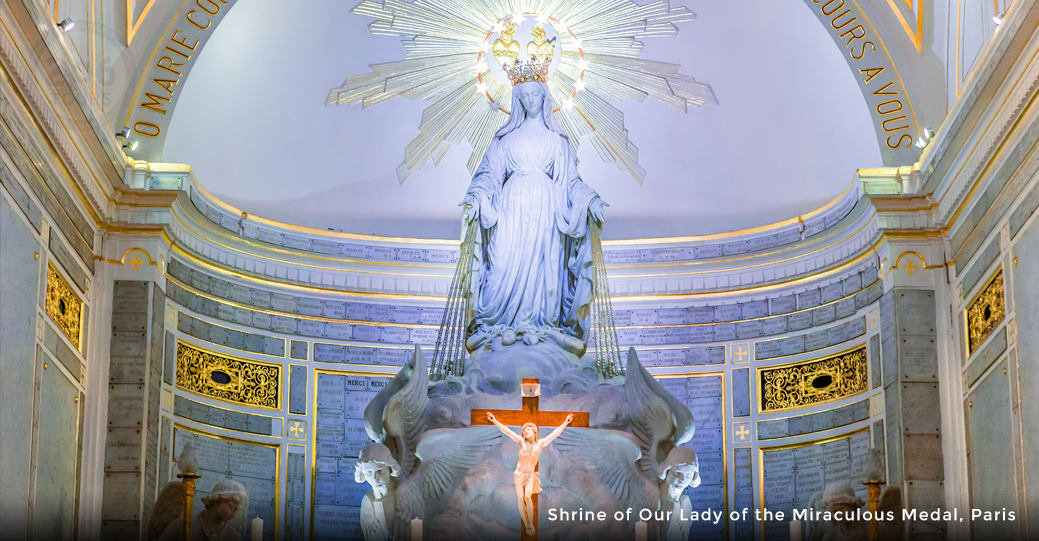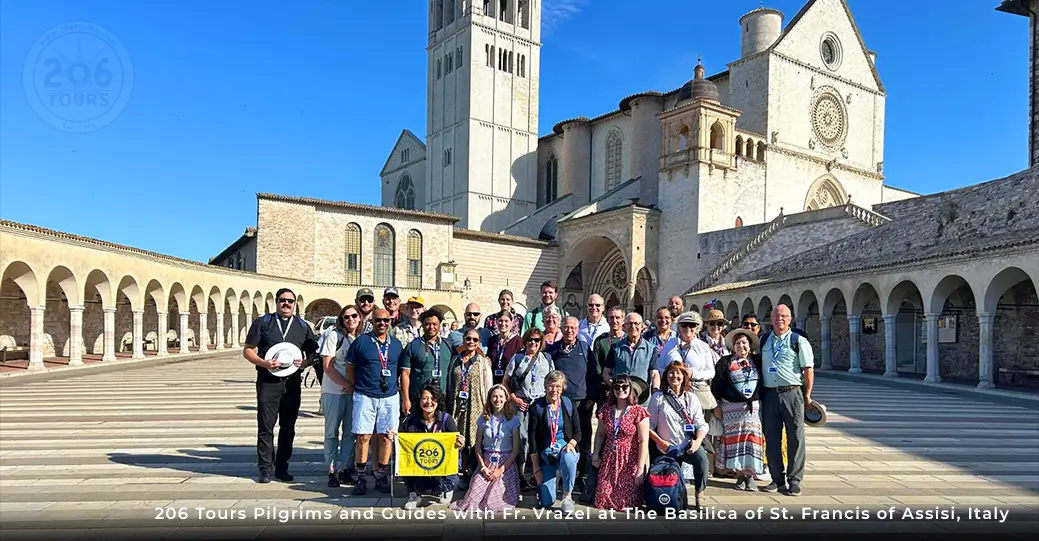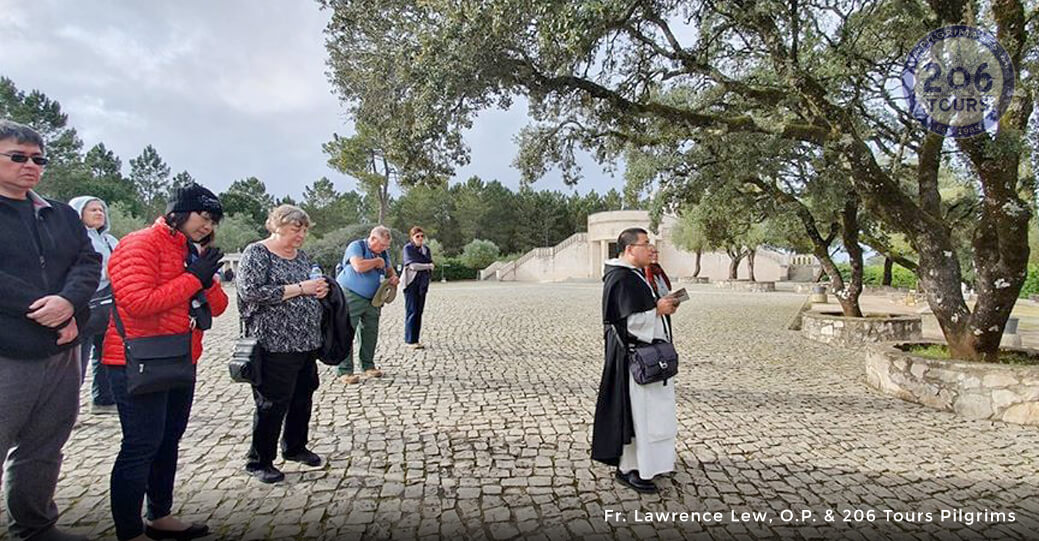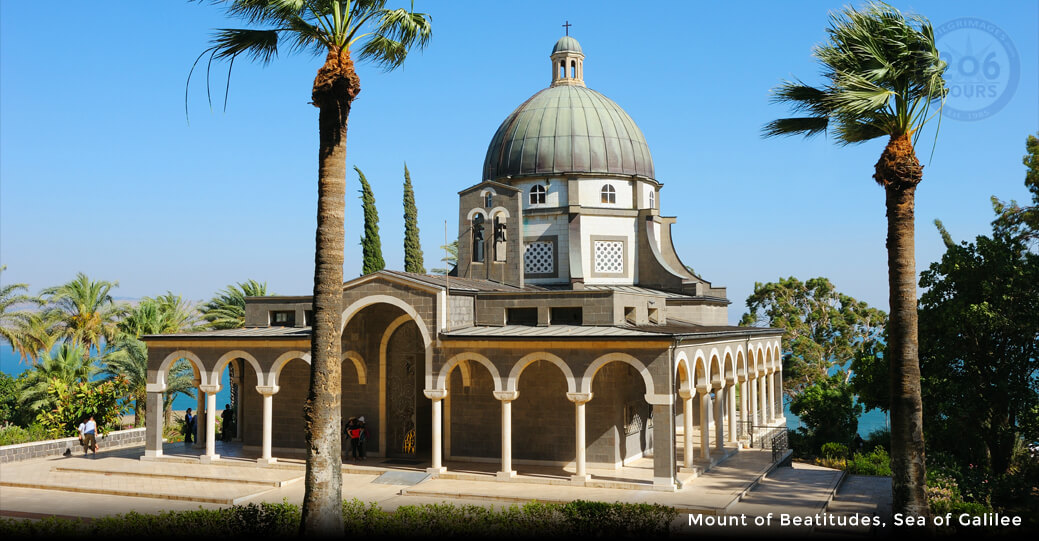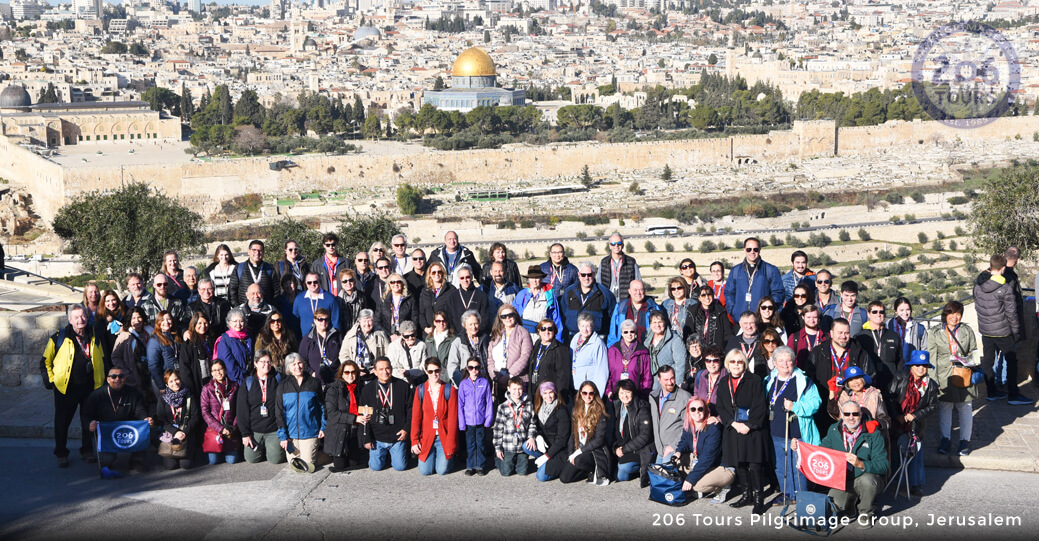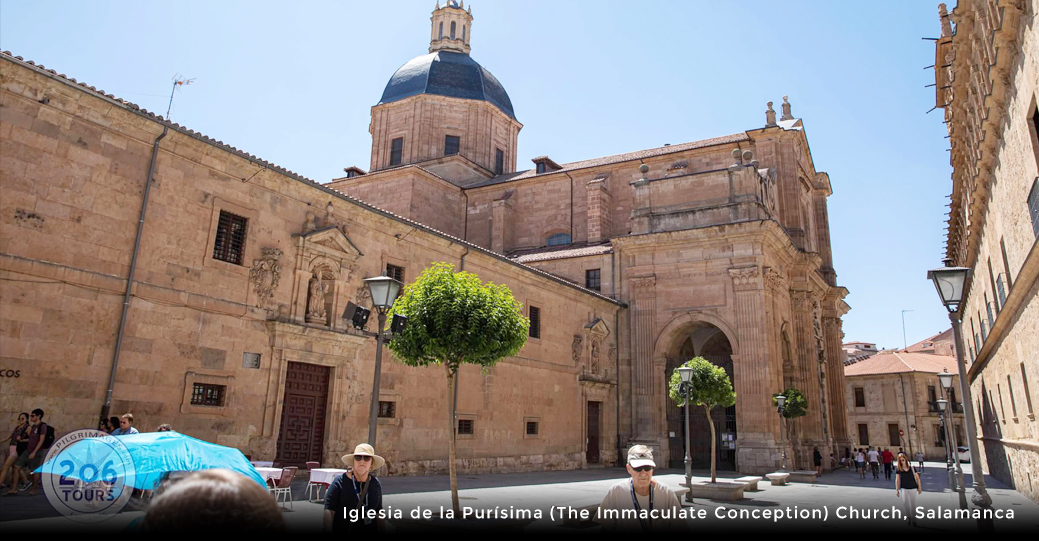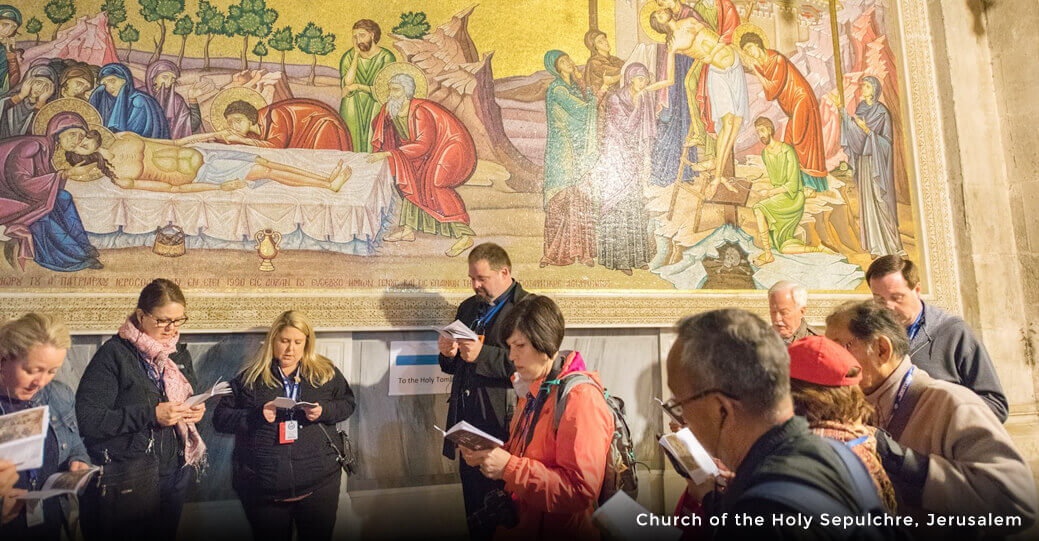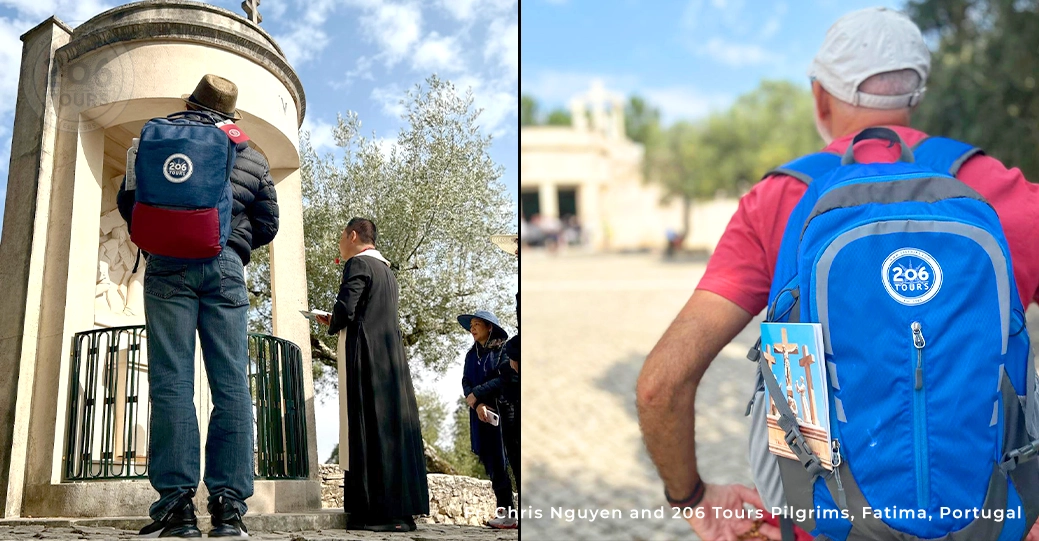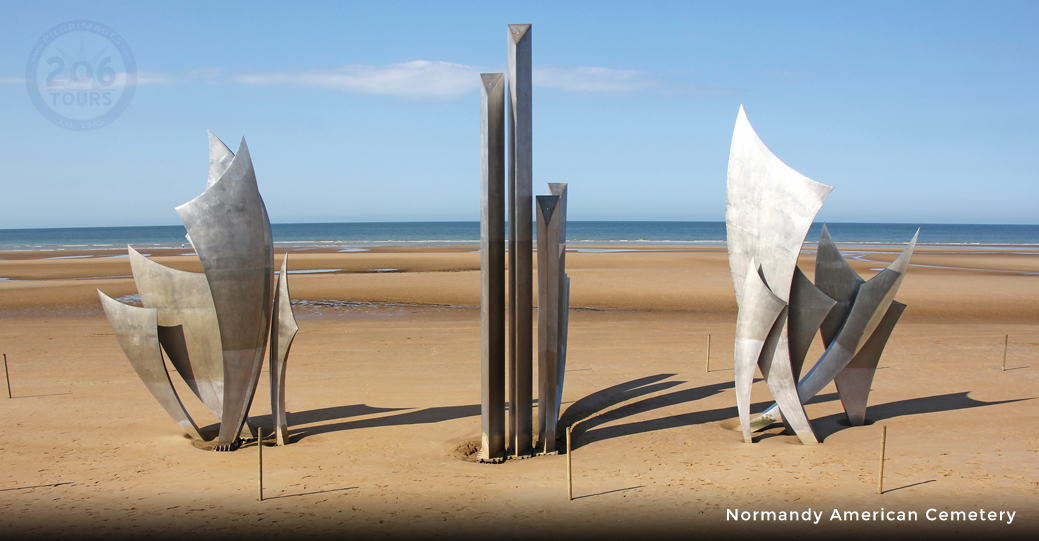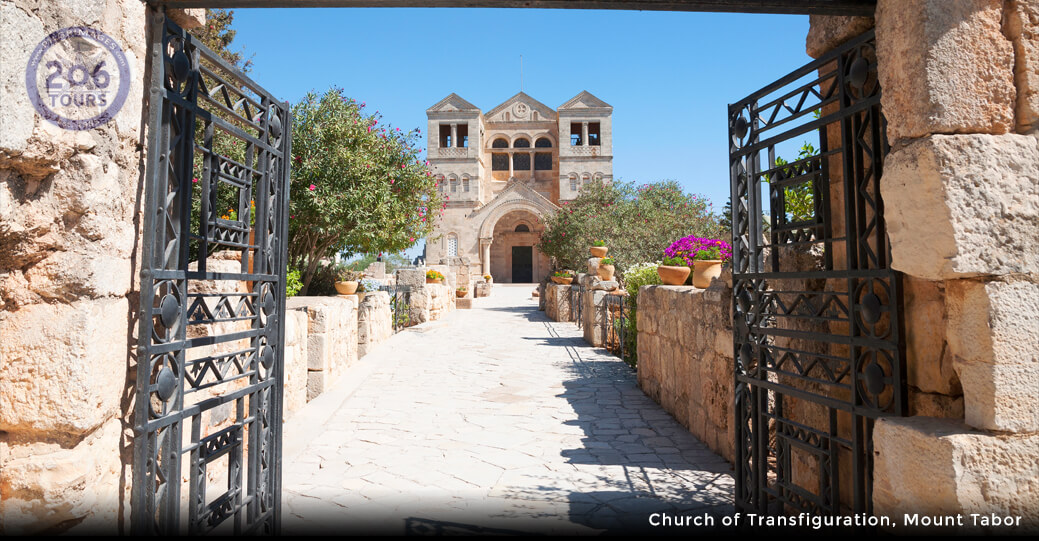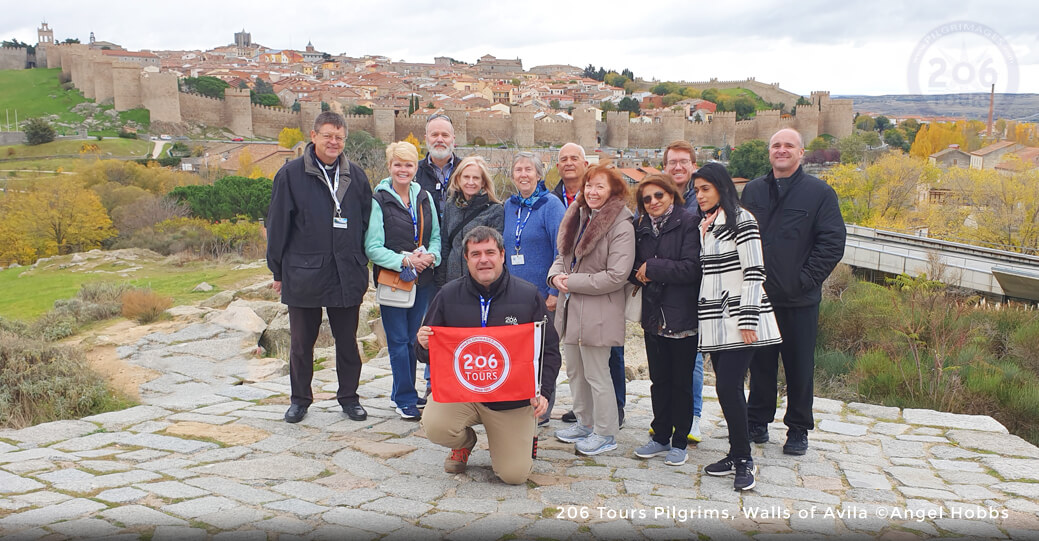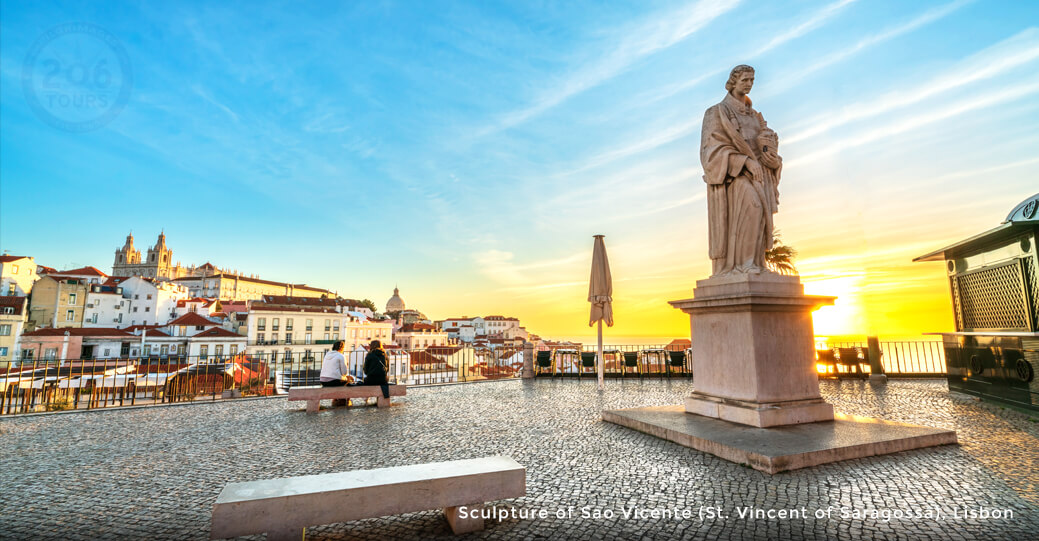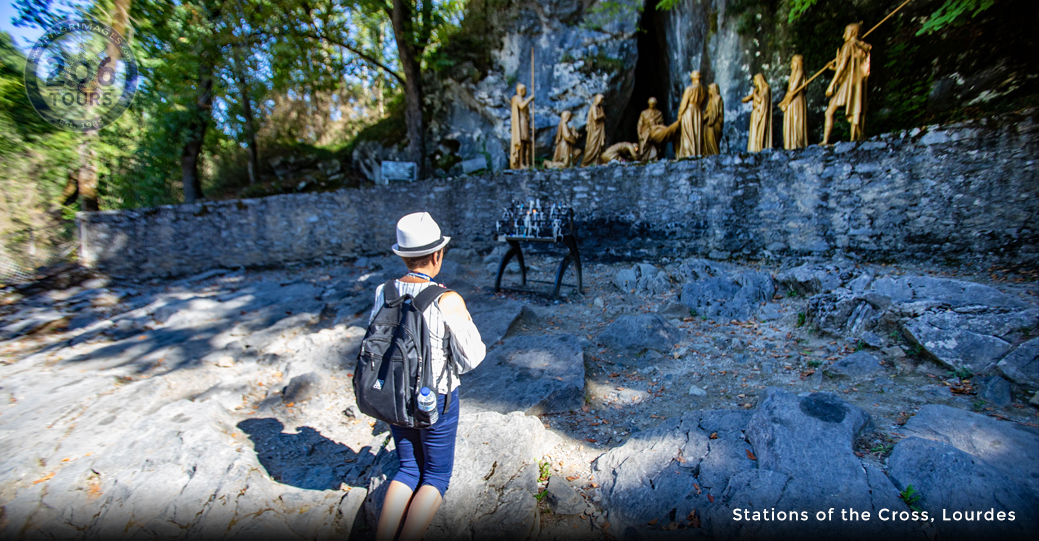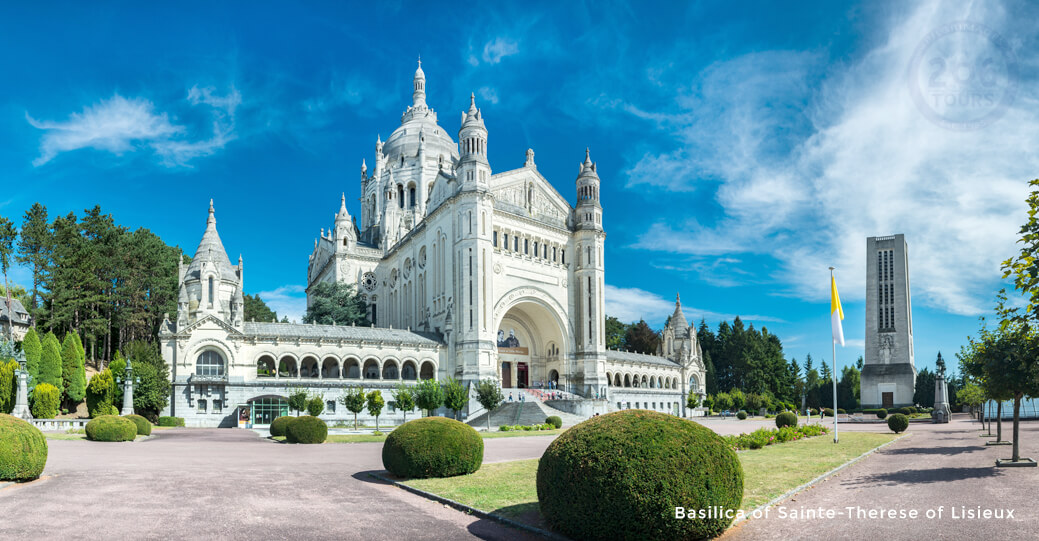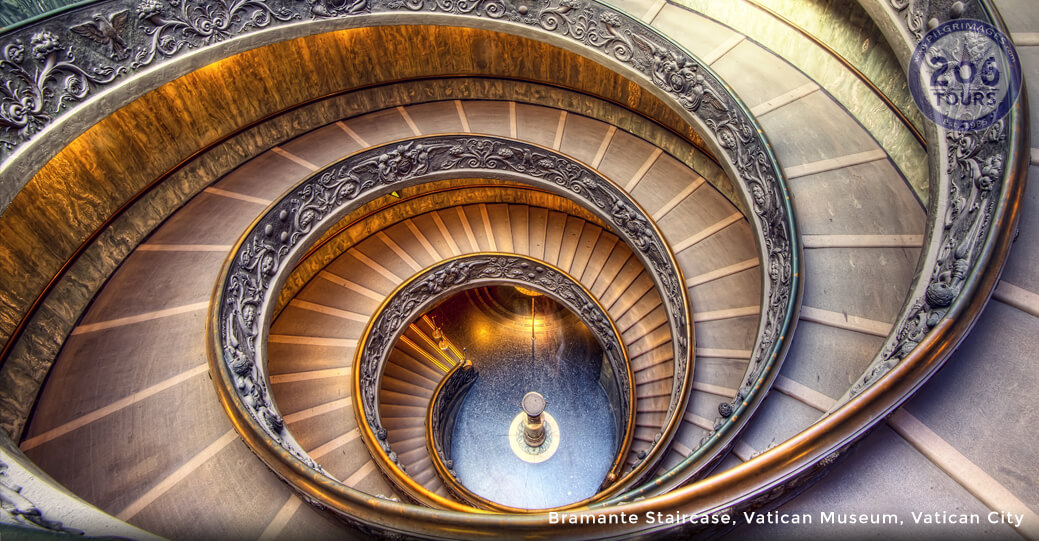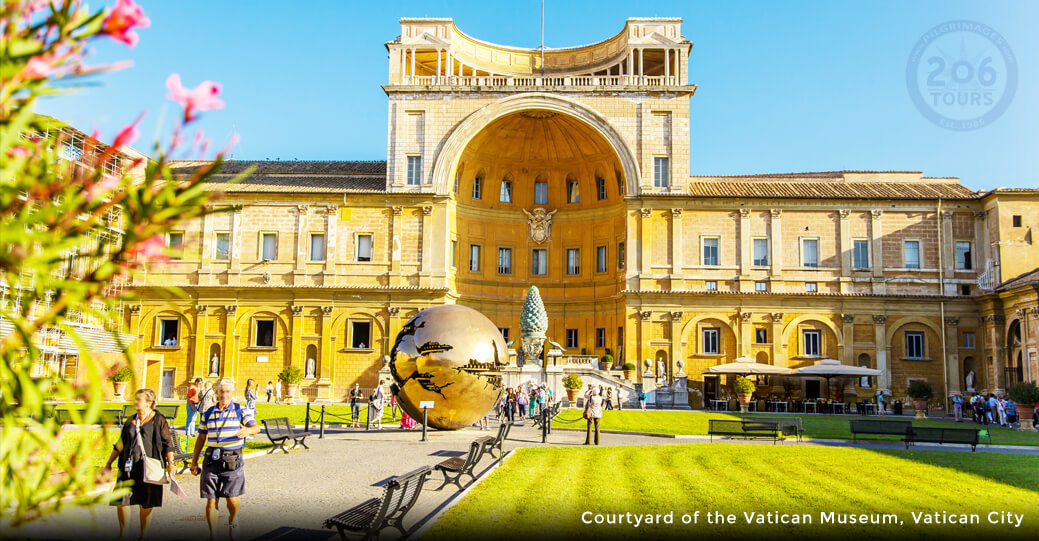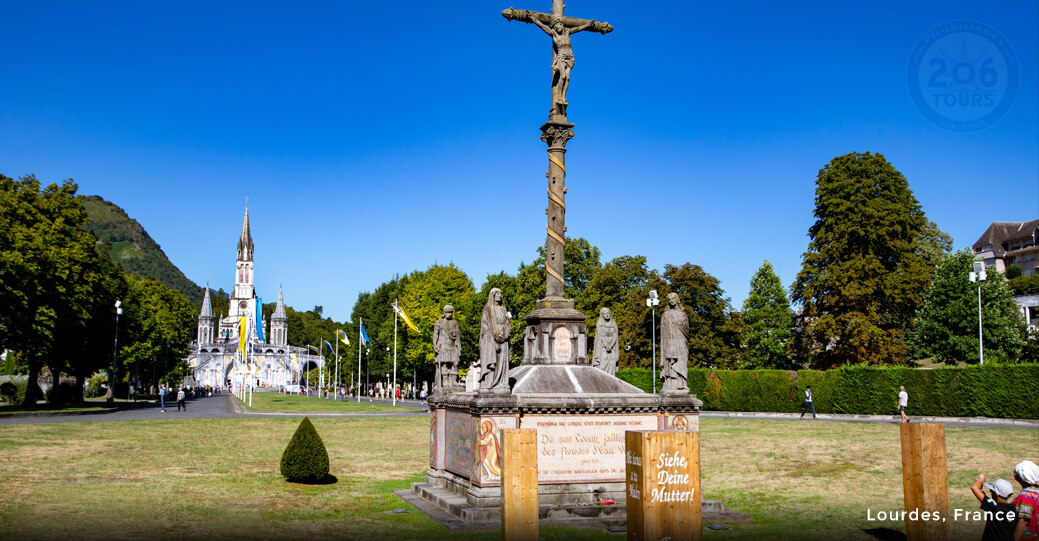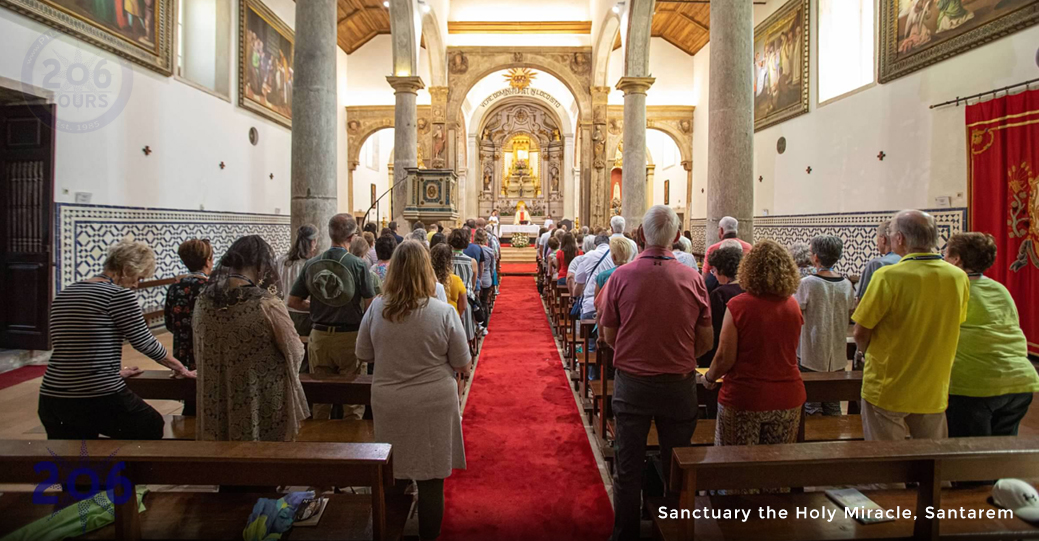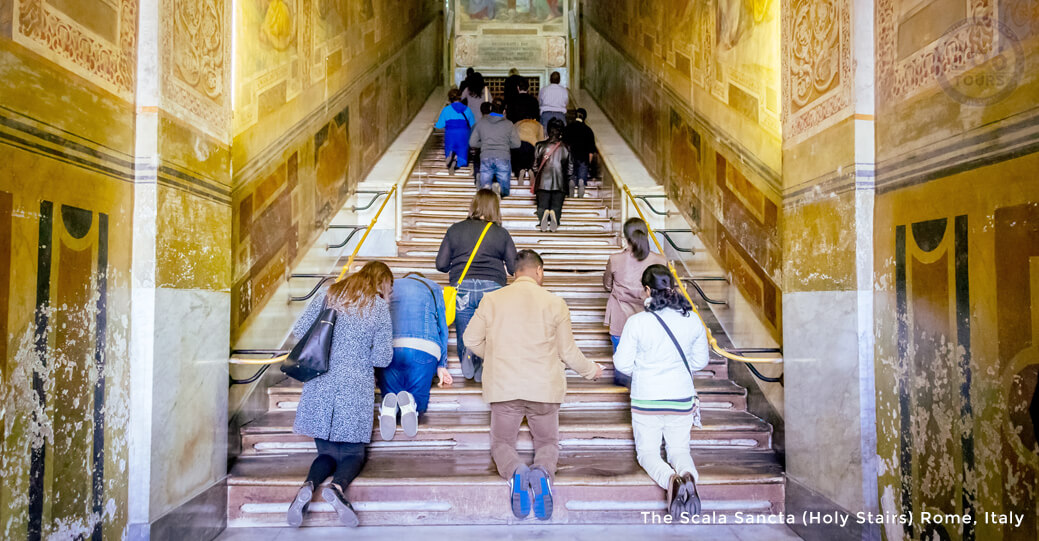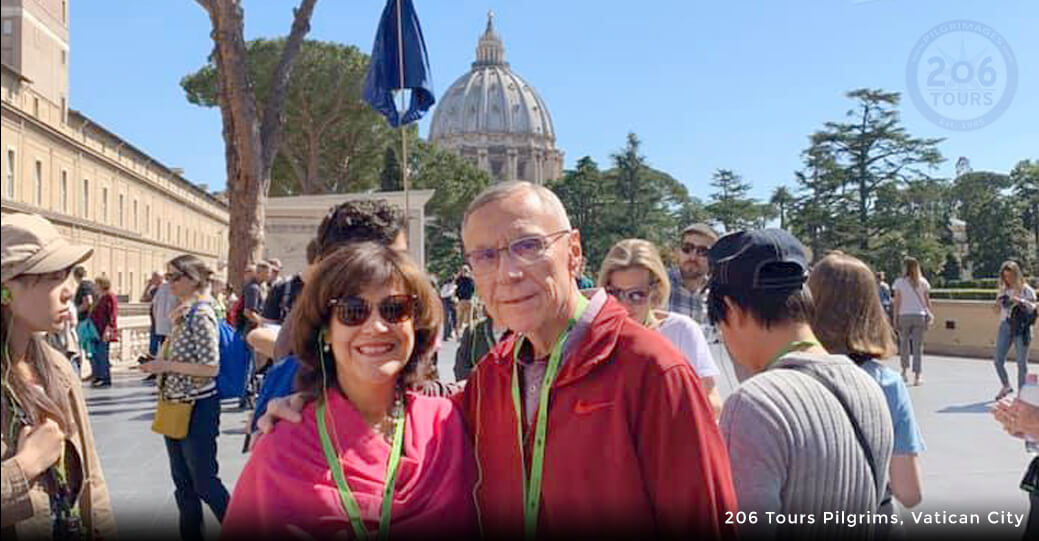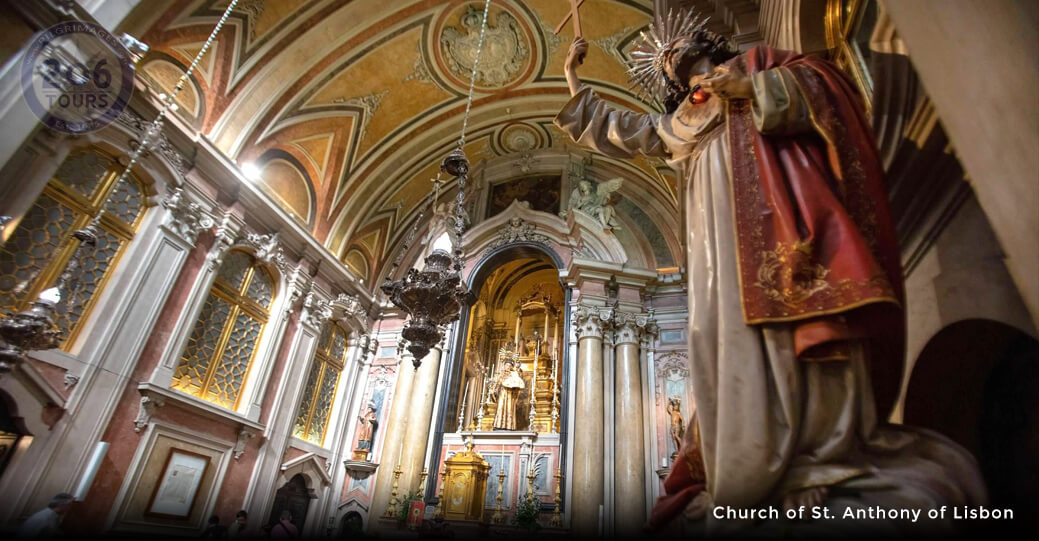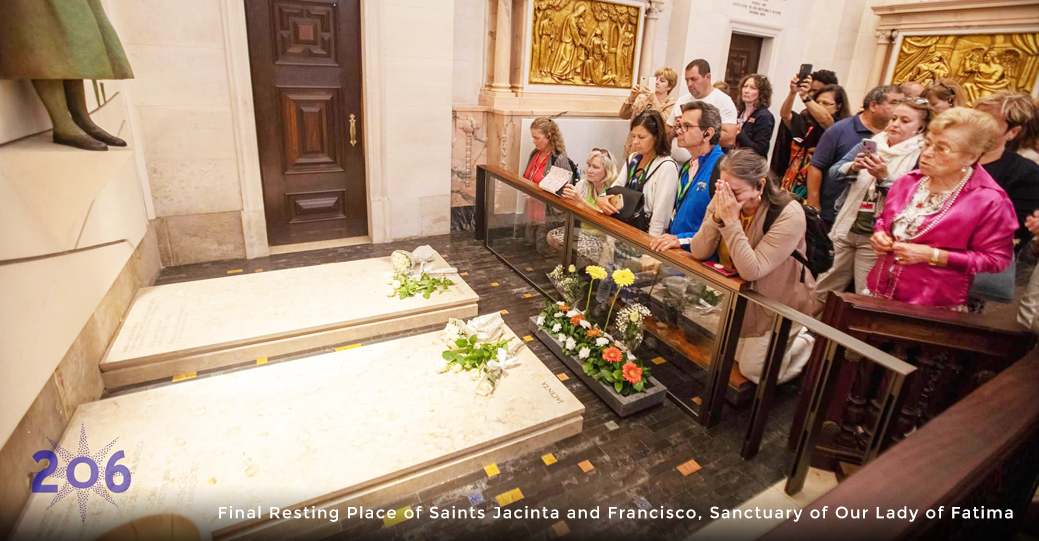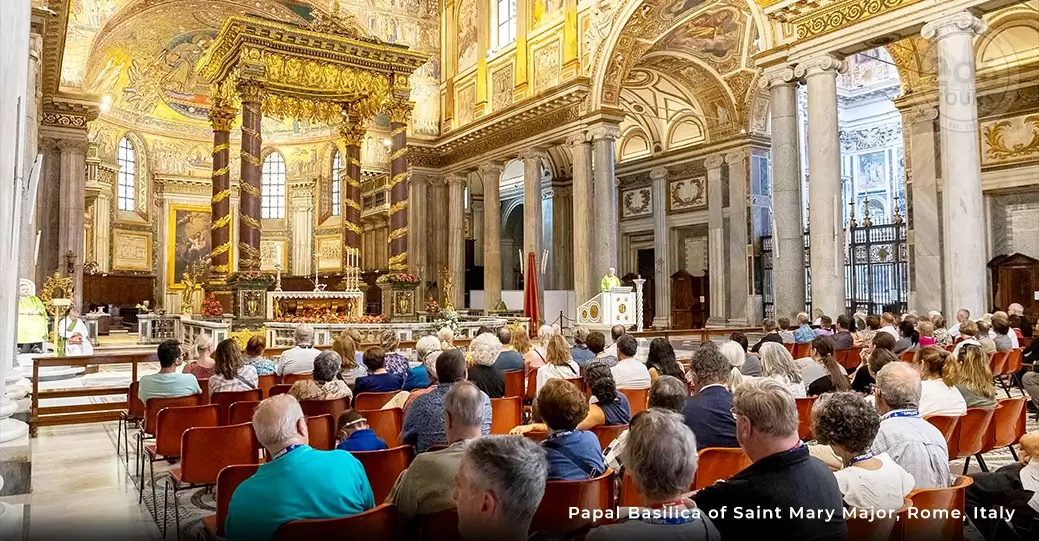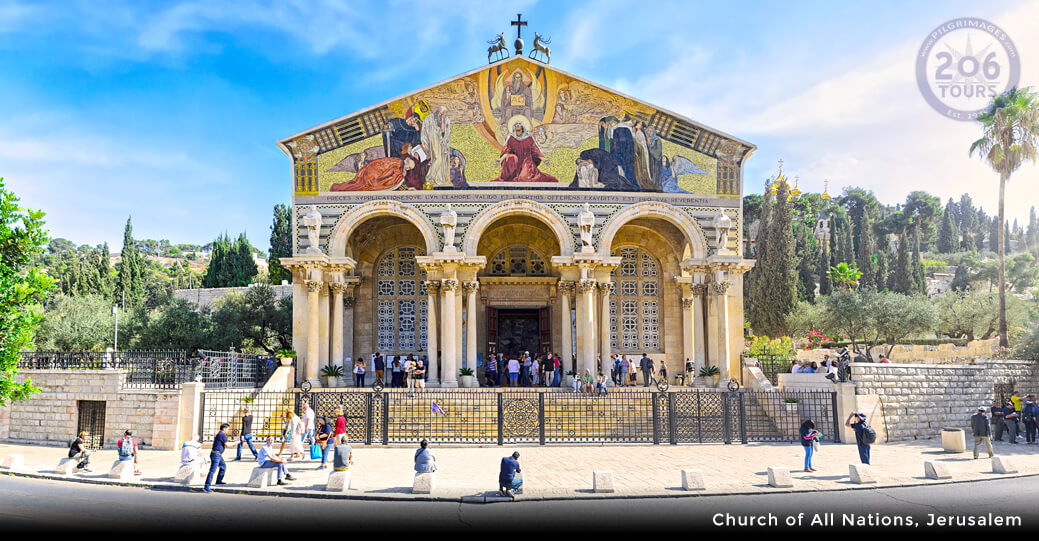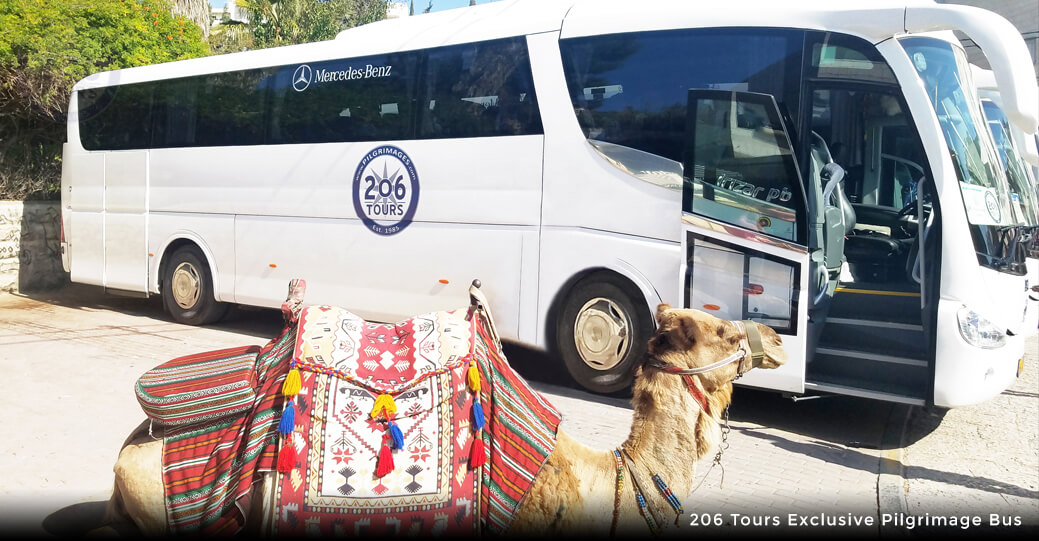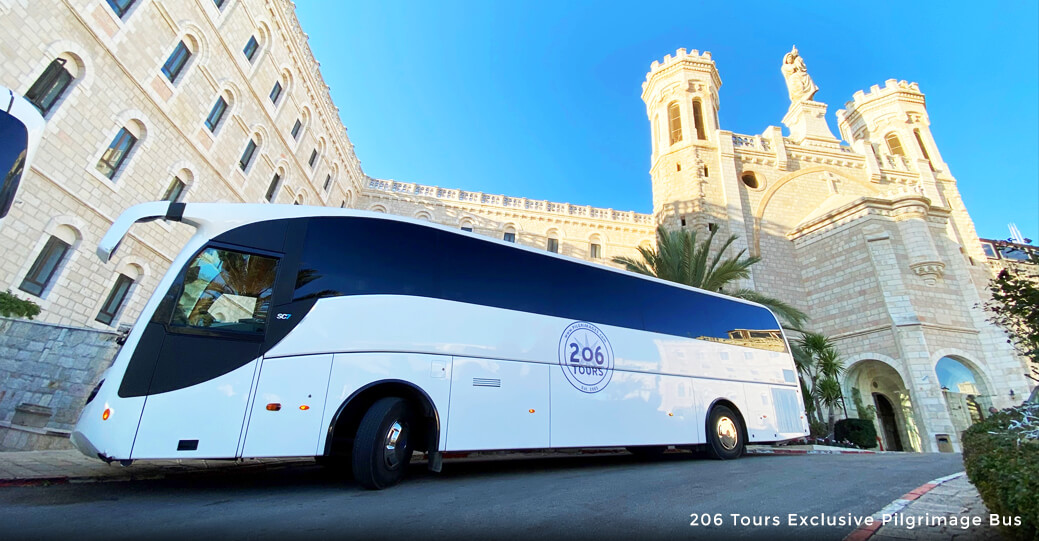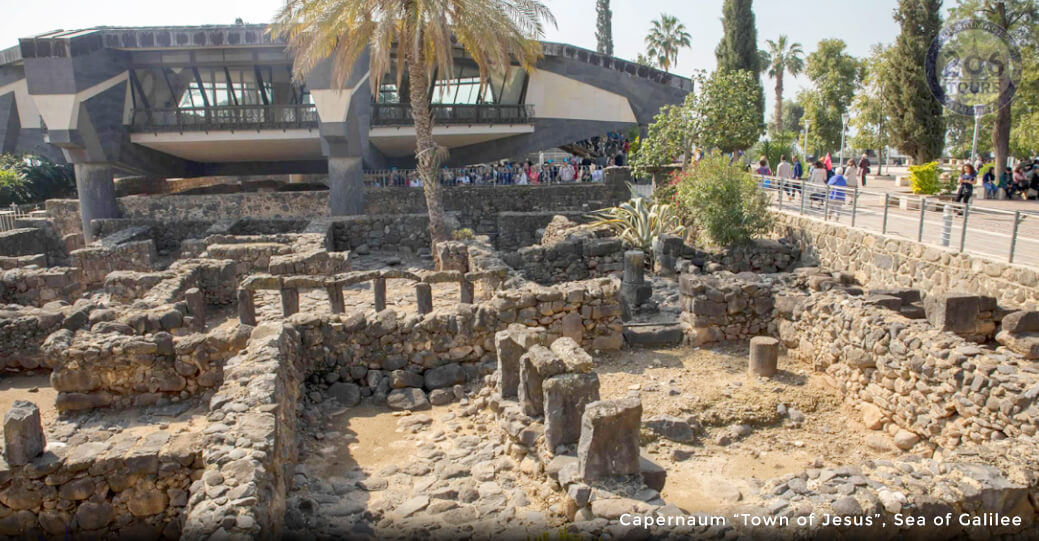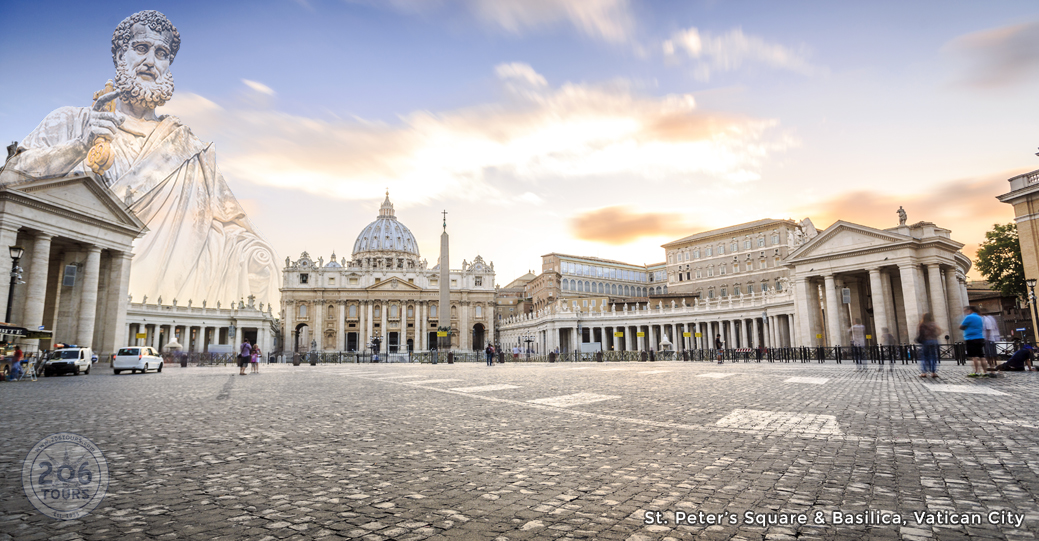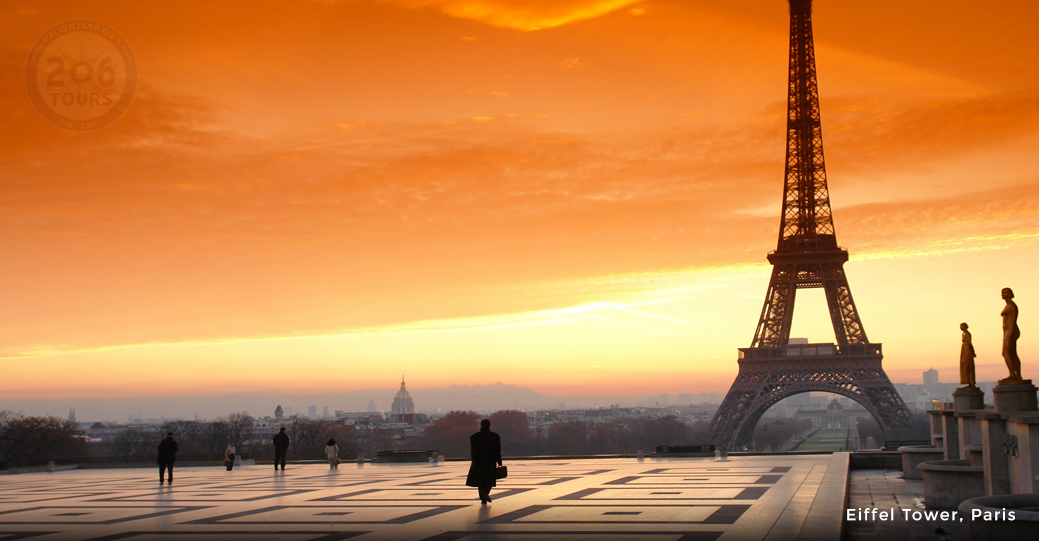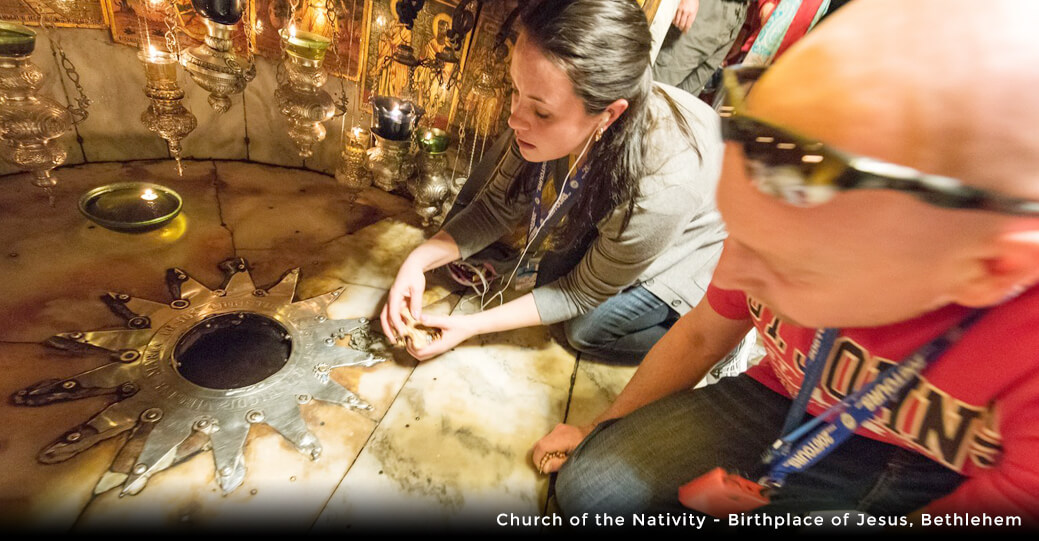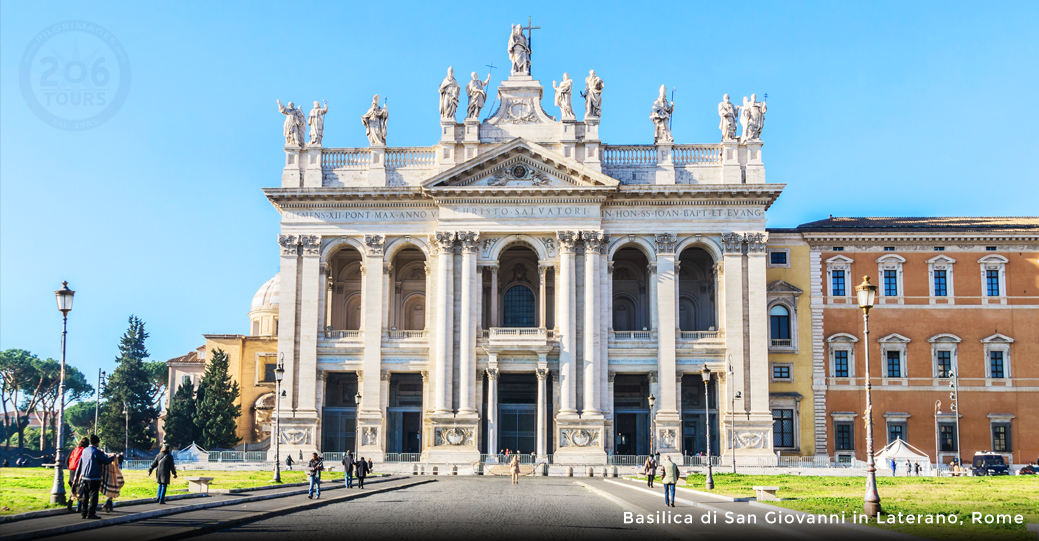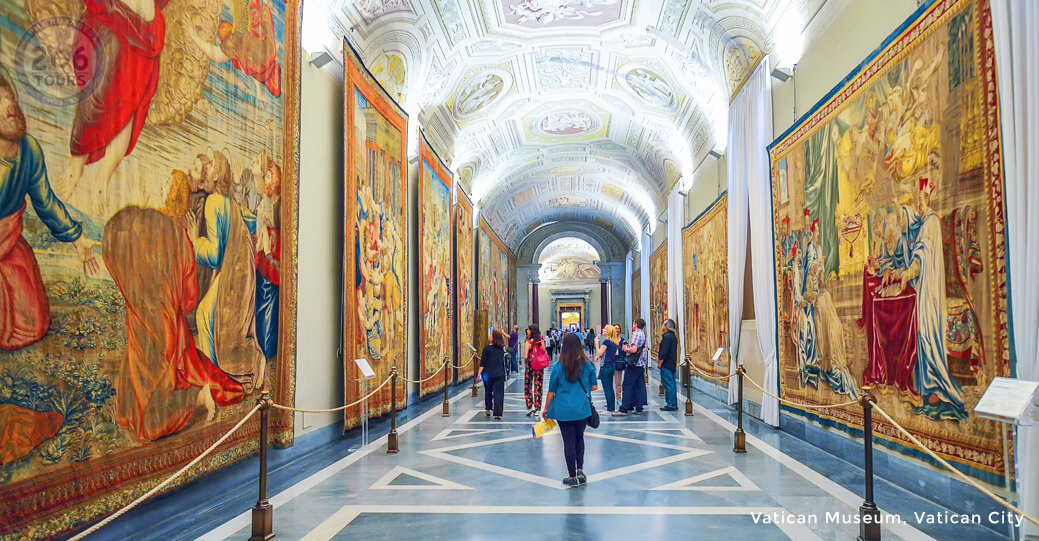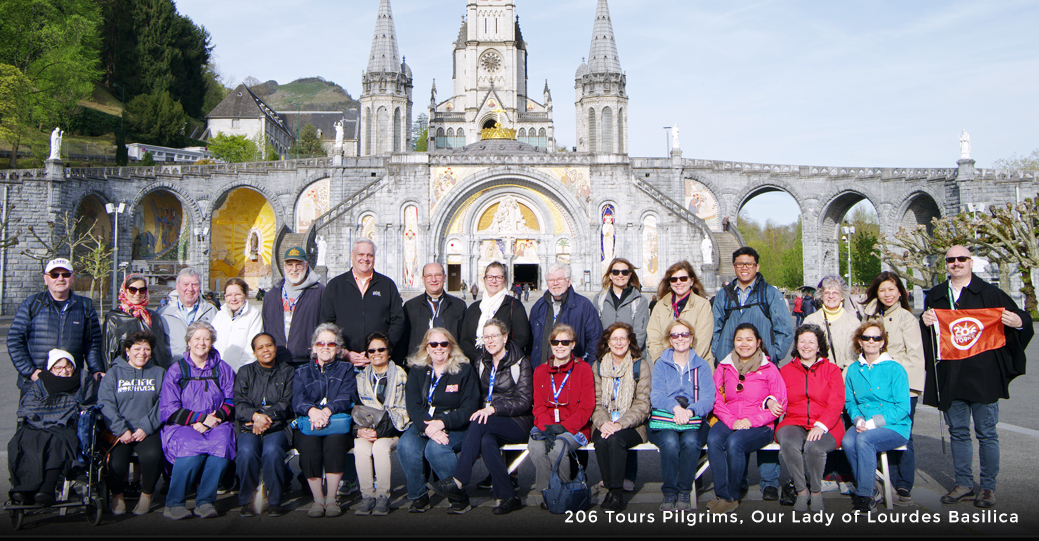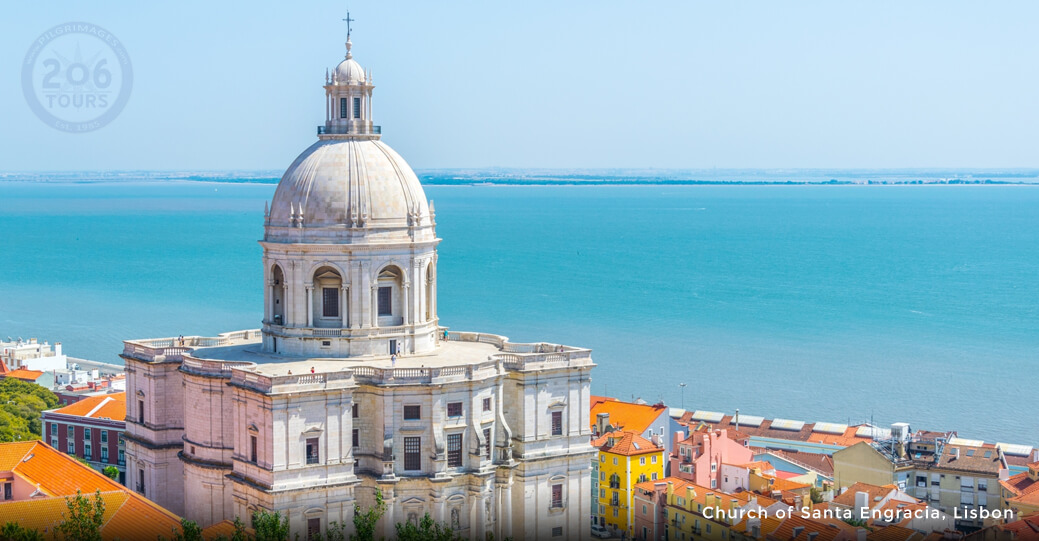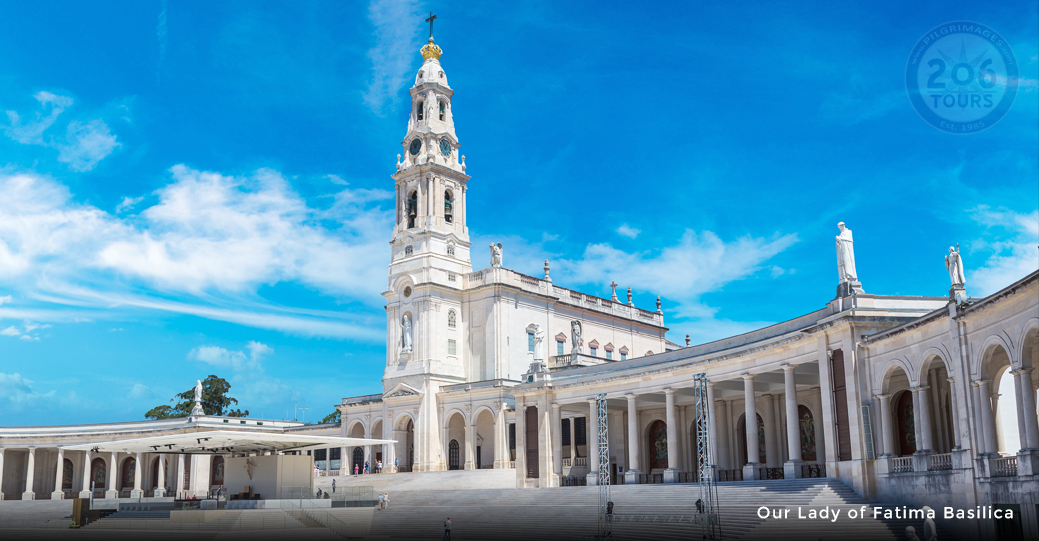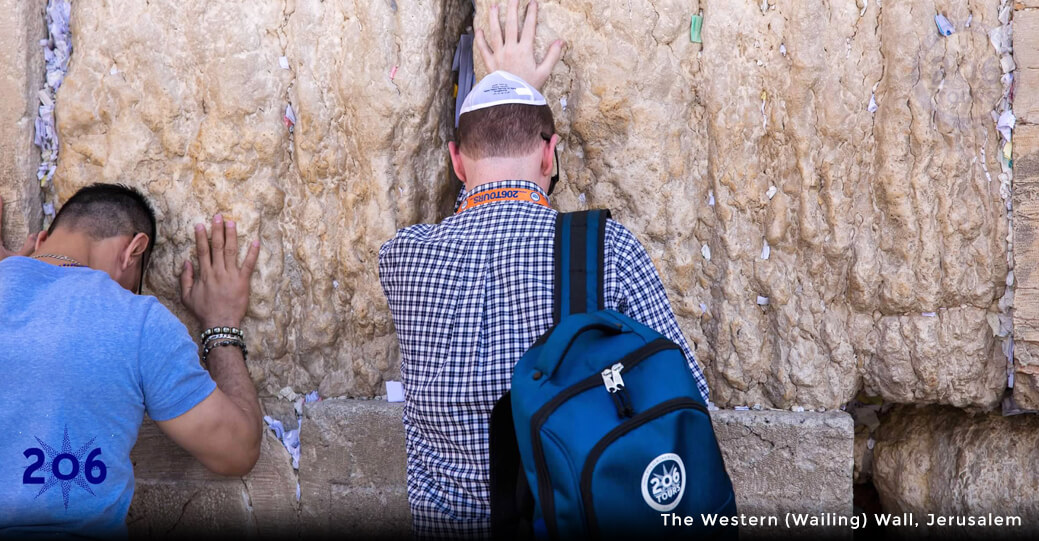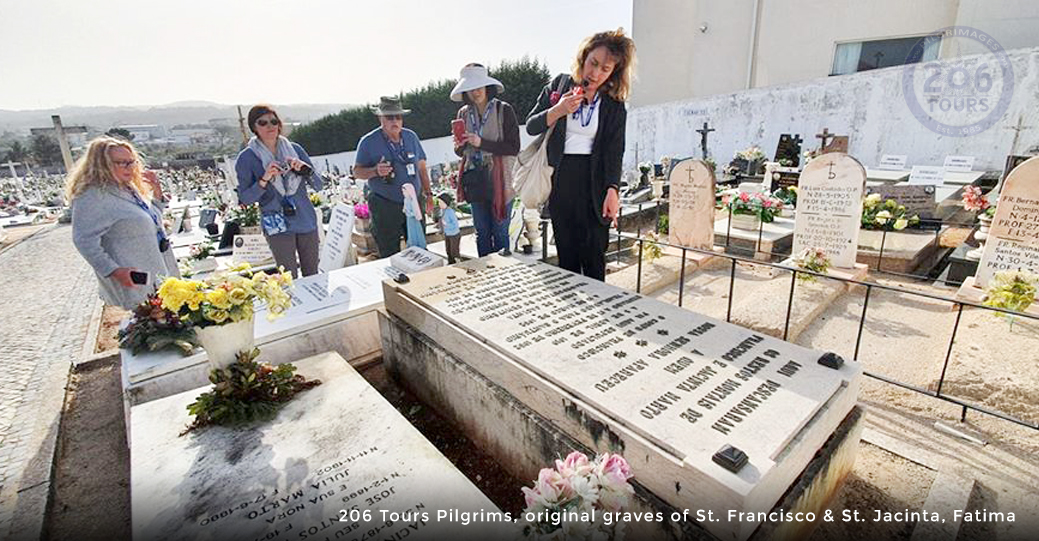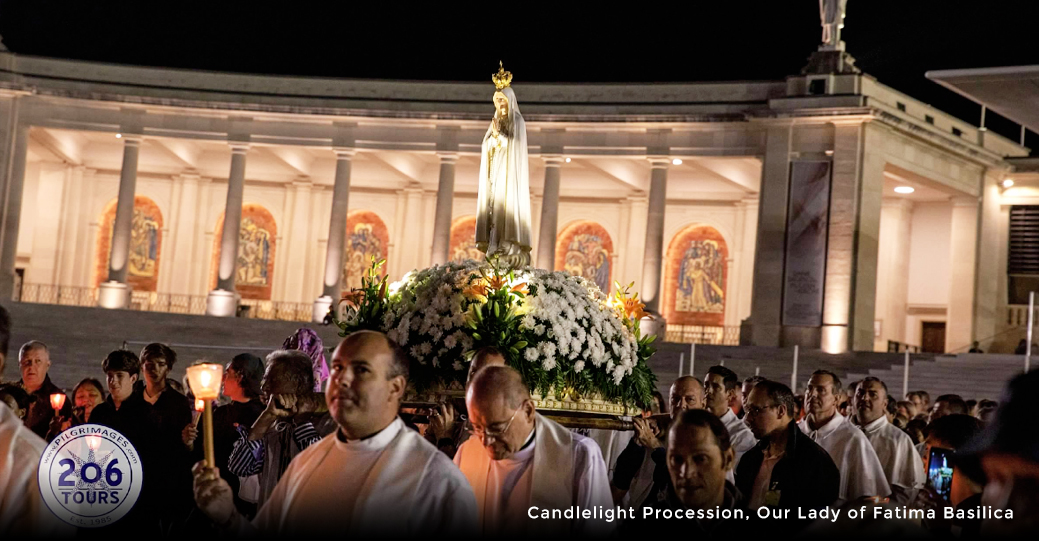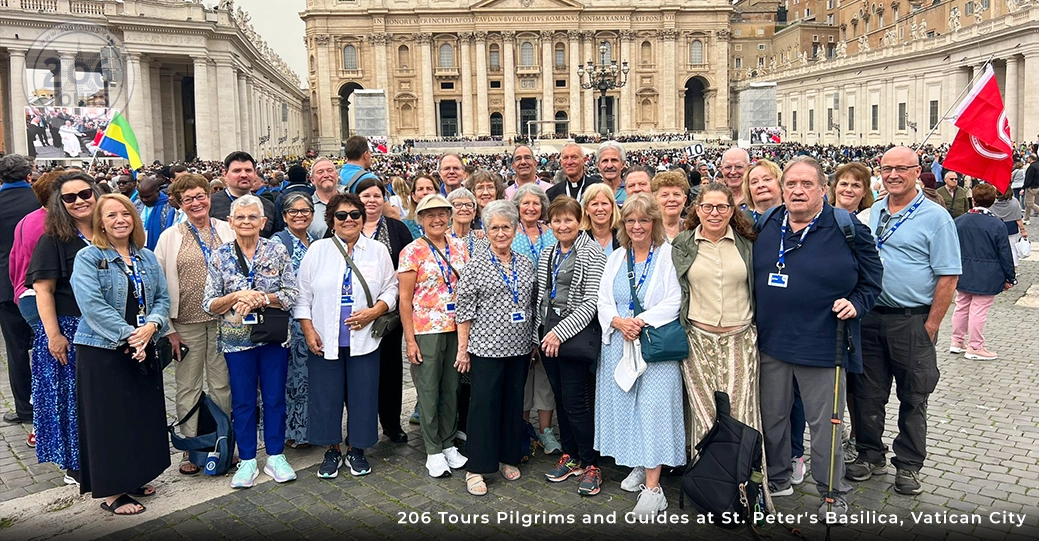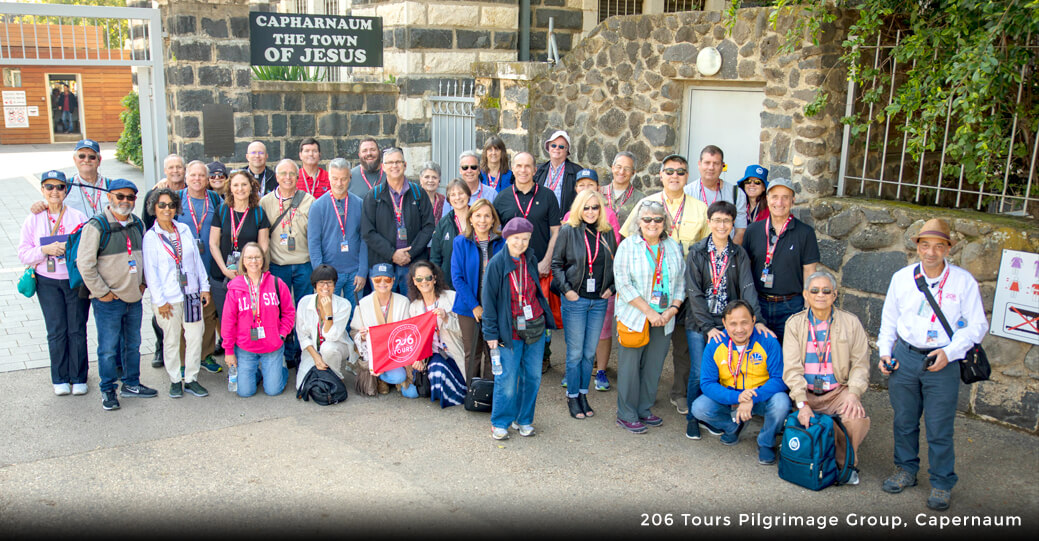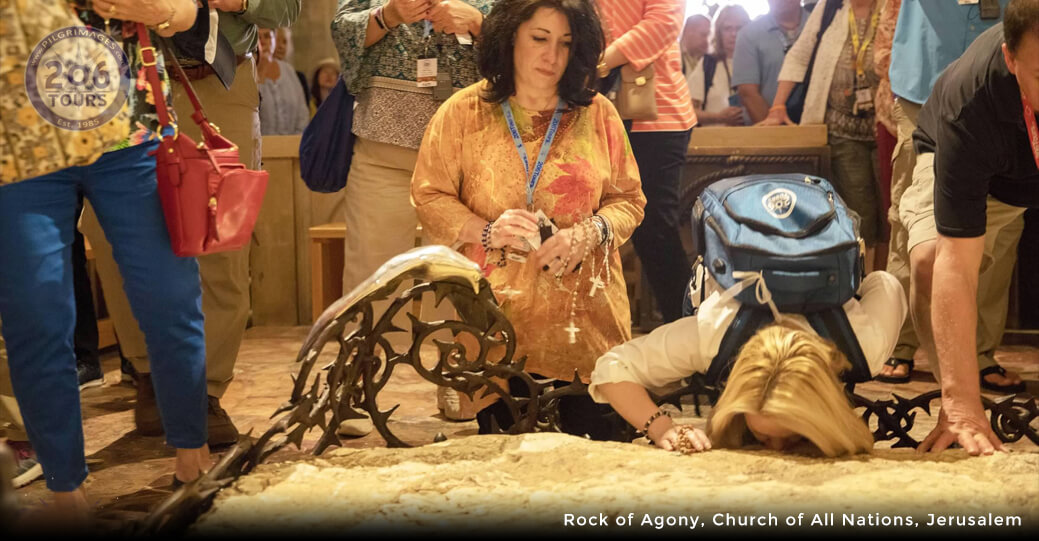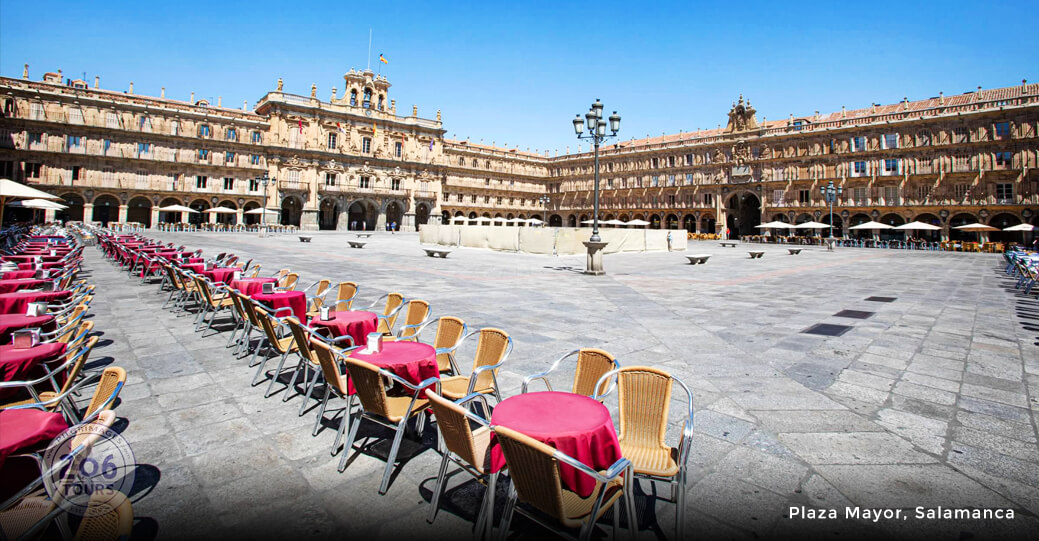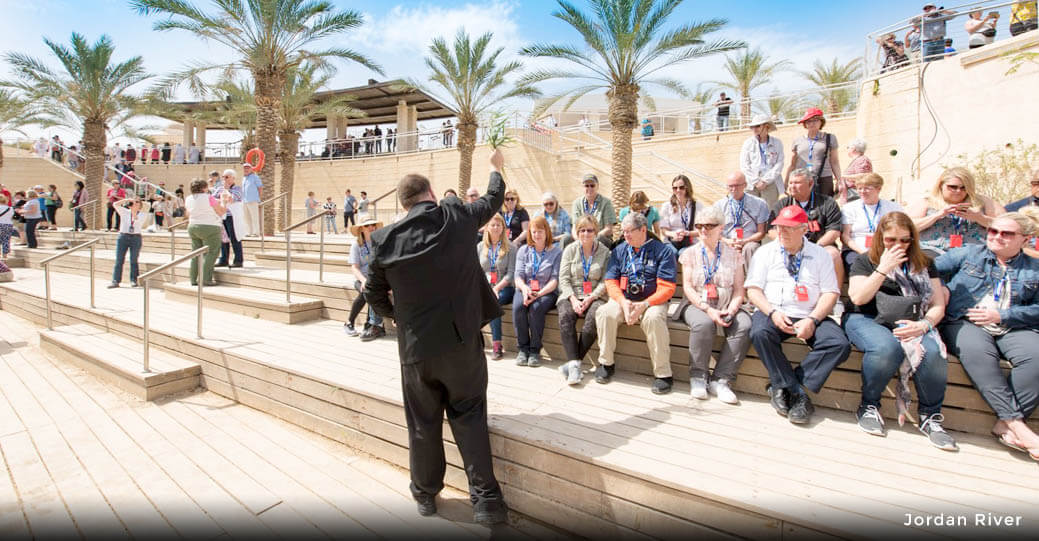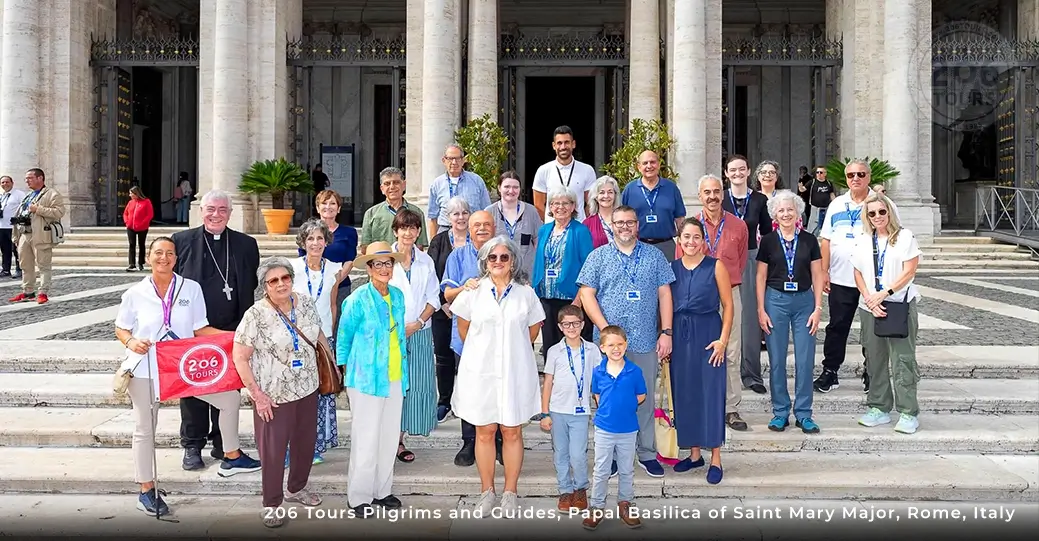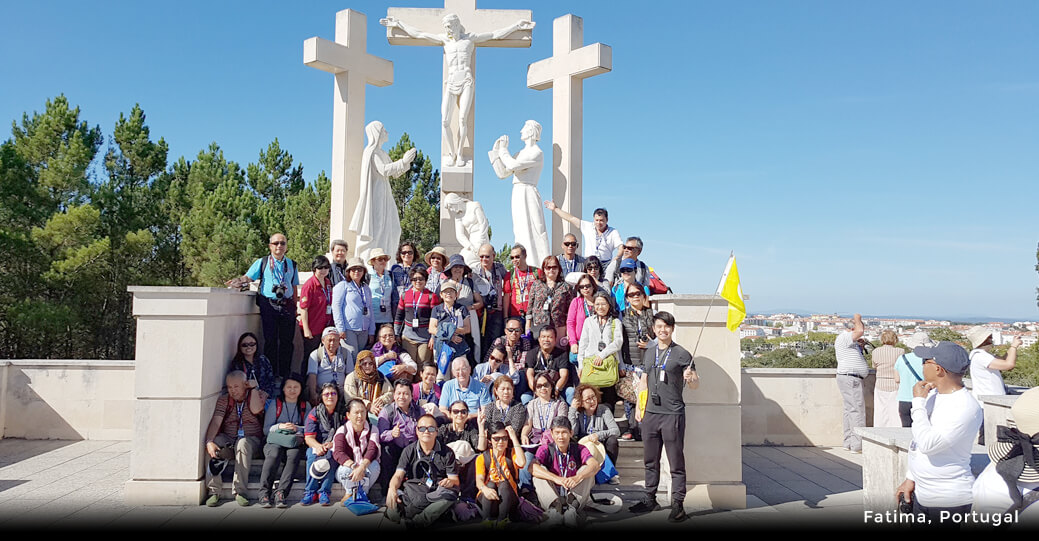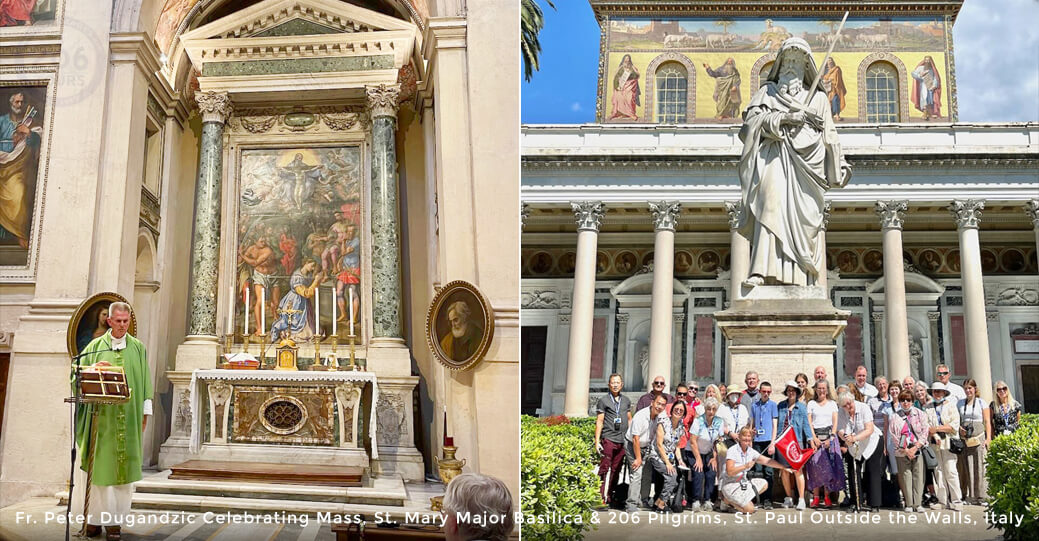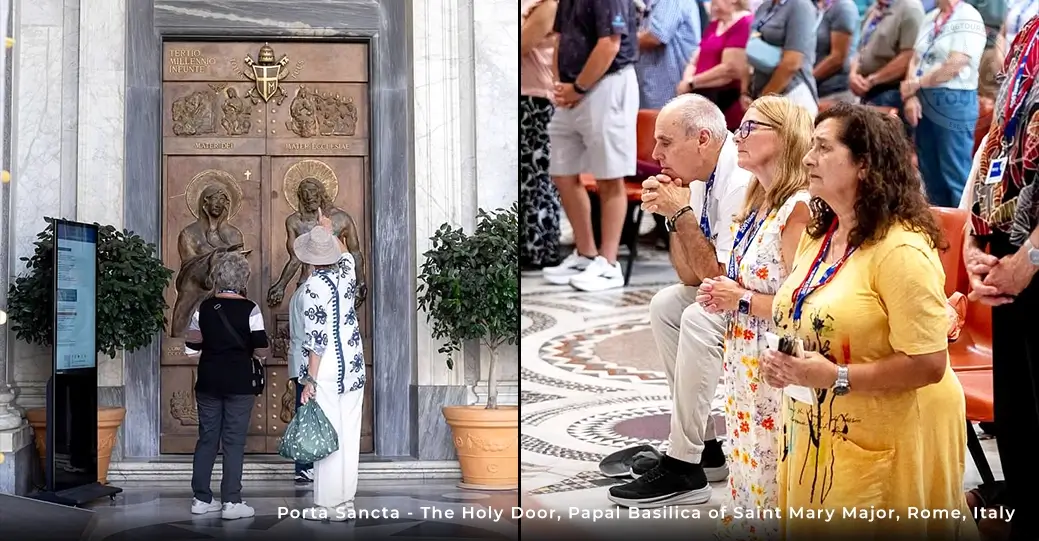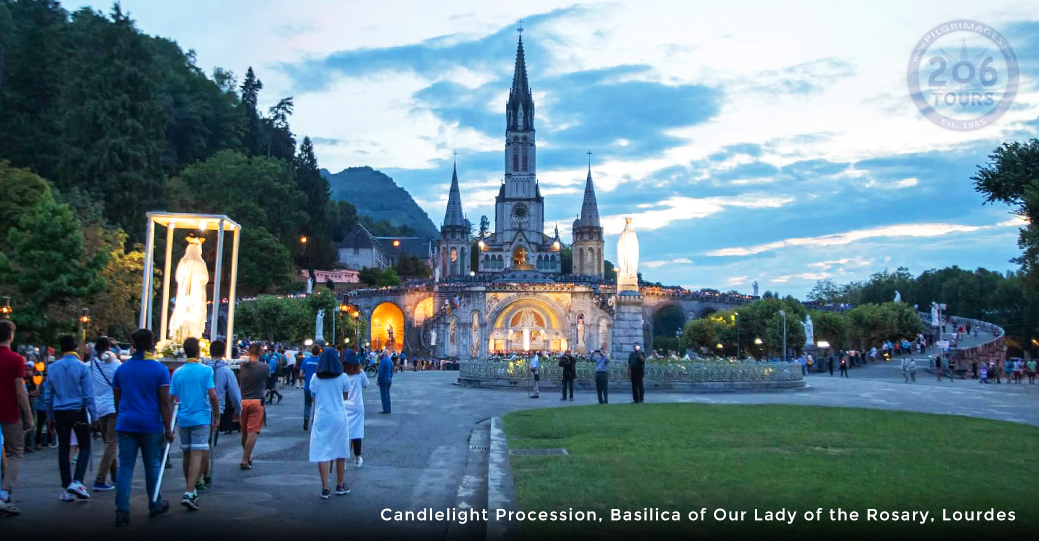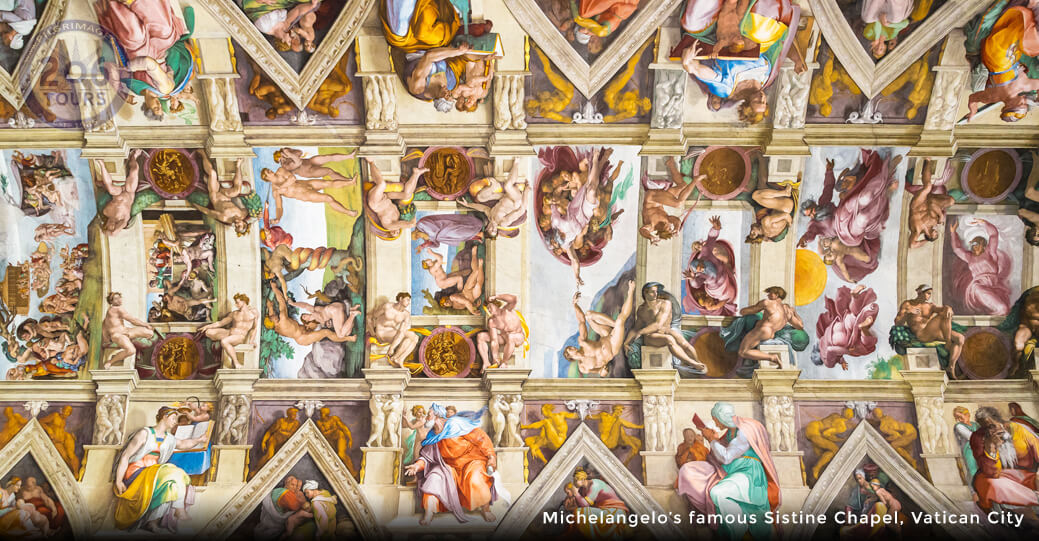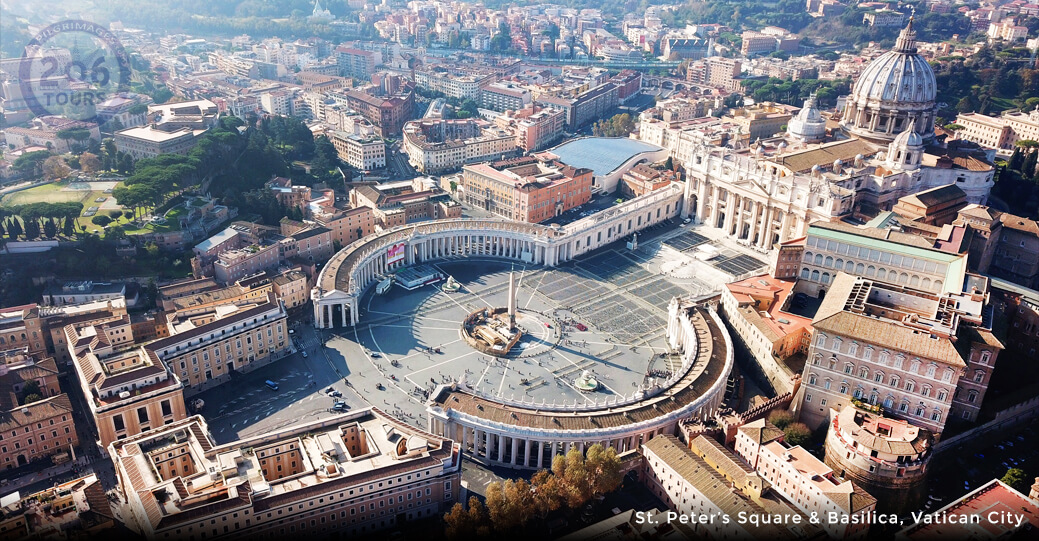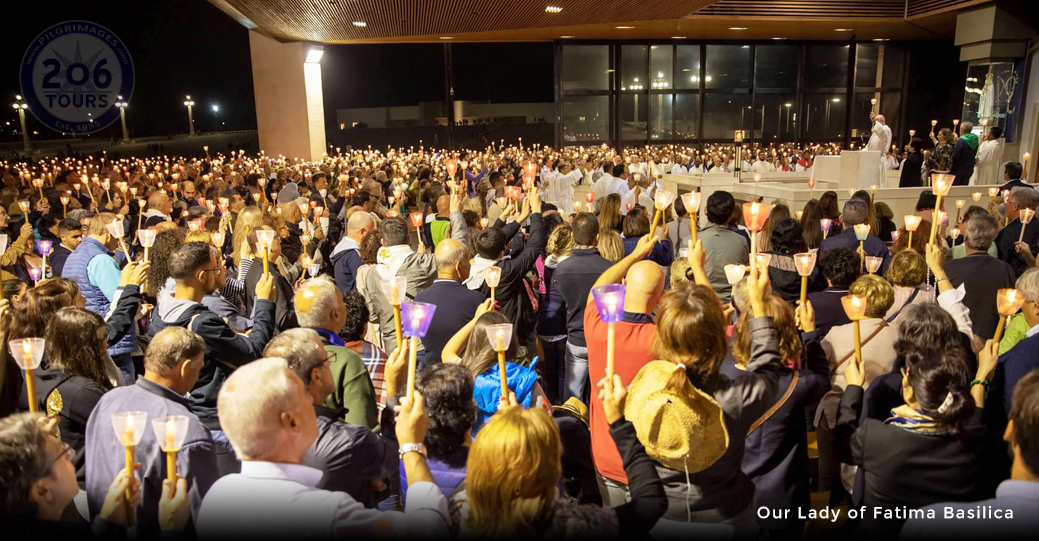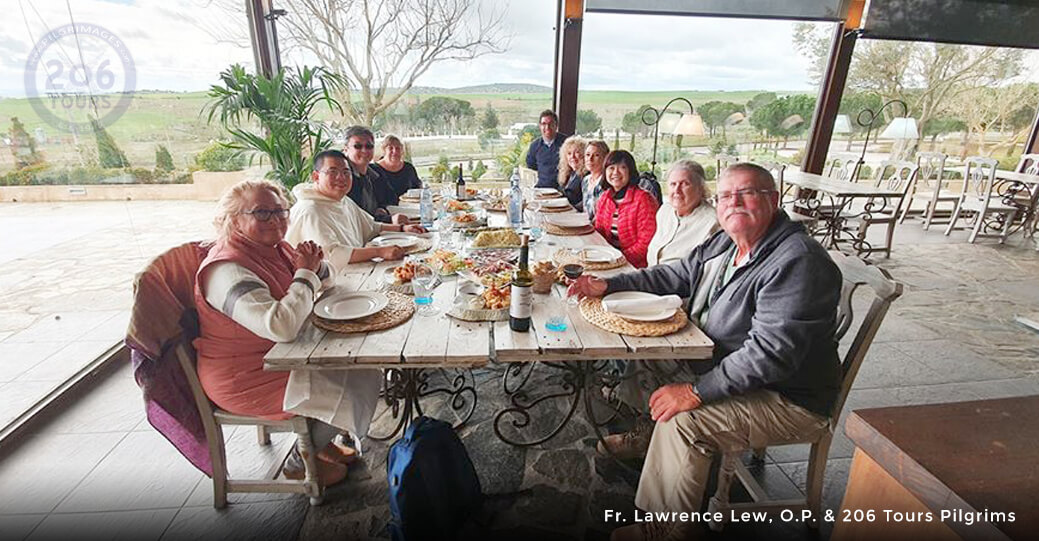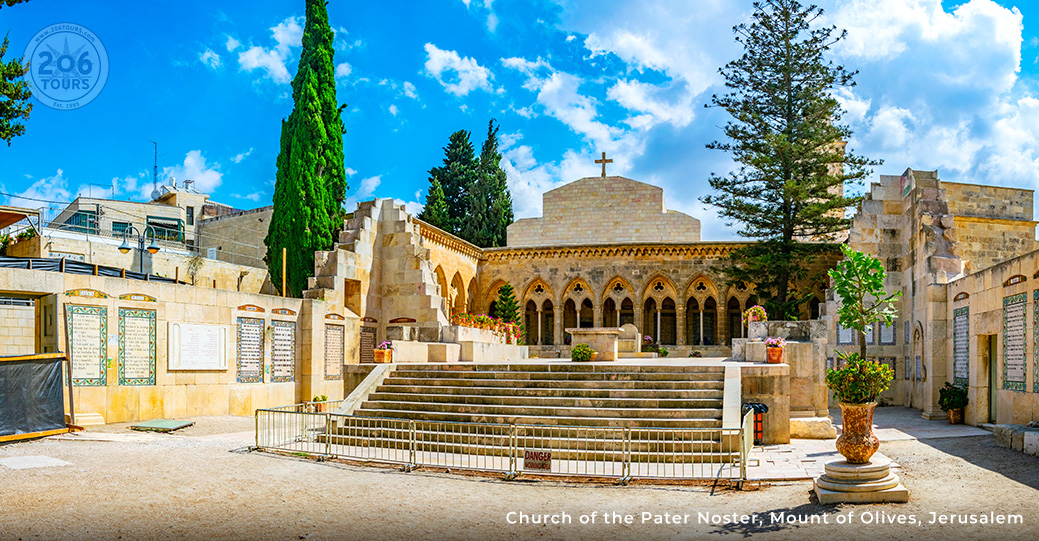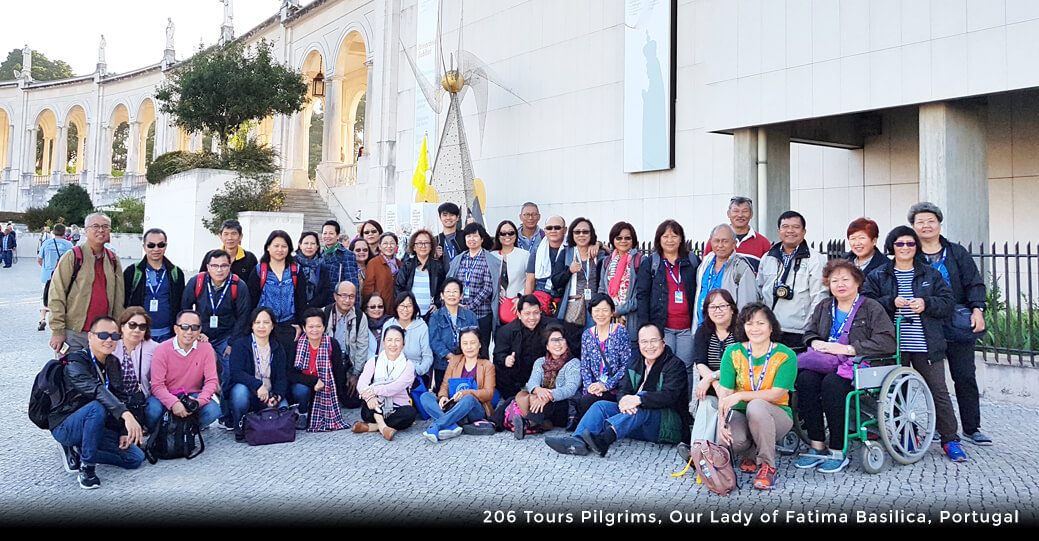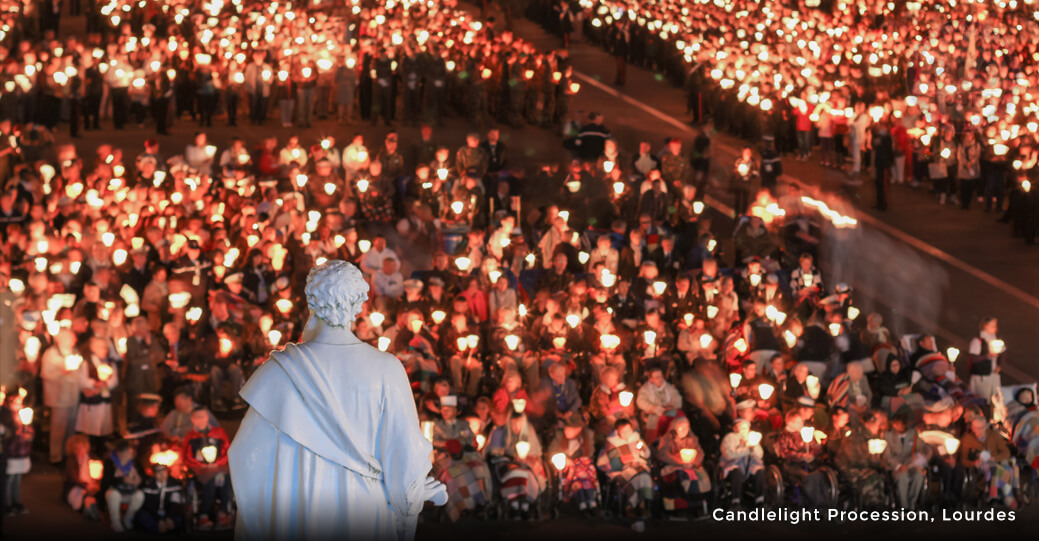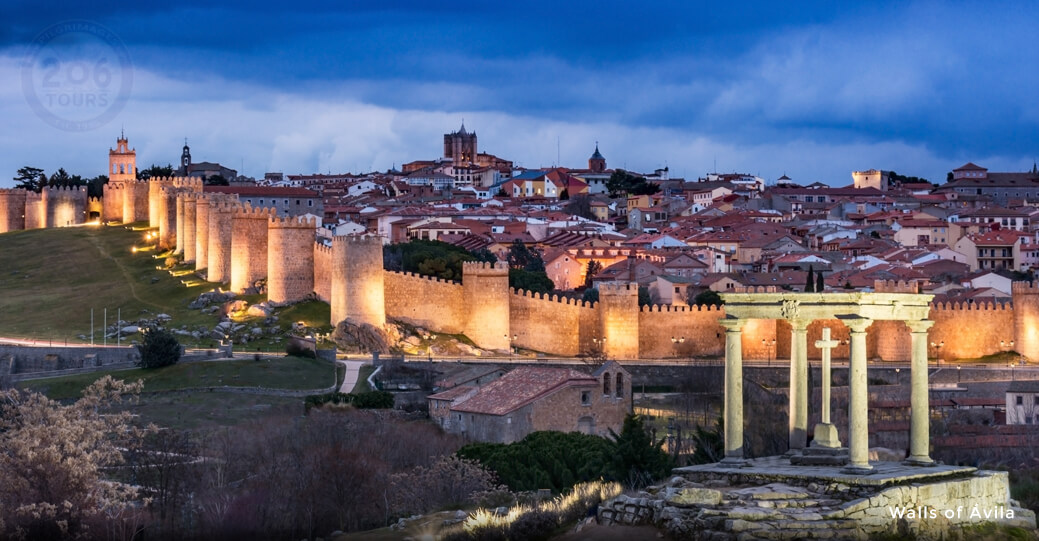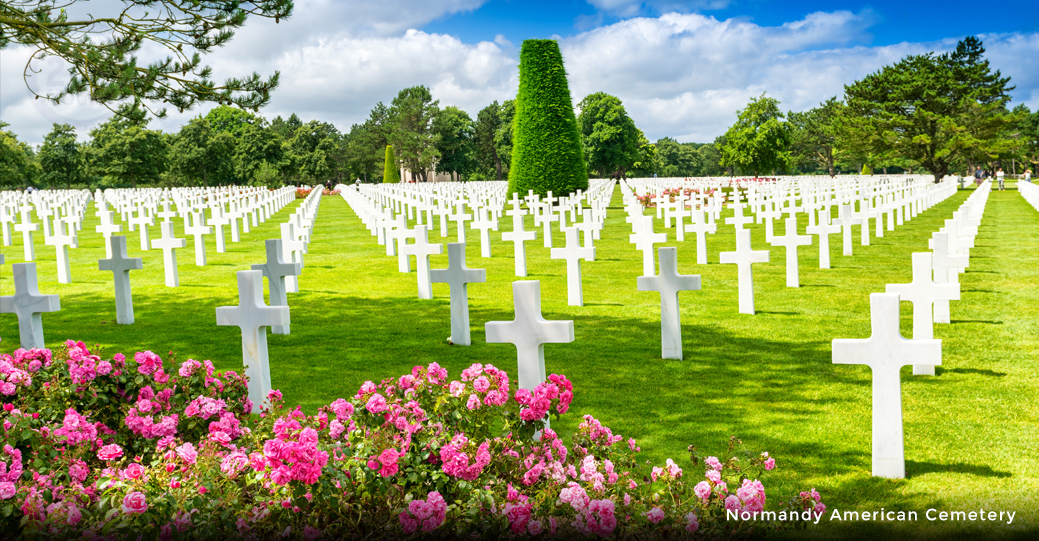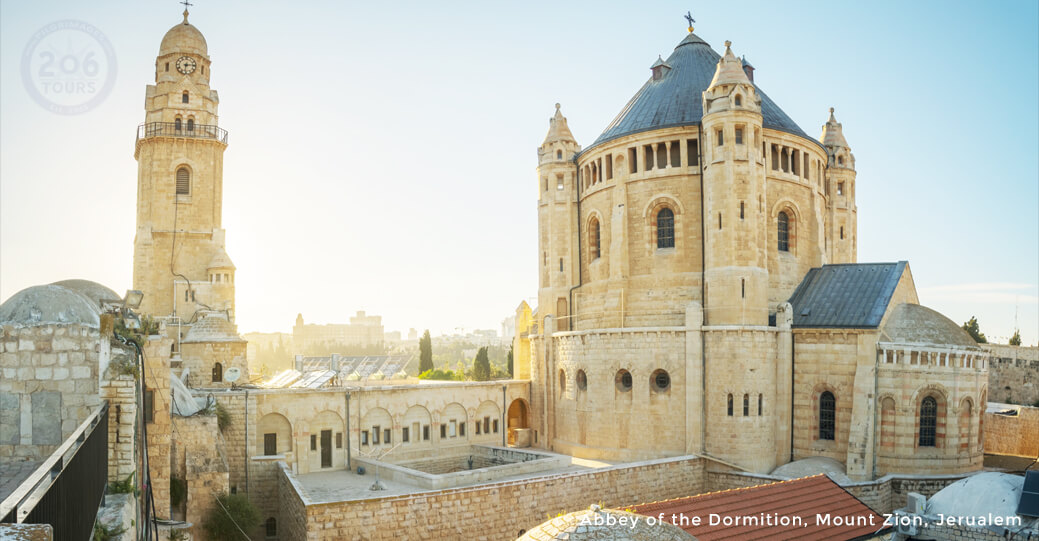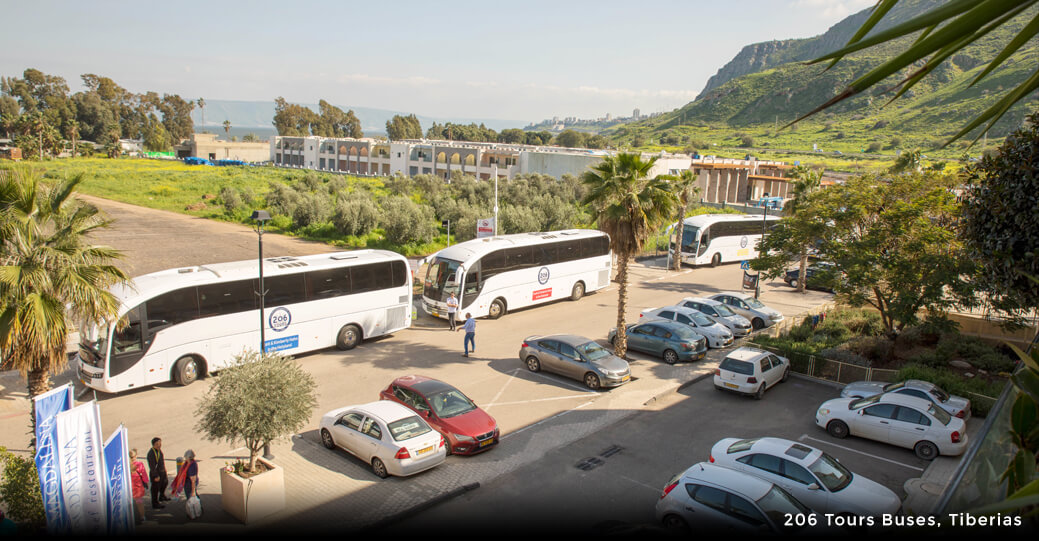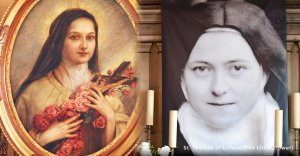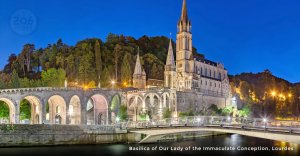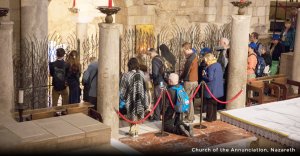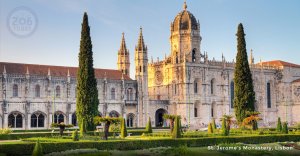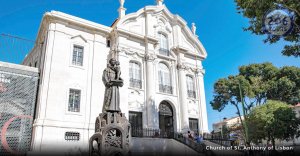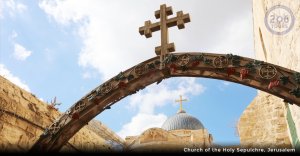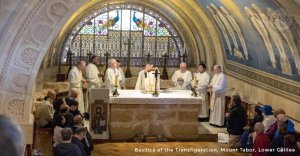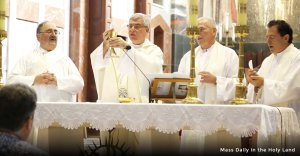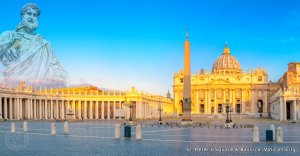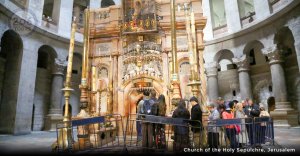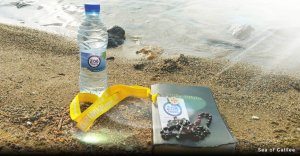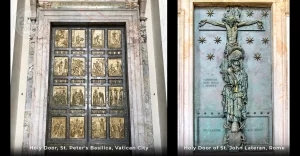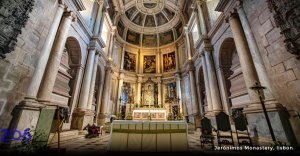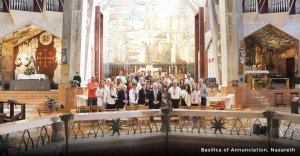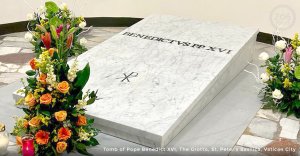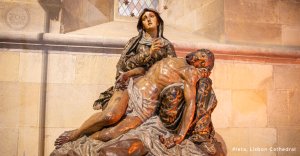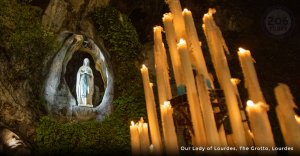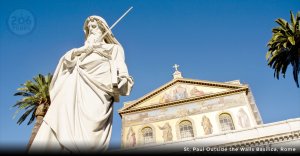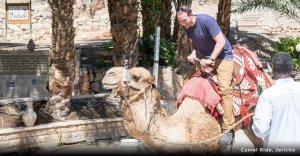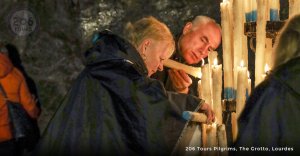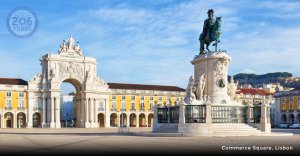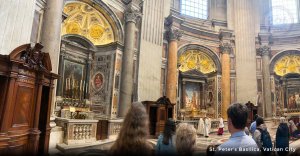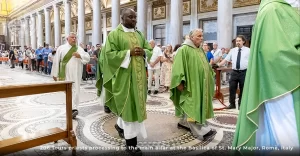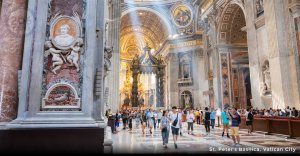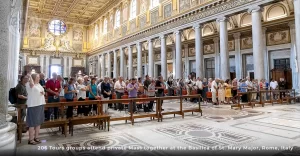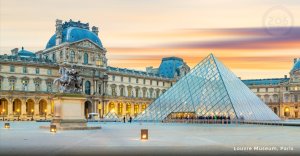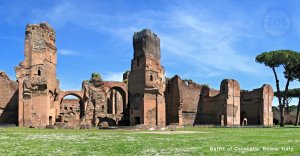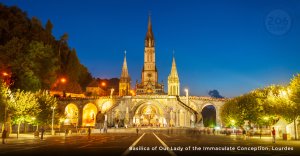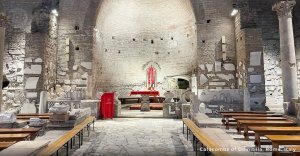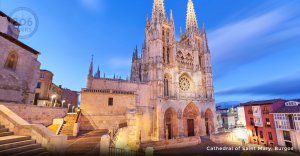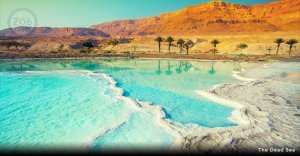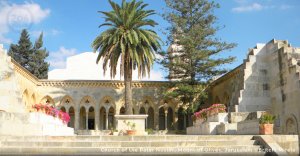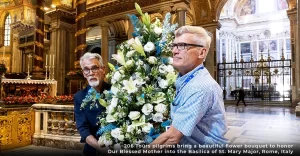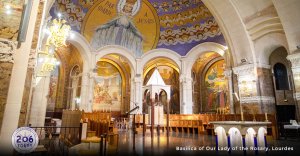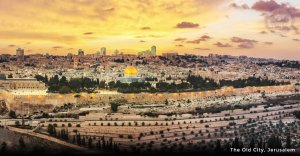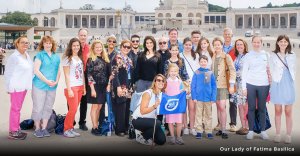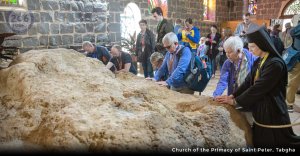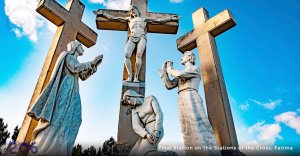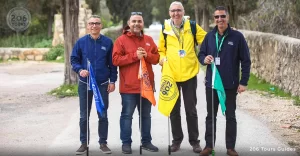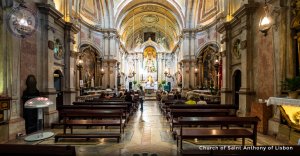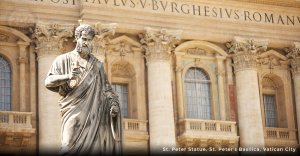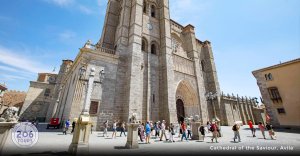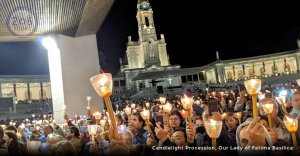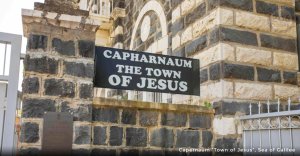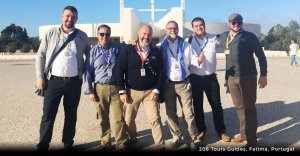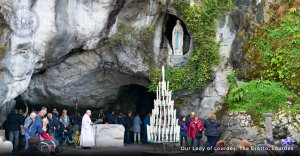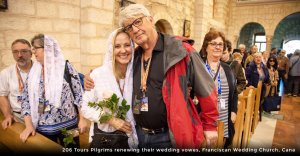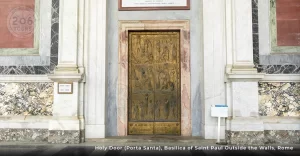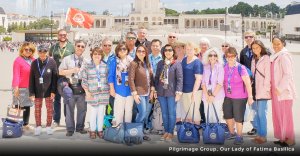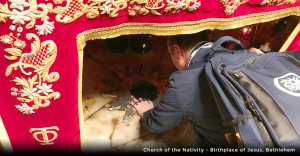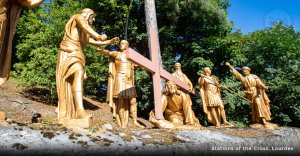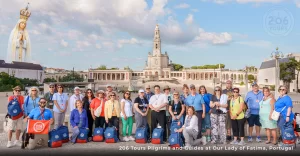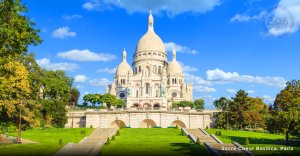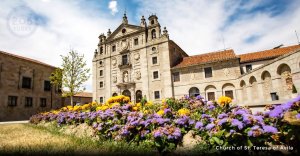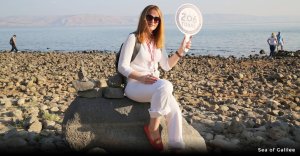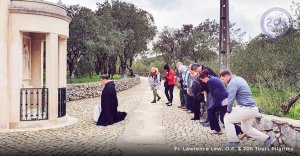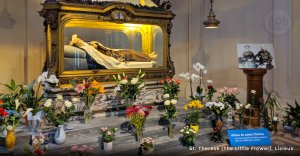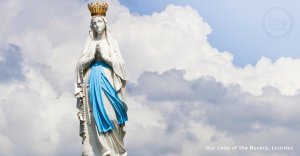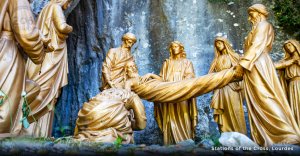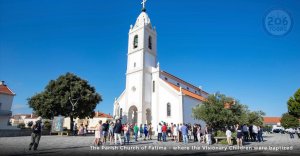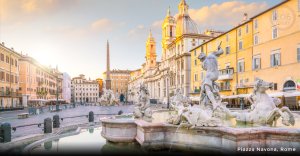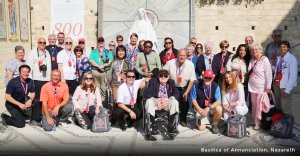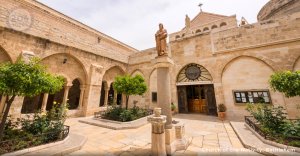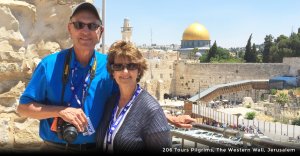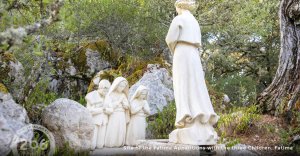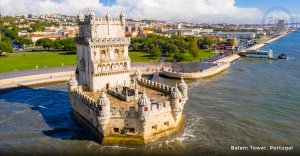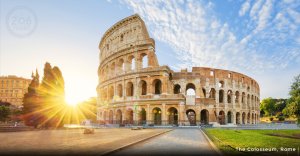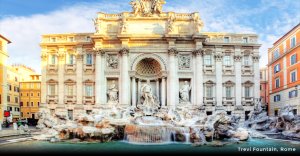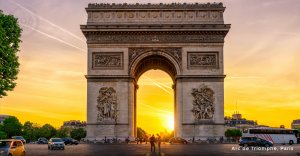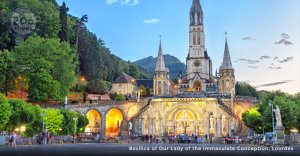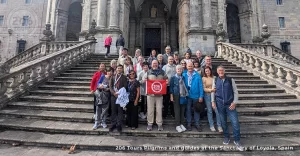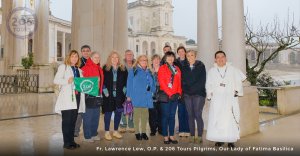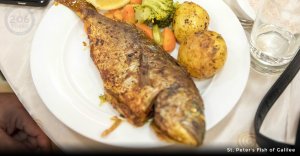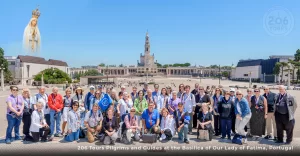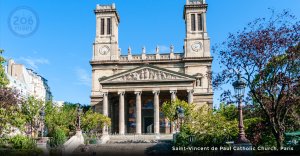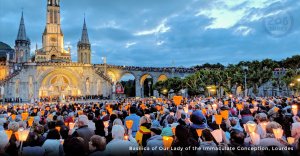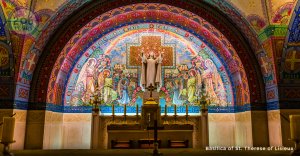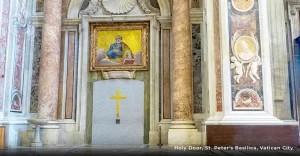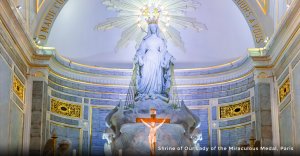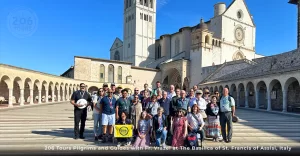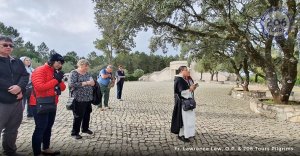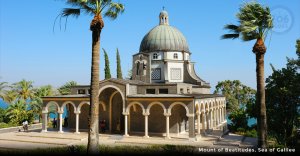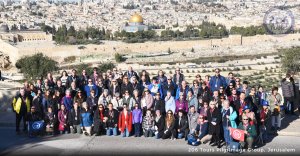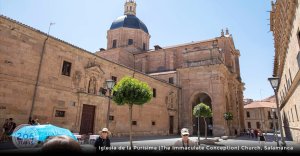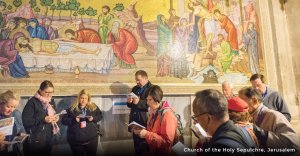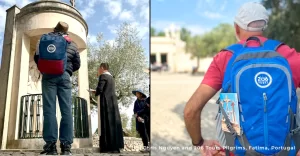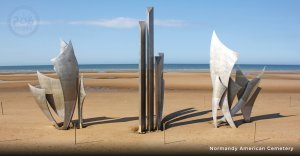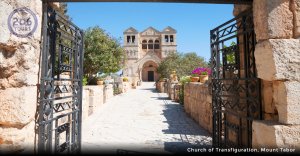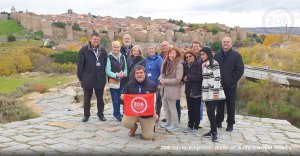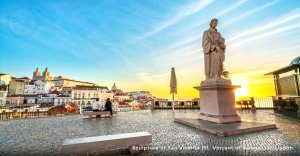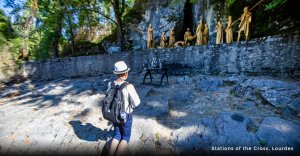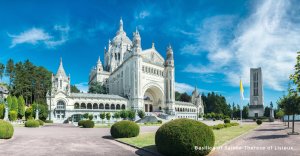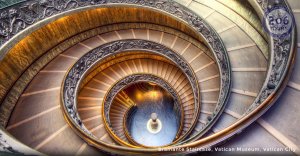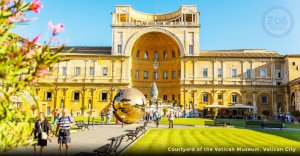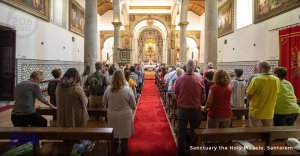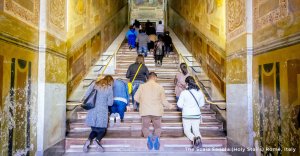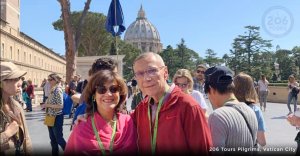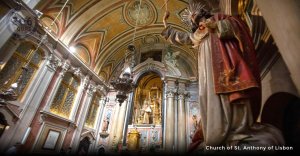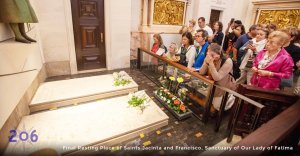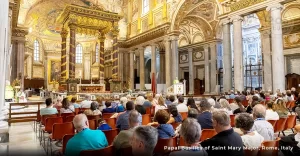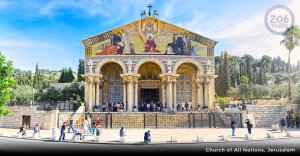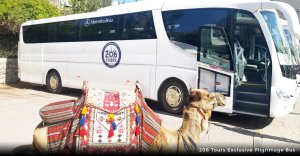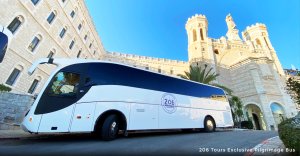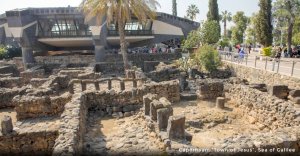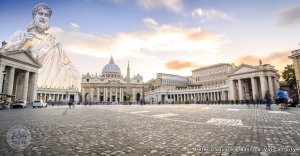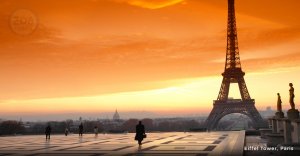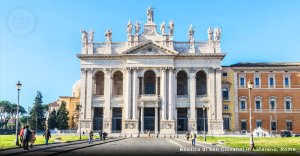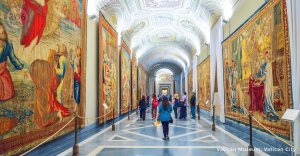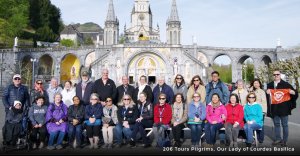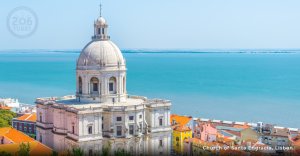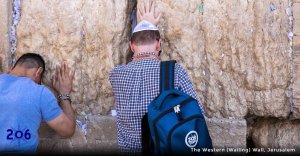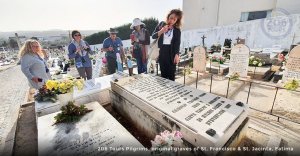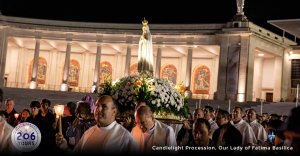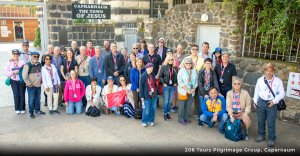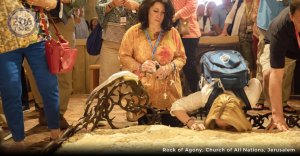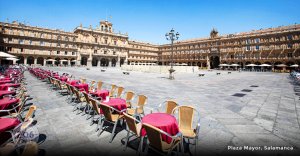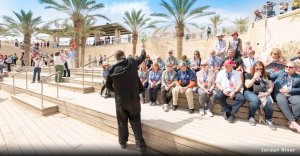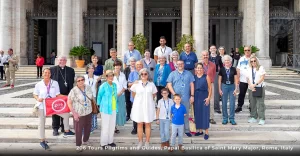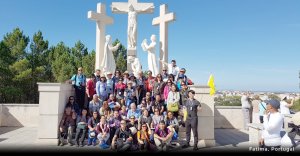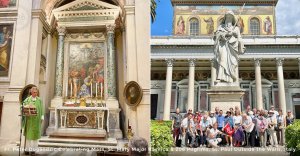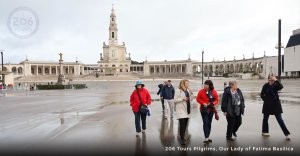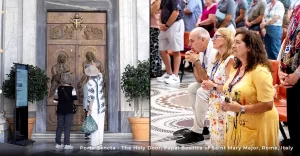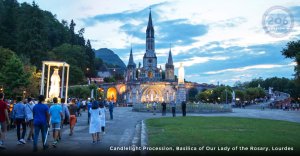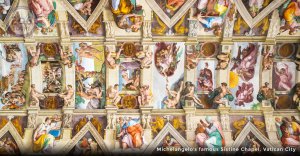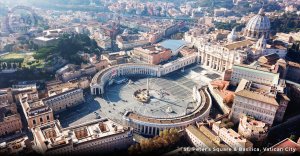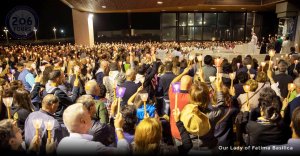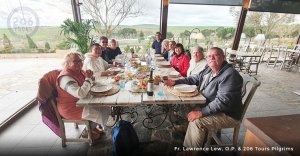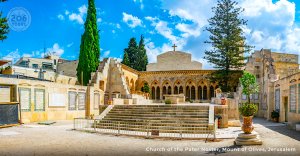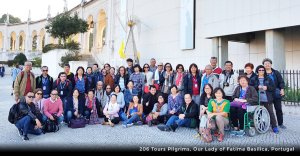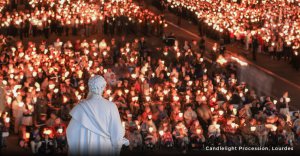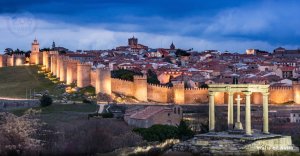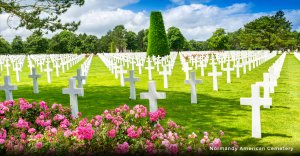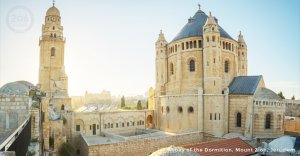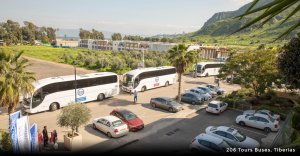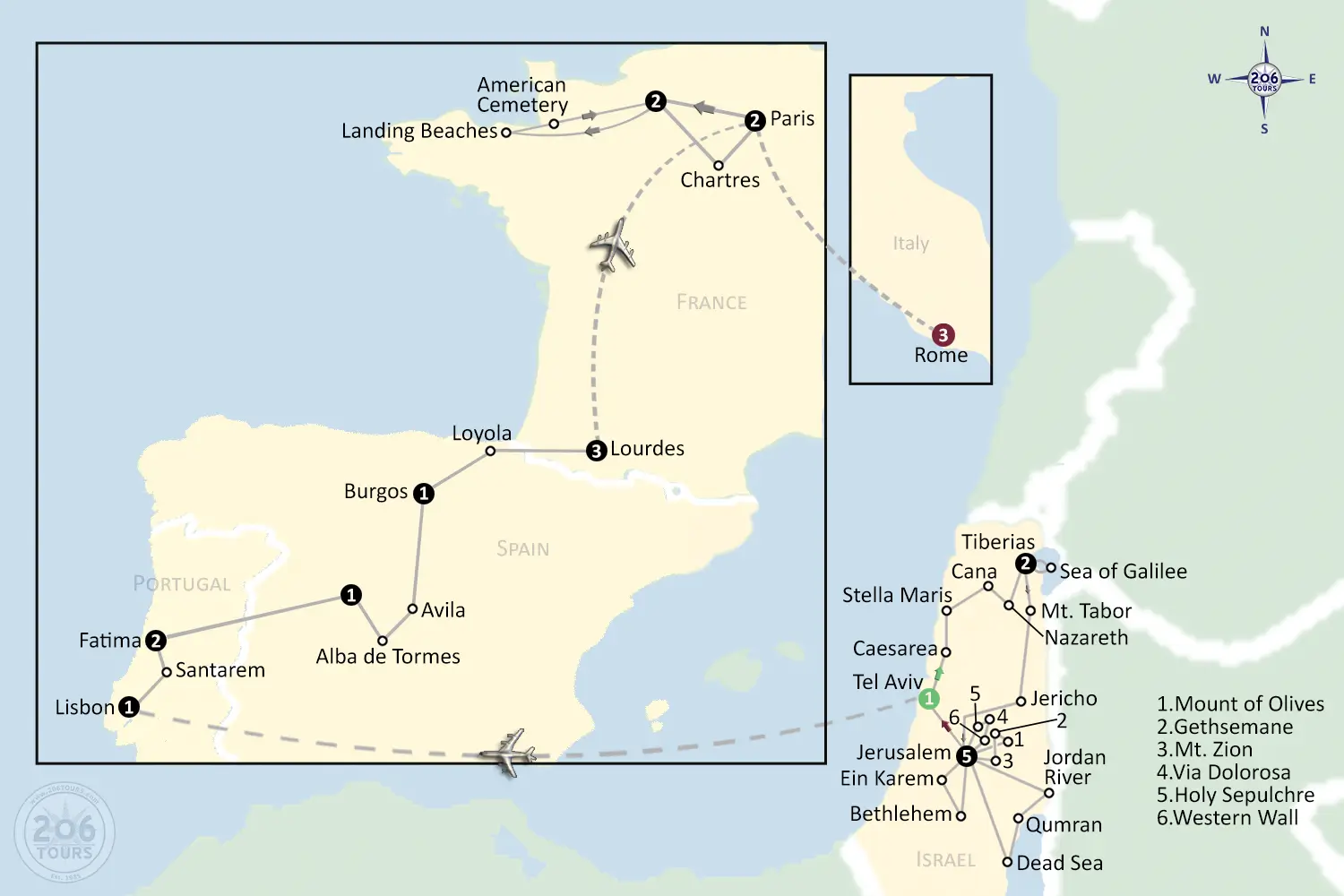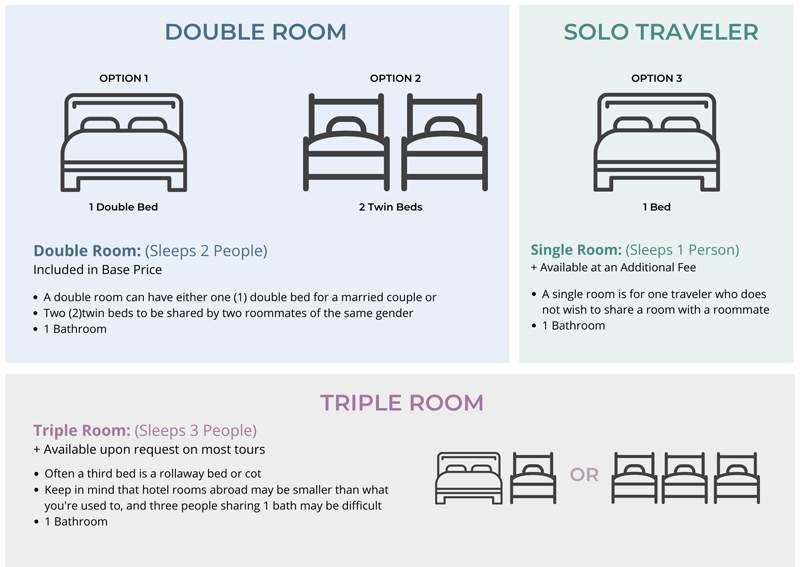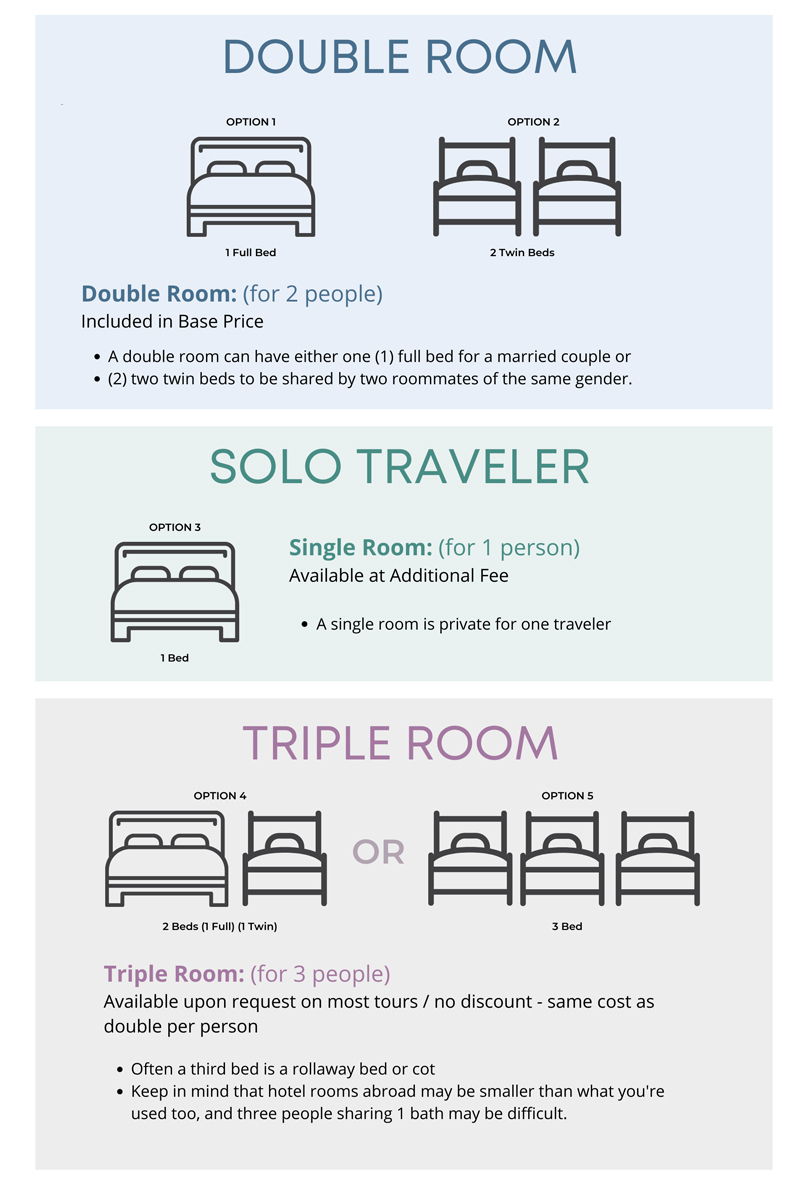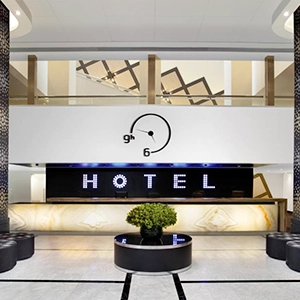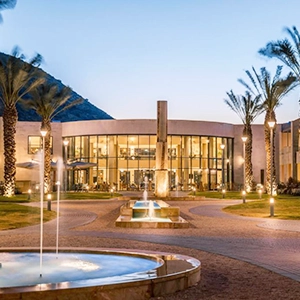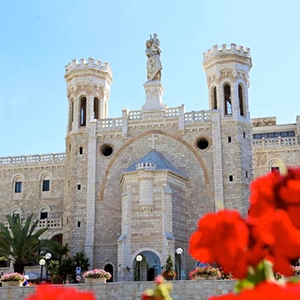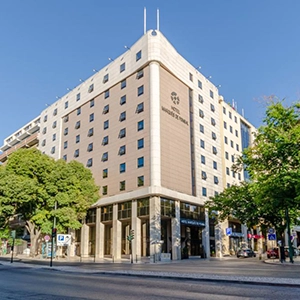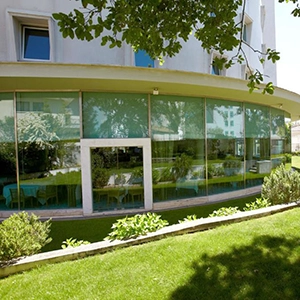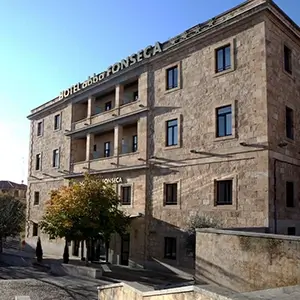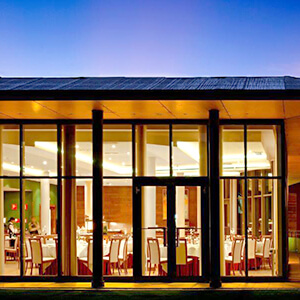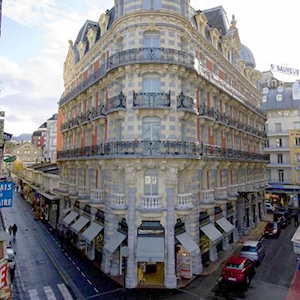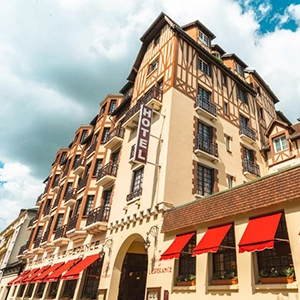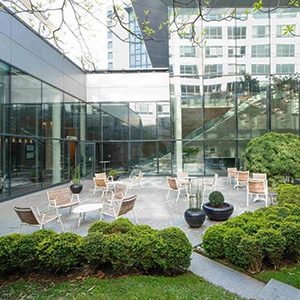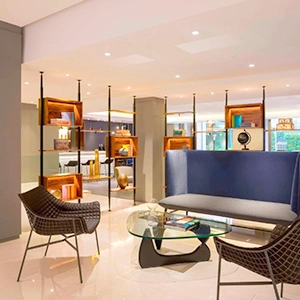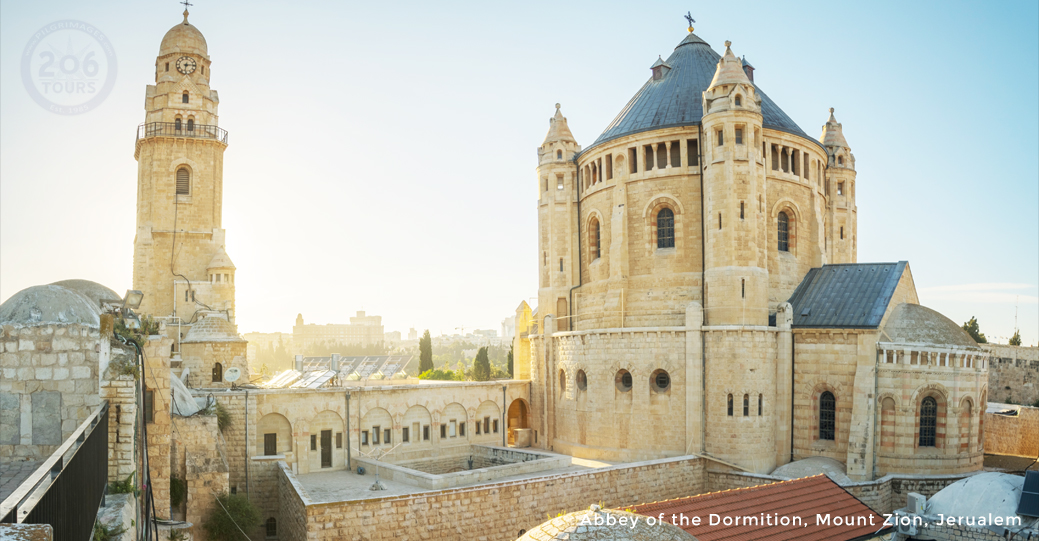*During the Jubilee Year in Rome, you will pass through the 4 Holy Doors located in the 4 major Basilicas.*
Your trip includes
- Round-trip airfare from your desired Airport
- All airport taxes & fuel surcharges
- Hotel accommodations: (or similar) in double occupancy
- ~ 1 night: Dan Panorama Tel-Aviv or Herods Tel Aviv By The Beach, Tel Aviv, Israel
- ~ 2 nights: Magdala Guesthouse or Galei Kinneret Hotel, Migdal, Israel
- ~ 5 nights: Notre Dame of Jerusalem Center or Leonardo Plaza Hotel Jerusalem, Jerusalem, Israel
- ~ 1 night: Hotel Marques De Pombal or Hotel Mundial, Lisbon, Portugal
- ~ 2 nights: Hotel Santa Maria, Fatima, Portugal
- ~ 1 night: Abba Fonseca, Salamanca, Spain
- ~ 1 night: Abba Burgos, Burgos, Spain
- ~ 3 nights: Grand Hotel Moderne, Lourdes, France
- ~ 2 nights: Grand Hôtel de l’Espérance, Lisieux, France
- ~ 2 nights: Pullman Paris Centre – Bercy, Paris, France
- ~ 3 nights: Le Meridien Visconti Hotel or Starhotels Michelangelo, Rome, Italy
- Whisper headsets
- Transfers as per itinerary
- Breakfast and Dinner daily (lunches are also included daily in Holy Land)
- Wine and mineral water with dinners
- Free WiFi & Water on bus
- Free Water on motor coach
- Assistance of a professional local guide throughout
- Sightseeing and admissions fees as per itinerary
- Catholic Priest, Mass daily & Spiritual activities
- Tips to hotel staff & restaurants
- Luggage handling (1 piece per person)
Not Included
- Lunches, Tips to your guide & driver.
Itinerary
*During the Jubilee Year in Rome, you will pass through the 4 Holy Doors located in the 4 major Basilicas.*
Day 1: Depart for the Holy Land
Make your way to your local airport where you will board your overnight flight. Your meals will be served on board.
Day 2: Arrive in Tel Aviv
Upon arrival at Ben Gurion Airport in Tel Aviv, make your way to the baggage claim area and collect your luggage. Proceed to the Arrival’s Hall, where you will be greeted by your tour guide and/or driver. Transfer to your hotel in Tel Aviv to check-in. Enjoy dinner at the hotel before retiring for the evening.
Day 3: Tel Aviv - Caesarea - Nazareth - Cana - Tiberias
Theme: The Annunciation
This morning we will depart Tel Aviv to Caesarea Maritima, located on the shores of the Mediterranean. Built by Herod the Great, Caesarea was where St. Peter baptized the first gentile convert, Cornelius (Acts 10). We will see the Roman theatre, Herod’s Palace, view the Hippodrome, and the harbor from which St. Paul sailed on his journeys to spread the Gospel of Jesus Christ throughout the ancient world. Continue to Nazareth to visit the museum and archaeological Garden, which contain remains of Nazareth at the time of Christ. Visit the museum and archaeological Garden where we can see the remains of Nazareth at the time of Christ, as well as St. Joseph’s workshop – which is now known as St. Joseph’s Church. Within the Church of the Annunciation, you will make your way down to the Grotto to see the remains of the house of the Blessed Mother and where the Angel of the Lord announced the good news to Mary. From here, we drive to Cana, where Jesus performed His first miracle, changing water into wine at His mother’s request. We celebrate Mass here at the Wedding Church, and married couples will have the chance to renew their wedding vows. From there, we continue to our hotel by the Sea of Galilee for dinner and overnight.
Day 4: Tiberias: Sea of Galilee
Theme: The Ministry of Christ in the Galilee
This morning we take a boat ride on the beautiful Sea of Galilee (Luke 5:1). Then we visit Capernaum, the fishing town where Jesus lived and launched His ministry to change our lives and the world. In Capernaum, we see the Synagogue where Jesus taught (Mark 1:21-29) and gave the Sermon on the Bread of Life. We continue to the Mount of Beatitudes, where Jesus delivered the Sermon on the Mount (Luke 6:20-49). Then to Tabgha, where Jesus fed the crowd of 5,000 people with five loaves of bread and two fish (Luke 9:10-17). Nearby is St. Peter’s Primacy, where Peter confirmed his Love of Jesus (John 21), and it was in this place that Jesus anointed Peter to lead His Church and became the first Pope. (John 21:9). Continue visiting Mary Magdalene’s birthplace in Magdala. During the time of Jesus, this village was a prosperous fishing village that exported fish and garum, a fish sauce reduction popular in Roman cooking. Return to the hotel for dinner and overnight.
Day 5: Mt. Tabor - Jericho - Jerusalem
Theme: The Transfiguration
After breakfast, drive to the site of the Transfiguration, Mount Tabor (Matthew 17:1-50). You will have time to reflect on Christ’s Divinity at this site. Celebrate Mass at the Basilica of the Transfiguration and then continue south towards the Jordan Valley, to the world’s oldest inhabited city (Jericho (Joshua 6:12-25). In Jericho, you view the exact location, the Mount of Temptation, where the Devil tempted Jesus during his forty-day fast (Luke 4:1). Drive up to Jerusalem to check in to your hotel for dinner and overnight.
Day 6: Jerusalem: Bethlehem & Ein Karem
Theme: The Visitation and Nativity
This morning we go to the village of Ein Karem to visit the Church of St John the Baptist, which marks his birthplace (Luke 1.5). Nearby is the Church of Visitation that commemorates the visit of our Blessed Mother to her cousin, Elizabeth, who stayed with her for three months (Luke 1.39). Many people pray the Mystery of the Rosary as they walk up the hill to the Church. Later drive to Bethlehem to visit the fields where the Angel appeared to the shepherds to proclaim the birth of Jesus Christ (Luke 2:8). We enter the caves where shepherds took shelter in ancient times and see the soot marks of the fires they lit to keep warm. Continue to Manger Square and the Church of the Nativity. We enter the Church through the door of humility and proceed down to the Grotto of the Nativity, which marks the place of Our Saviour’s birth (Matthew 2:1-18). Beneath the altar is a silver star and a Latin inscription that states: HIC DE VIRGINE MARIA JESUS CHRISTUS NATUS (Here, Jesus Christ was born to the Virgin Mary). Following Mass in Bethlehem, return to the hotel in Jerusalem for dinner and overnight.
Day 7: Jordan River - Qumran - Dead Sea
Theme: Early Years in Jerusalem & the Wilderness
Drive through the Judean wilderness, the site where Jesus spent His 40 days of fasting. We head to the Jordan River for some time to reflect on the Baptism of Christ Matthew 3:13-17). In the afternoon, we visit the Essene site where the Dead Sea Scrolls were found in Qumran. (Ezekiel 47:8-10). These writings have helped further the understanding of the Jewish background of Christianity. Before returning to Jerusalem, there is also time to swim or float on the Dead Sea, the lowest and saltiest place on Earth.
Day 8: Jerusalem: Mt. Of Olives - Gethsemane - Mt. Zion (Upper Room)
Theme: Palm Sunday and the Agony in the Garden
After breakfast, you will make your way to the Mount of Olives, where you will be able to take in the beautiful, panoramic view of Jerusalem. Historically, the Mount of Olives was a mandatory transit point for Jesus during many iconic moments. Visit the Pater Noster Shrine where Jesus taught His disciples the Lord’s Prayer (Pater Noster) (Luke 11:1-4). You will have the opportunity to stop at Dominus Flevit which is a Church that commemorates where Jesus wept for Jerusalem (Luke 19:41). Continue on to Gethsemane, a garden at the foot of the Mount of Olives. Jesus brought His disciples here to pray the night before He was crucified (Luke 22:29-53). The Garden still contains trees with roots that date back to the time of Jesus. Your next stop, the Church of All Nations, is built over the “Rock of Agony”. This is where Jesus prayed alone on the night of His arrest. Throughout this time, you are invited to remain in prayer and to reflect on Christ’s agony that He experienced. You will have the opportunity to visit the Western Wall, which is the last remnant of the Jewish Temple after it was destroyed in 70 A.D. Continue with a visit to the house of the High Priest Caiaphas (Church of St. Peter in Gallicantu). This Church commemorates where Jesus was examined and eventually imprisoned before the Council in Jerusalem. It also commemorates Peter’s Denial of Christ (John 18:15-18), Peters’ repentance, and Jesus’ forgiveness of Peter. You will also visit the Upper Room on Mt. Zion. The Upper Room is where Jesus and His disciples celebrated the Last Supper (Matthew 26:17-30) and where Jesus appeared to His disciples after His Death and Resurrection (Mark 16:14). In addition, visit the nearby Benedictine Church of the Dormition. Tradition tells us that this Church is where Mary, the Mother of Jesus, “fell asleep.” At the end of this prayerful day, return to your hotel for dinner and an overnight.
Day 9: Jerusalem: Via Dolorosa - Holy Sepulchre- Western Wall
Theme: The Way of the Cross, The Crucifixion, The Resurrection
Very early this morning we walk together in prayerful procession along the Via Dolorosa (The Way of the Cross). We start at the Antonia Fortress, where Jesus was condemned to death by Pontius Pilate (John 18:28-19:16) and receives His cross. We end at the Church of the Holy Sepulcher, which marks the place of the Crucifixion & the Resurrection, (Luke 23:26-33). After Mass at the Church of the Holy Sepulcher we return to the hotel for breakfast. Later we revisit the Old City to see the Church of St. Anne’s, the traditional birthplace of the Virgin Mary. Nearby is the Pool of Bethesda, where Jesus healed the crippled man (John 5:1-9). End the day with a visit the Western Wall, which is the last remnant of the Jewish Temple destroyed in 70 A.D.
Day 10: Jerusalem - Lisbon
Your journey to Lisbon begins with a departure for Tel Aviv Airport. Upon arrival, you will be greeted by your tour guide and/or driver and transferred to your hotel in time for dinner and overnight.
Day 11: Lisbon - Santarem - Fatima
Today, we will head to Fatima, on the way will stop in town of Santarem for Mass at St. Stephens Church, and to venerate the 13th century Eucharistic Miracle. Continue to Fatima, a Hamlet of Aljustrel, the birthplace and home of the three shepherd children. Dinner and overnight in Fatima.
Day 12: Fatima
Today will surely be a memorable experience, as you pray and meditate upon one of Our Blessed Mother’s apparition sites. Our Lady appeared to three shepherd children; Lucia (age 10), Jacinta (age 7), and Francisco (age 9). These apparitions occurred monthly from May until October of 1917. Historically, as the entire world was in true turmoil, Our Lady’s most prominent message during this time was to pray for world peace. The destruction of the world at that point in history was also mentioned by Our Lady in her messages of Fatima, and more specifically, in her second secret to the children. Our profoundly reflective day begins with a visit to the Little Chapel of the Apparitions. This simple, yet modern, chapel is the site where the Virgin Mary first appeared on May 13, 1917. Continue with a visit to the stunning neoclassical church, the Basilica of Our Lady of the Rosary. This Sacred space contains the tombs of St. Francisco, St. Jacinta, and Sister Lucia. View the monument that commemorates the Sacred Heart of Jesus, in the square. Due to Our Lady’s consistency in Her messages to pray the Rosary, this Basilica also features fifteen altars, dedicated to the fifteen mysteries of the Rosary. While in the Basilica, you will be able to feel, through the Love of Our Lord and Lady, the many graces that were received here. Visit the Museum with the exhibition: Fatima: Light and Peace. Continue with a visit to the Holy Trinity Basilica. After free time for lunch, we will experience Christ’s unconditional love by participating in the Stations of the Cross along the Via Sacra. The “Sacred Way” marks the path taken by the shepherd children of Fatima to their first apparition with Our Lady. It is composed of fifteen small chapels in commemoration of the Passion of Our Lord. The fifteenth station, the Resurrection, can be found close to the Chapel of Calvary, dedicated to St. Stephen, King of Hungary. The day ends with a visit to Valinhos, the site of Our Lady’s August 1917 apparition and the first and third apparition of the Angel. Your night will conclude with private devotions, and a candlelight procession, requested by Our Lady (1917). Enjoy dinner and a comfortable night’s rest in Fatima.
Day 13: Fatima - Salamanca
Depart Fatima and head to Salamanca, following a full breakfast at the hotel. Salamanca is a city in the Castilla y Leon region, and is known for its large University, the oldest in Spain that is still active, along with its prominent culture. Our walking tour will bring us by the most noteworthy sites such as; the grand Plaza Mayor, an iconic square filled with food, shopping and city events; La Clerecia, a church and college of the Jesuit Order that was constructed in the seventeenth century; La Casa de las Conchas, currently a public library but also, a monument noted and decorated by shells, which symbolizes the ever-famous pilgrimage to Santiago (El Camino); the University of Salamanca, the oldest University in Spain and the third oldest in Europe; the Roman Bridge, extends along the River Tormes, is a national monument and among one of Salamanca’s sturdiest bridges; La Iglesia de San Marcos, constructed in the Romanesque style and contains breathtaking paintings that portray many scenes of Our Lady’s life; La Iglesia de San Martin is a Church devoted to St. Martin of Tours, who is the patron saint of beggars and those most in need. Visit the inside of the two joint Salamanca Cathedrals (old and new), one of which is a Romanesque style and the other a Gothic style. Following this eventful day, you will return to your hotel for a delicious meal with your group and an overnight at your hotel in Salamanca.
Day 14: Salamanca - Alba de Tormes - Ávila - Burgos
This morning, after breakfast, you will board the bus and enjoy a short transfer to the village of Alba de Tormes. This town is home to the Carmelite Monastery that Saint Teresa founded in 1571. Upon arrival in Alba de Tormes, your group will celebrate Mass at this Monastery where the saint died and was buried. Following Mass, you will have the opportunity to visit the museum dedicated to St. Teresa of Avila, which also holds her incorrupt heart and left arm. Your group will enjoy free time for lunch on your own, before continuing to the medieval city of Avila. Upon arrival in Avila, you will immediately notice the perfectly preserved eleventh-century walls that surround the old town. The conservation of architecture in this city, to which St. Teresa was born, deems its shrines, convents and churches necessary to visit on any Catholic pilgrimage. The Cathedral de Avila encompasses the Romanesque, Gothic and Renaissance styles of its time, within its artwork and architecture. La Basilica de San Vicente in Avila, stands on the site of the martyrdom of St. Vincent. Visit the Incarnation Convent, where St. Teresa became a nun. Saint Therese convinced Saint John of the Cross to reform the male Carmelite order, the reform she started when she met Saint John in Medina del Campo. After walking in the footsteps of St. Teresa, continue your journey to Burgos. Upon arrival in the historic capital of Old Castile, enjoy dinner. Following dinner, you will have the opportunity to explore the city of Burgos, and admire its magnificent limestone, gothic-style Cathedral. Late this evening, you will return to your hotel for a restful overnight.
Day 15: Burgos - Loyola - Lourdes
Following breakfast, transfer from Burgos to Loyola to visit the birthplace of St. Ignatius, founder of the Jesuit Order. St. Ignatius dedicated himself to becoming a soldier of the Christian faith, and as a result of many tribulations, he wrote the ever-famous Spiritual Exercises. In Loyola, you will see the 17th century Basilica that is dedicated to this remarkable Saint. The Basilica is part of a series of buildings that surrounds the “Holy House,” the birthplace of St. Ignatius. When you visit these Holy places, you will also have the opportunity to pray at the most venerated room, where St. Ignatius prayed and began his conversion. After meditating on the life of this founder of the Jesuit Order, you will enjoy free time for lunch and board the bus for the next destination. We will continue to Lourdes with a spectacular view of the Pyrenees Mountains. Upon arrival in Lourdes, you will check-in to your hotel and enjoy a splendid dinner and peaceful overnight.
Days 16 & 17: Lourdes
Over the next two days, you will stay in a small town, nestled within the Pyrenees Mountains. During your time in Lourdes, you will pray and meditate in a site of Our Lady’s apparitions. Our Lady first appeared to Bernadette in 1858, and announced herself as “The Immaculate Conception”, near the Grotto of Massabielle. During the first two apparitions, little Bernadette prayed the Rosary with Our Lady and left without any exchange of words. During the following apparitions, Our Lady emphasized God’s love for us, penance, and the necessity of performing acts of penance for sinners. Throughout your time in Lourdes, you will have the opportunity to attend Mass at the Grotto, where Our Lady appeared to Bernadette; watch a video presentation that explains in detail, the story of Lourdes; participate with the gesture of the miraculous spring ; Wash your hands, wash your face and drink the water. Finish with a short prayer: Our Lady of Lourdes…Pray for us St. Bernadette…Pray for us Oh Mary, conceived without sin, pray for us who have recourse to thee
Additionally, you will have the opportunity to experience Christ’s unconditional love, as you meditate upon the “life-size” Stations of the Cross that overlook the Grotto of Massabielle. In Lourdes, you will walk in and meditate upon the footsteps of St. Bernadette. Your group will have the opportunity to see Boly Mill, the birthplace of St. Bernadette, and the “Cachot,” an abandoned prison where Bernadette’s impoverished family lived. Each evening following dinner, you will have an opportunity to attend the candlelight procession and the Rosary, before a restful overnight.
Day 18: Lourdes - Paris - Lisieux (St. Therese - The Little Flower)
Today, you will enjoy breakfast before departing for Pau or Lourdes airport for your short flight to Paris. Upon arrival in Paris, visit and attend Mass at the magnificent, Sacre Coeur Basilica that stands atop Montmartre Hill. The Basilica, dedicated to the Sacred Heart of Jesus, was originally built in 1914, as an act of penance for infidelity that France was experiencing during that time. While on your visit, in addition to the extraordinary artwork and architecture that forms the Basilica, you will see the beautiful mosaic of the Risen Christ, and the remarkable Grand Organ. Celebrate Mass at the Crypt that contains the Tombs of many notable Cardinals. Time permitting, you may have the opportunity during your free time to ascend a staircase to the Dome, where you will take in a breathtaking panoramic view the city of Paris. Following this visit, you will enjoy lunch on own and depart for Lisieux. According to Pope Pius X, St. Therese of Lisieux was the “greatest saint of modern times.” Her extraordinary love for God and service to humanity will come alive, as you walk in the great Saint’s footsteps. During your visit, you will see the beautiful Basilica of St. Therese, and the magnificent mosaics and stained glass that are contained within. Dinner and an overnight at your hotel, in Lisieux.
Day 19: Lisieux - Landing Beaches - American Cemetery
Upon waking up in Lisieux and enjoying breakfast, you will pray and reflect upon the life of the beloved Saint, as well as celebrate Mass. After Mass and a visit to the Basilica, you will have the opportunity to view relics, clothing and personal objects of St. Therese when you visit her family home, Les Buissonets. Additionally, you will tour the Carmelite Convent, where she entered in 1888, and is currently entombed in with her parents. This afternoon, transfer to Normandy Landing beaches. The Normandy landings were the landing operations on Tuesday, June 6, 1944 (termed D-Day) of the Allies’ invasion of Normandy during World War II. The largest seaborne invasion in history, the operation began the liberation of German-occupied Northwestern Europe from Nazi control, and contributed to the Allies’ victory on the Western Front. Continue on to visit the Normandy American Cemetery and Memorial, a World War II memorial in Colleville-sur-Mer, Normandy, France, that honors American troops who died in Europe during World War II. Many of the brave American soldiers of World War II are buried here, and it is encouraged to say a prayer in thanksgiving for their courage. Return to Lisieux for dinner and an overnight.
Day 20: Lisieux – Chartres – Paris
This morning, your day begins with an early breakfast, before we depart for Chartres, known worldwide for its massive Cathedral Notre Dame, and its incredible stained-glass windows from the 12th and 13th century. The World Heritage site, UNESCO, calls the Cathedral “the high point of French Gothic art” and a “masterpiece”. You will have some free time for lunch in the quaint town of Chartres. After lunch, we will continue to Paris for check in at your hotel, followed by some free time before a delicious dinner and an overnight.
Day 21: Paris
Today, you will enjoy a full sightseeing tour of Paris. After breakfast, you will visit and celebrate Mass at the Shrine of Our Lady of the Miraculous Medal, where you will view the incorrupt body of St. Catherine Laboure. The Saint’s guardian angel led her to the chapel, where the Blessed Virgin Mary appeared to her. During apparitions, Our Lady repeatedly instructed the making and purpose of the Miraculous Medal, as well as the green scapular. According to the Blessed Virgin Mary, those who wear the Miraculous Medal and scapular will receive special protection and abundant graces. Following your prayerful and reflective experience at this elegant chapel, you will begin your sightseeing tour of Paris. After Mass, we will walk to Saint Vicent de Paul Church. Your day continues with a visit of the Notre Dame Cathedral, a perfect example of Gothic art. Our panoramic sightseeing tour, via motor coach, continues on to the most recognizable symbol of the city of Paris, the Eiffel Tower. Historically, the Tower’s original intent was to commemorate the centenary of the French Revolution, but, later assisted in advancements in meteorology, telegraphy during World War I, radio, and television. Pass by the L’Arch de Triomphe, a monument that symbolizes gratitude for those who fought for France. This monument stands at the West end of the Champ-Elysees, one of the world’s most famous boulevards and another one of our stops on the sightseeing tour. You will also pass by the ever famous, Louvre Museum.* This Museum is one of the finest in the world and contains a number of pieces that truly emanate not only French art, but also, European culture. Your fun-filled, busy day ends with a lovely meal and a very comfortable overnight.
Day 22: Paris - Rome
Following breakfast at your hotel, your group will transfer to the Charles de Gaulle Airport and board your short flight to Rome. Upon arrival at Rome airport, collect your luggage in the baggage claim area, and continue to the arrival’s hall, where you will be greeted by a tour escort and/or driver. You will make your way to the bus and transfer to your hotel. Following check-in, you will have free time to unpack and relax, or explore Rome on your own. Your tour escort may suggest places to visit. Later in the afternoon, your group will meet in the hotel lobby for a “Meet and Greet” with your fellow pilgrims and depart for Mass. Following Mass, you will attend a welcome dinner. After dinner, you will have the opportunity to walk to St. Peter’s Square as a group, for the Rosary (optional), before retiring for the evening.
Day 23: Rome: Papal Audience - Trevi Fountain – Pantheon - Basilica of St. John the Lateran – Holy Stairs - Basilica of St. Mary Major
After a nice breakfast at your hotel, your first sightseeing day in Rome starts! The tour begins with the Papal Audience in St. Peter’s Square! The Audience is celebrated each Wednesday by His Holiness, Pope Francis (pending the papal schedule). Following the Audience, there will be free time for lunch, or shop, or mail a postcard from the Vatican Post Office. This afternoon you will visit the oldest of the four major Basilicas in Rome, and the home to the relics of Peter and Paul, the Basilica of St. John the Lateran. This Basilica is where Pope Francis was installed as Bishop of Rome, and where he officiates as the Bishop of Rome. Next, we will cross the street to visit the Holy Staircase. Tradition states that this staircase is from Pontius Pilate’s palace of Jerusalem during the time of Jesus. It is also said that this Staircase was brought to Rome by St. Helen in the 4th century. If time permits, you may climb the steps on your knees, in memory of Christ’s agonizing Passion. To conclude your day, you will proceed to the Basilica of St. Mary Major. This Basilica contains a relic from the Manger of the Infant Jesus. Return to the hotel for dinner and an overnight.
Day 24: Rome: St. Peter's Basilica - Vatican Museum - Appian Way - Basilica of St. Paul Outside the Walls - Catacombs
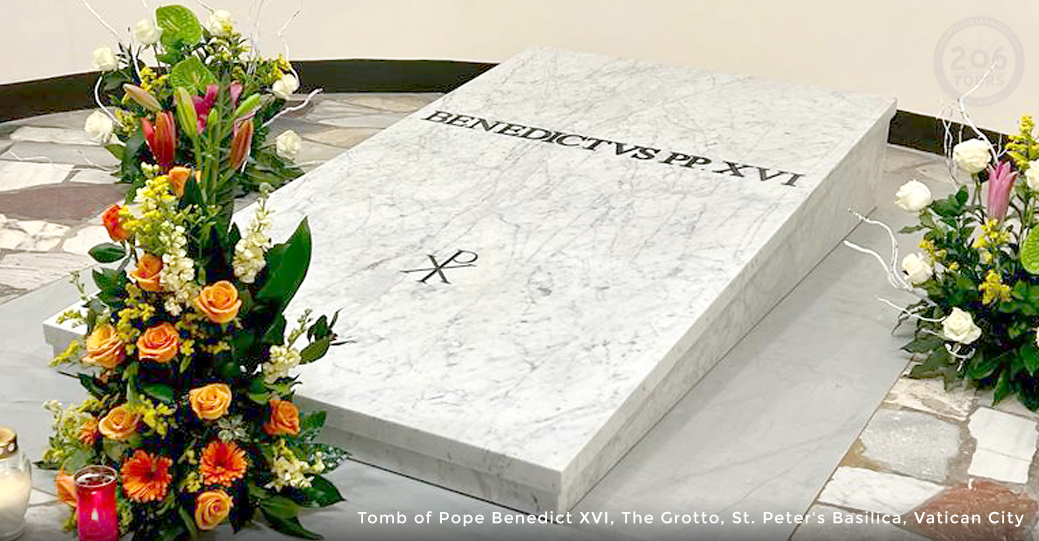
Day 25: Return Home
After an early breakfast and heartfelt farewells, transfer to Rome or Naples airport for your return flights home.
*206 Tours Disclaimer:
Occasionally local religious and national holidays, weather, traffic conditions and other events may necessitate changes in the sequence of events or the missing of certain events/places. Though every effort will be made to follow the itinerary, it should be considered as an indication, rather than a contract of events and places to be visited.

Special Clergy Discount
A Clergy Discount is available to all members of “Clergy” within the Catholic Church. This includes Seminarians, Deacons, Brothers and Sisters, Priests, Monsignors, Bishops, Cardinals, and His Holiness.

Earn a Free Trip
For groups of 20 or more, you may choose your own departure and earn FREE trips.

